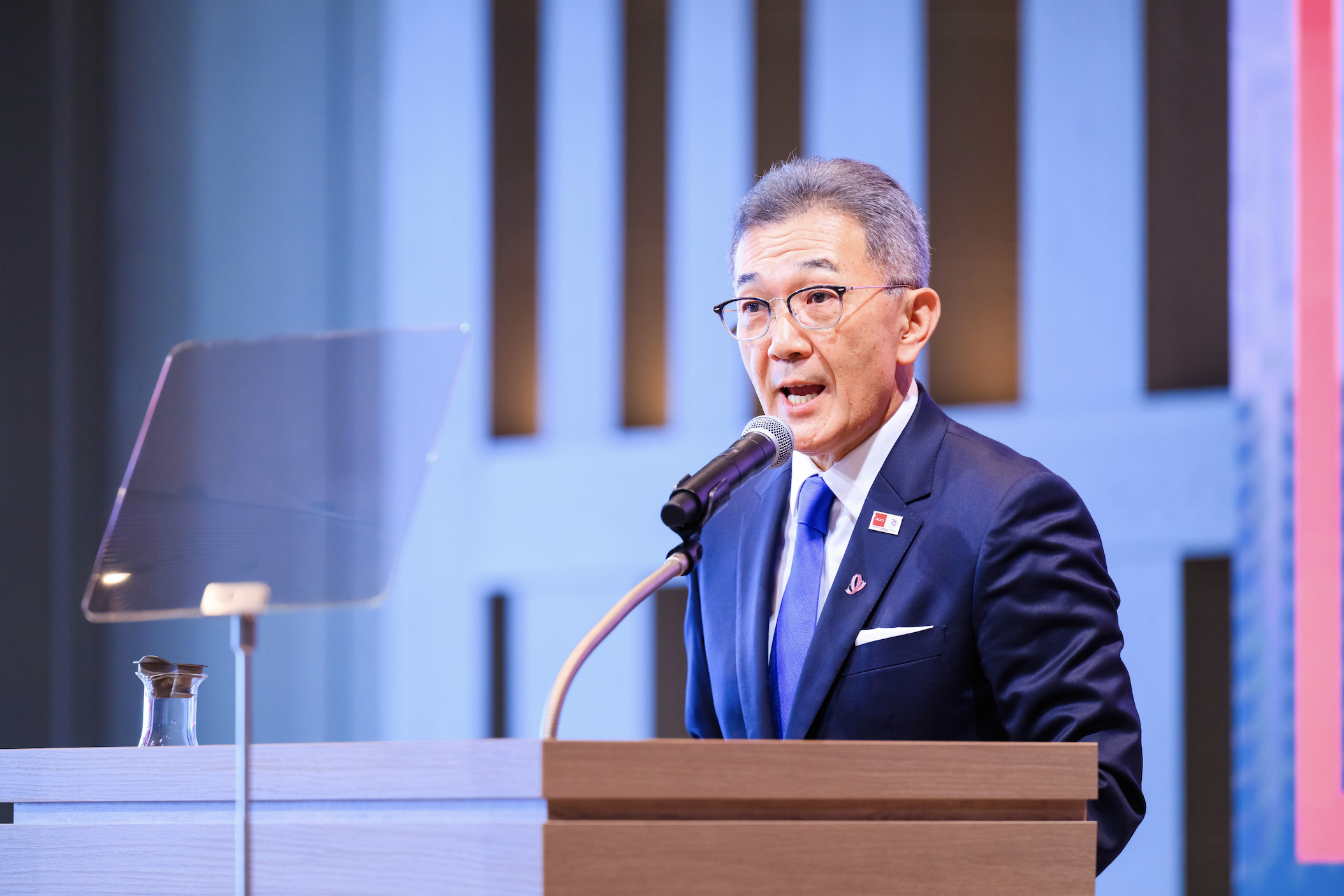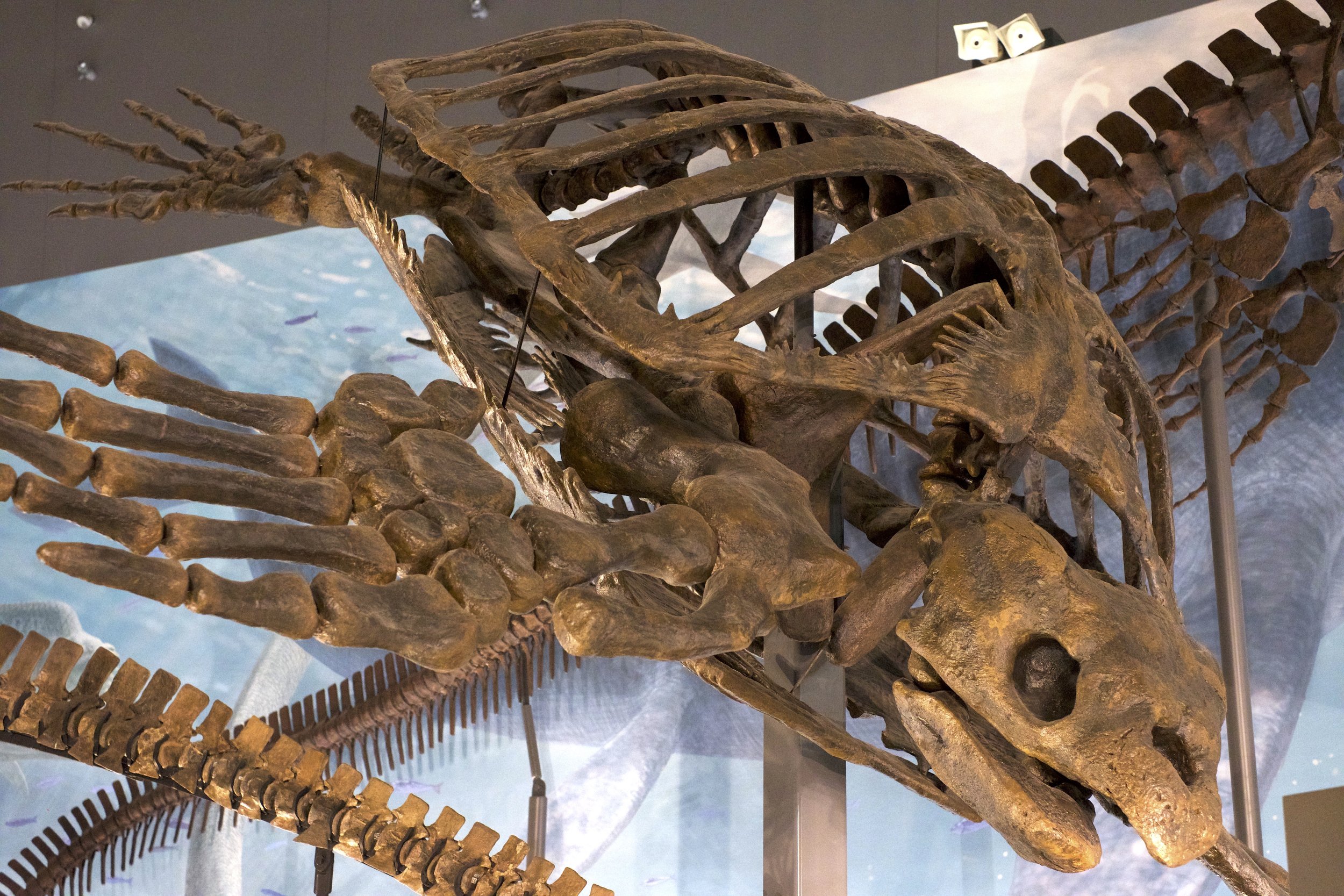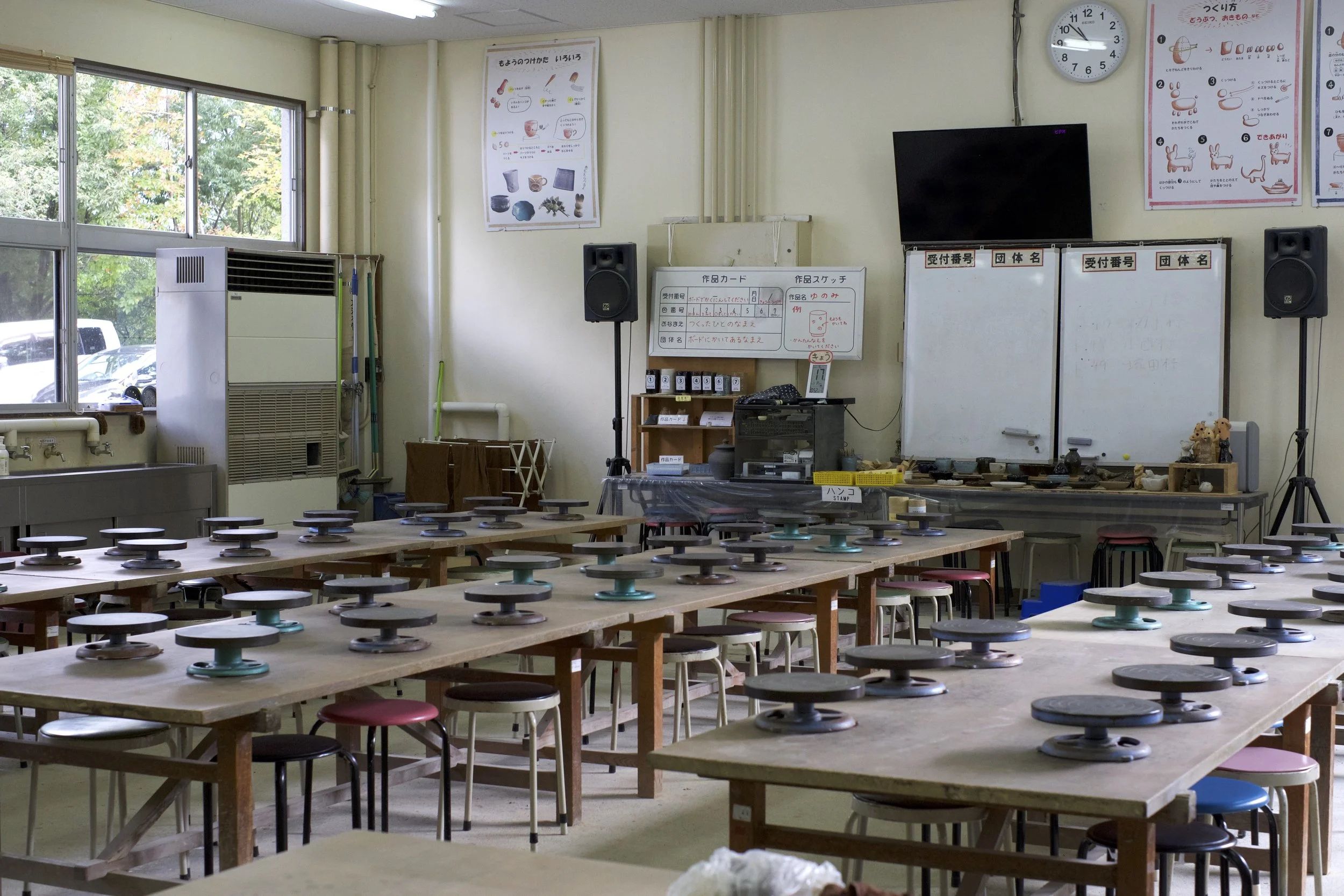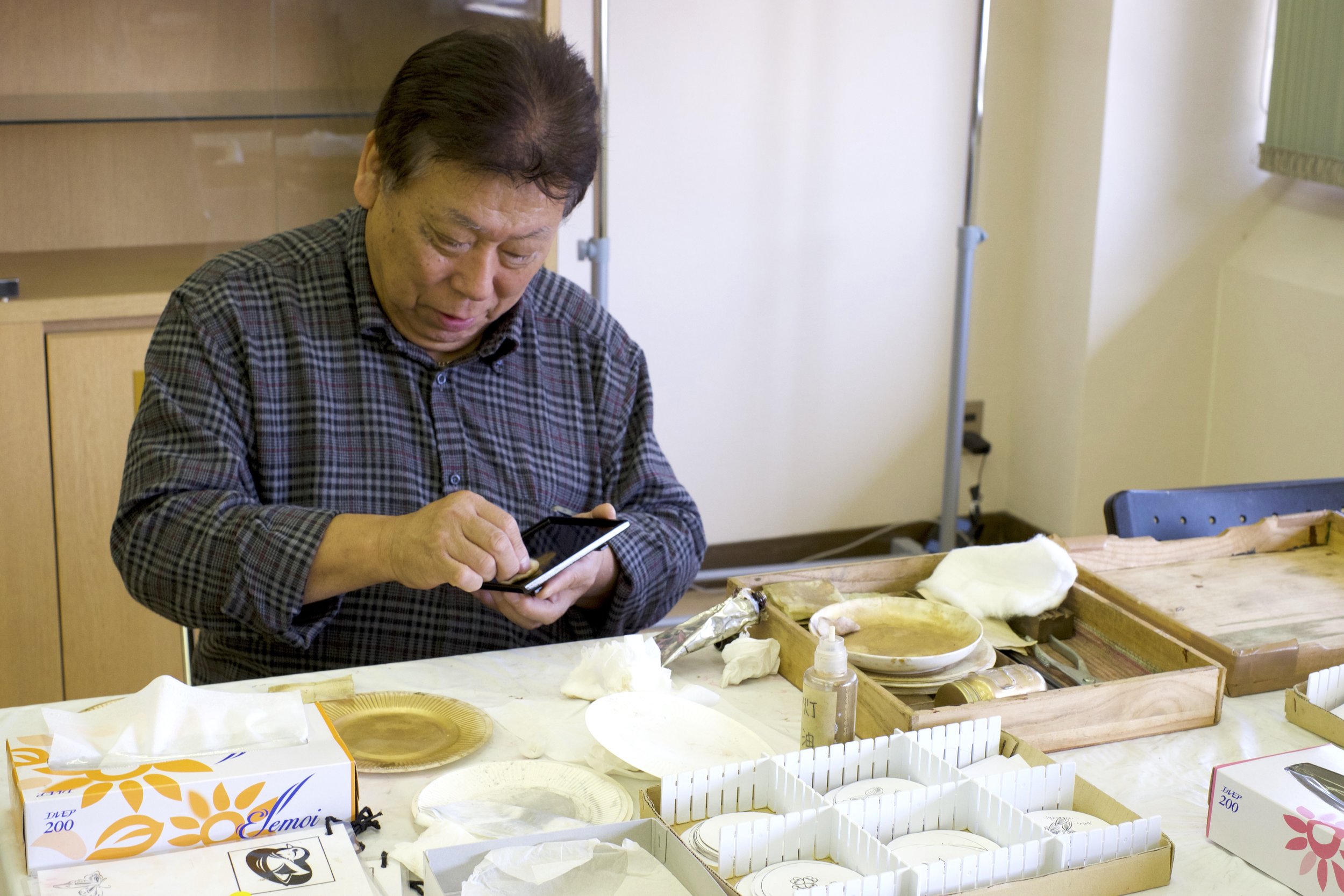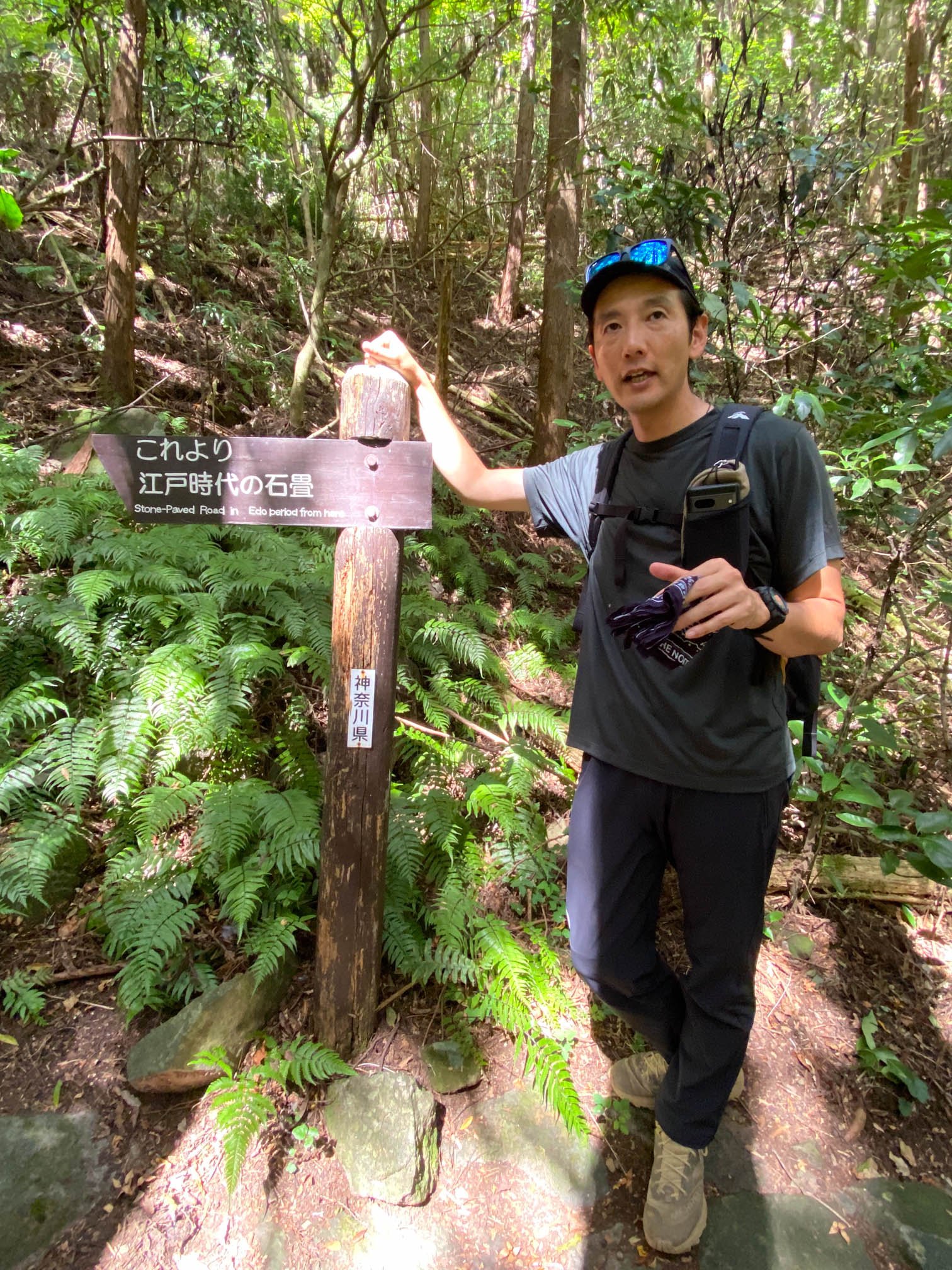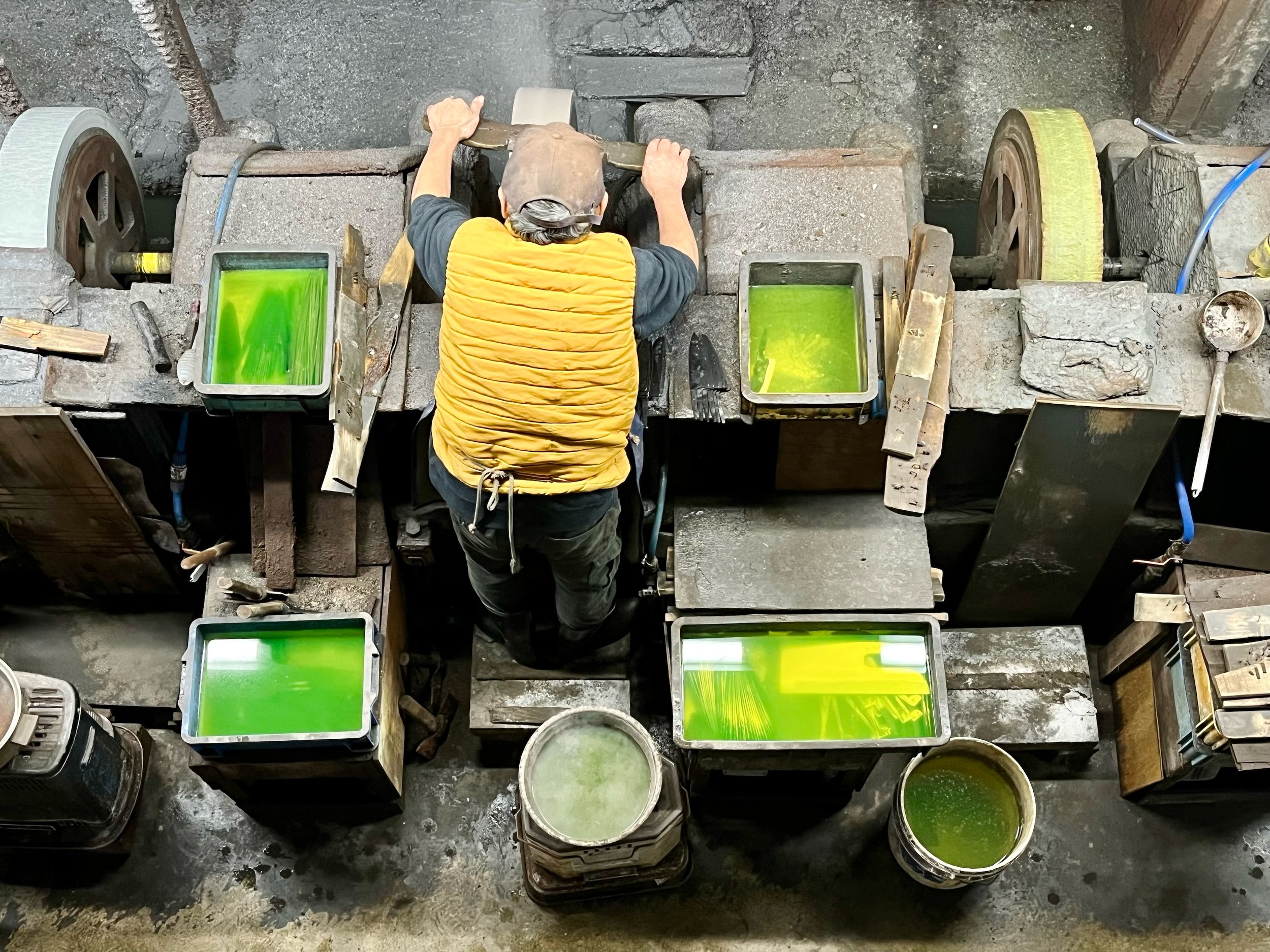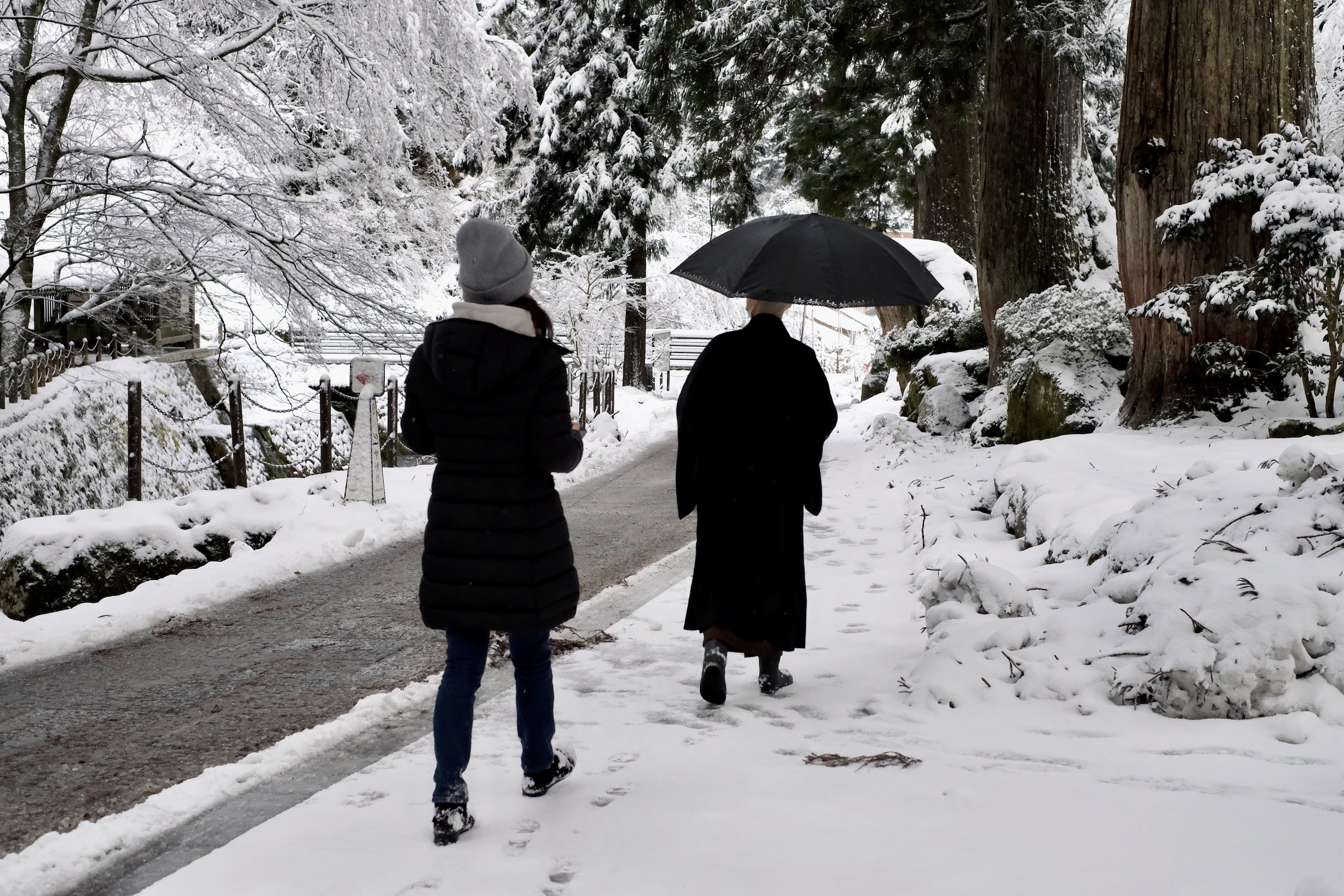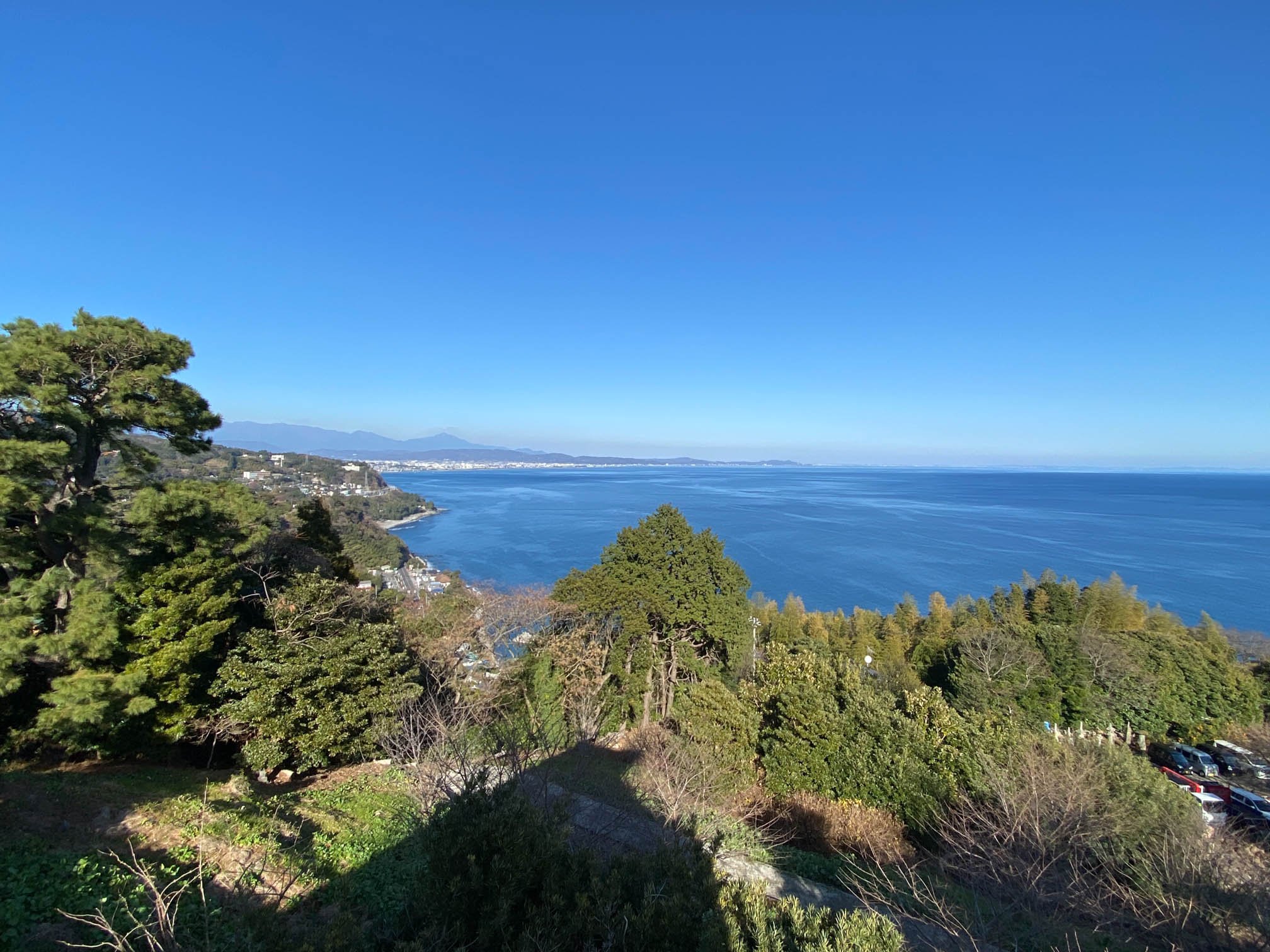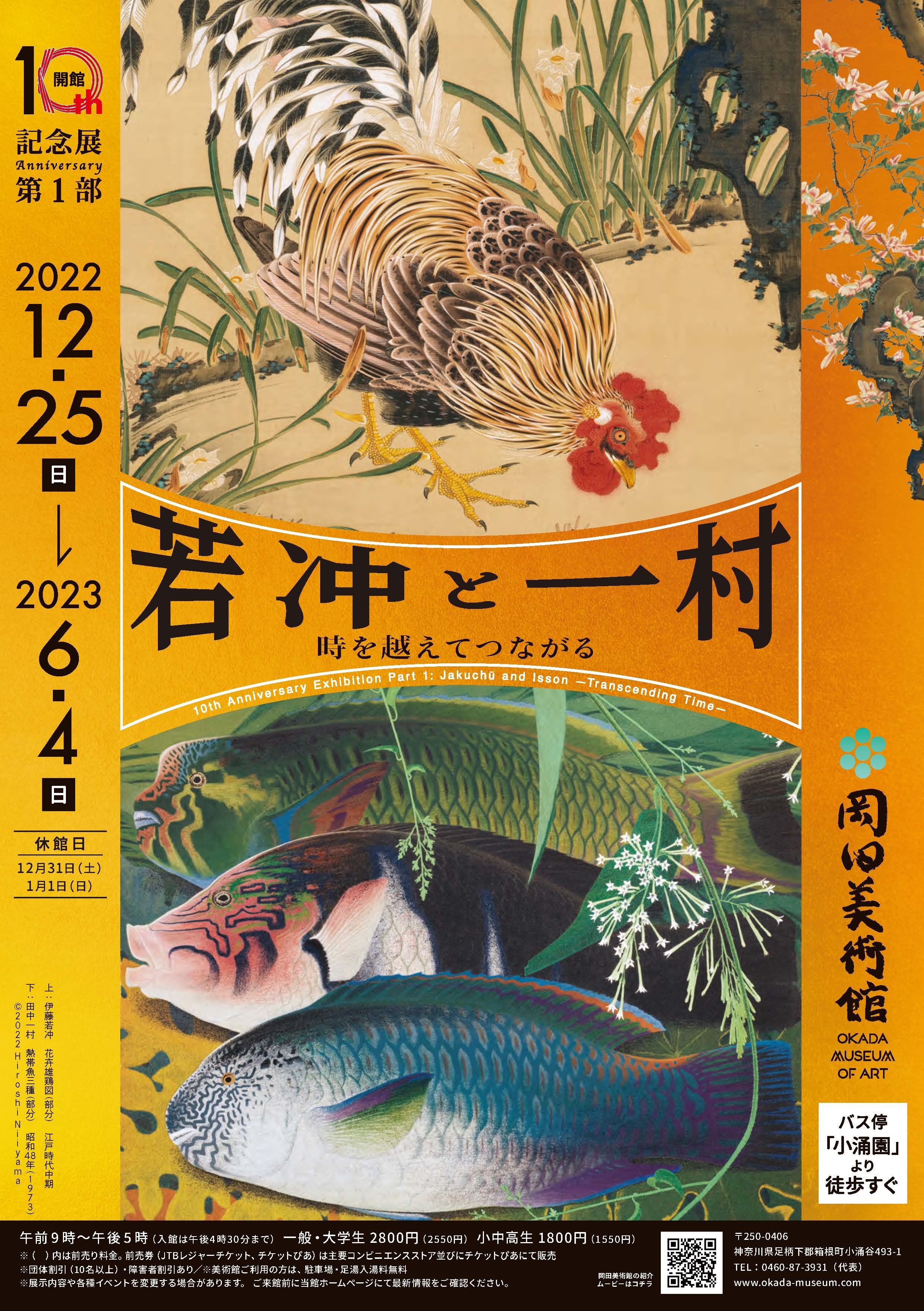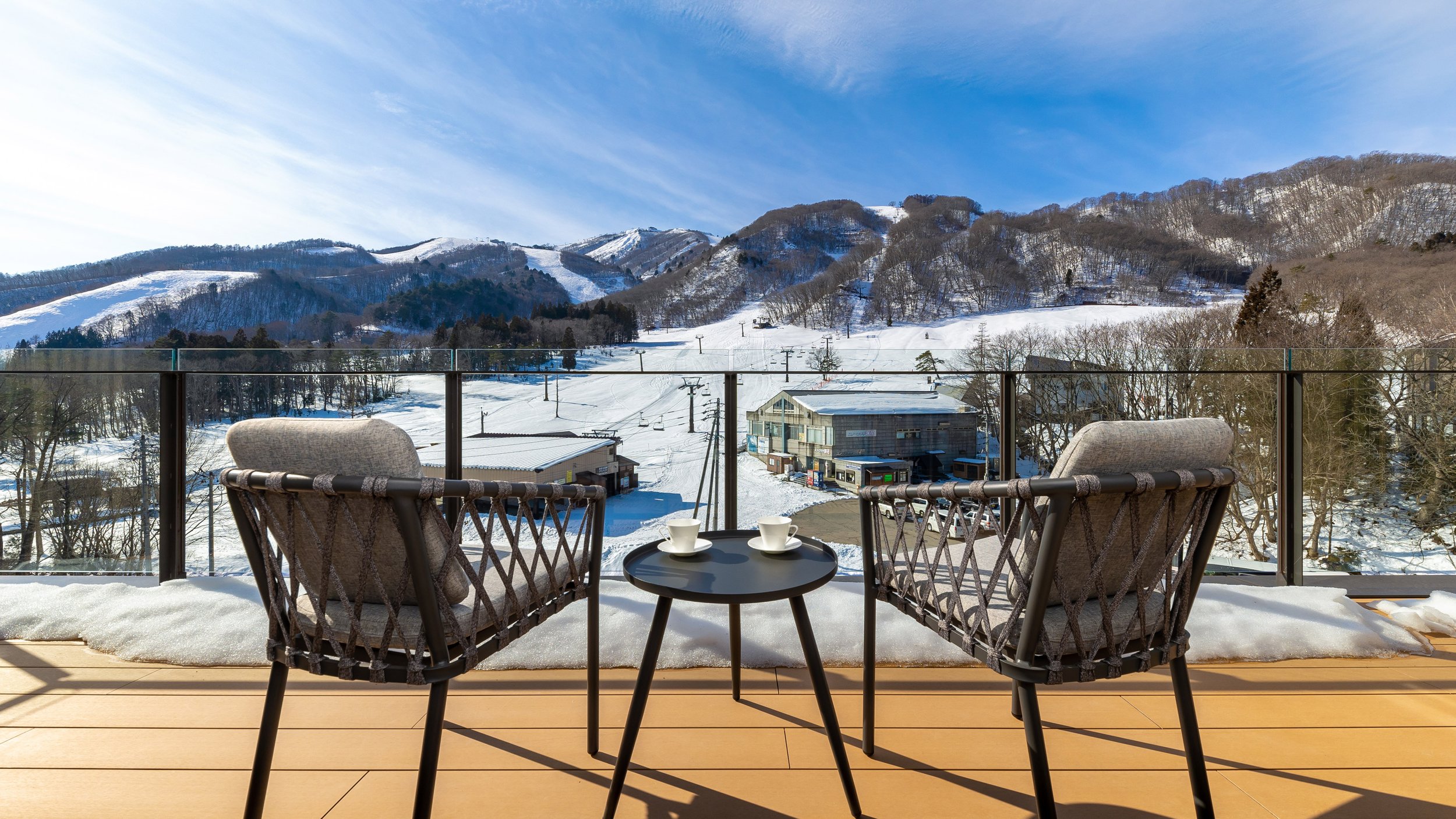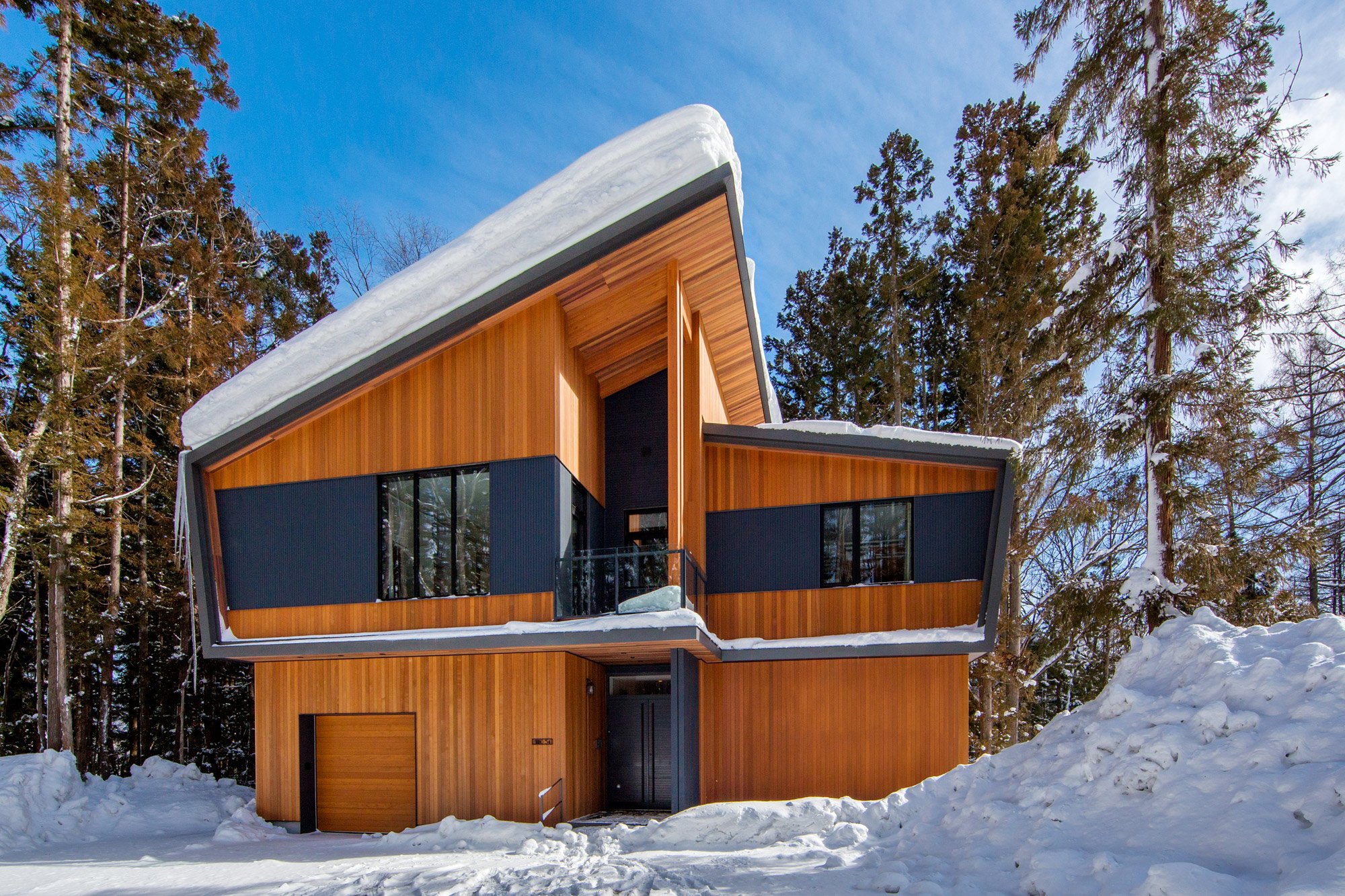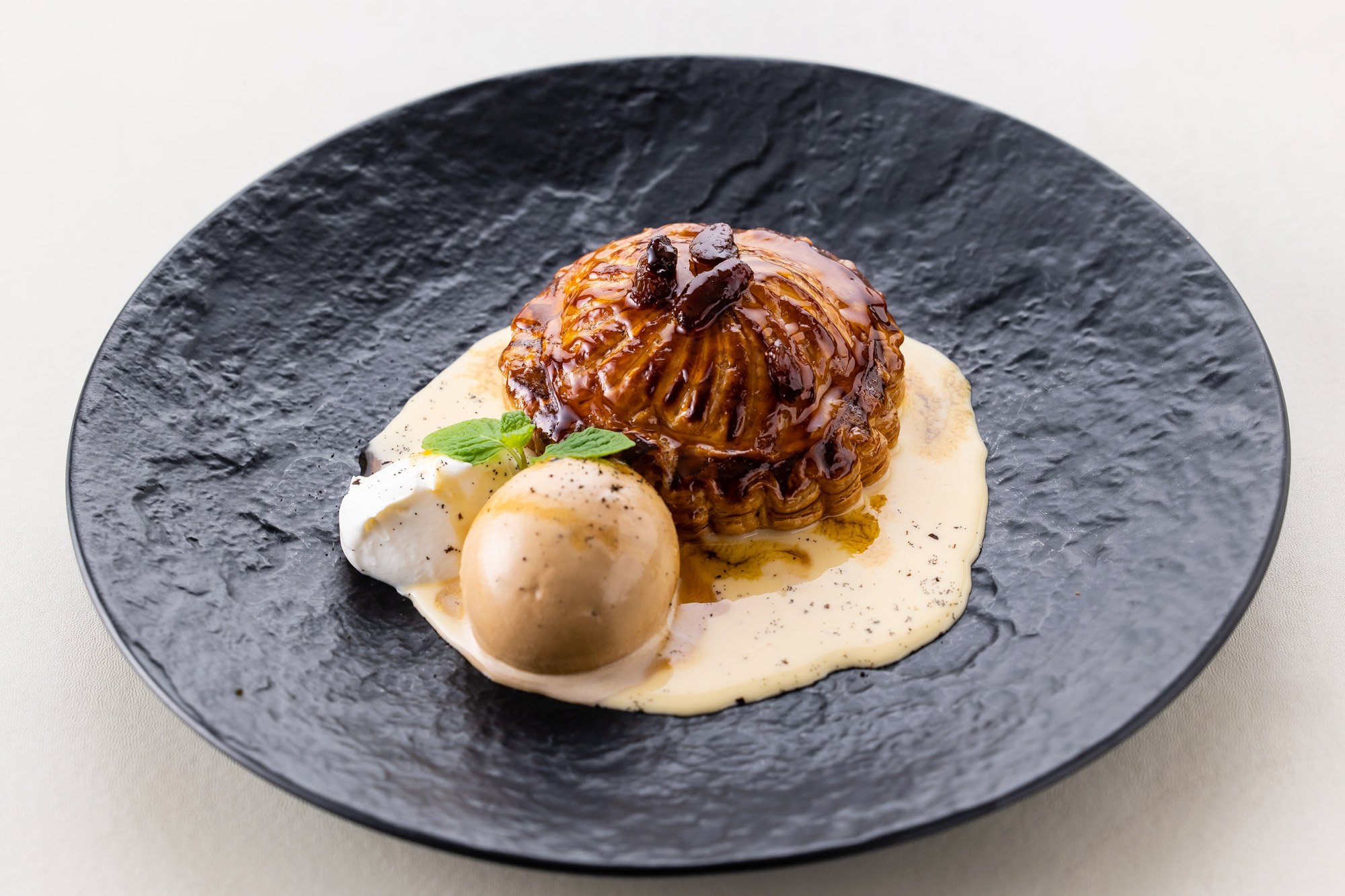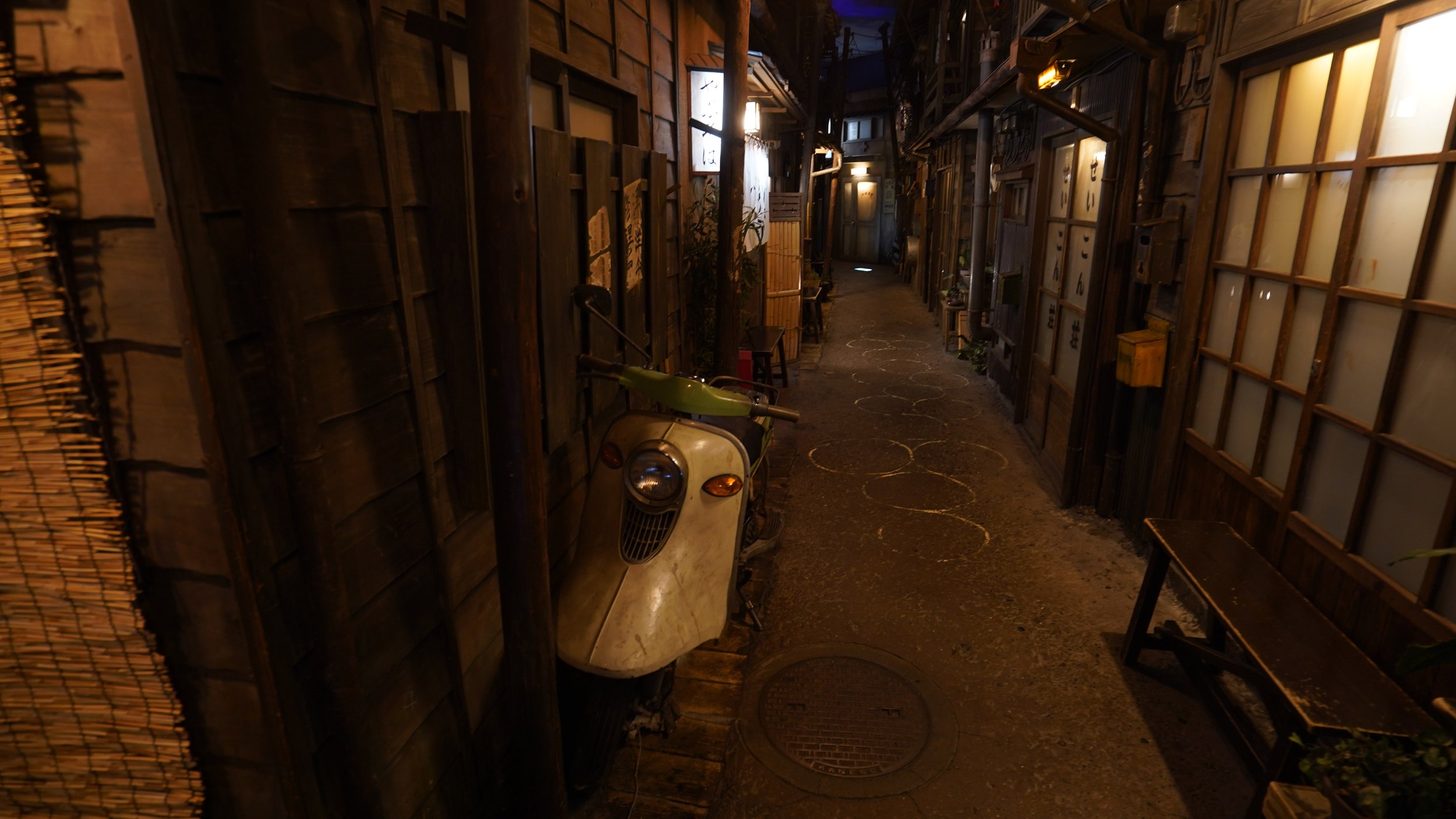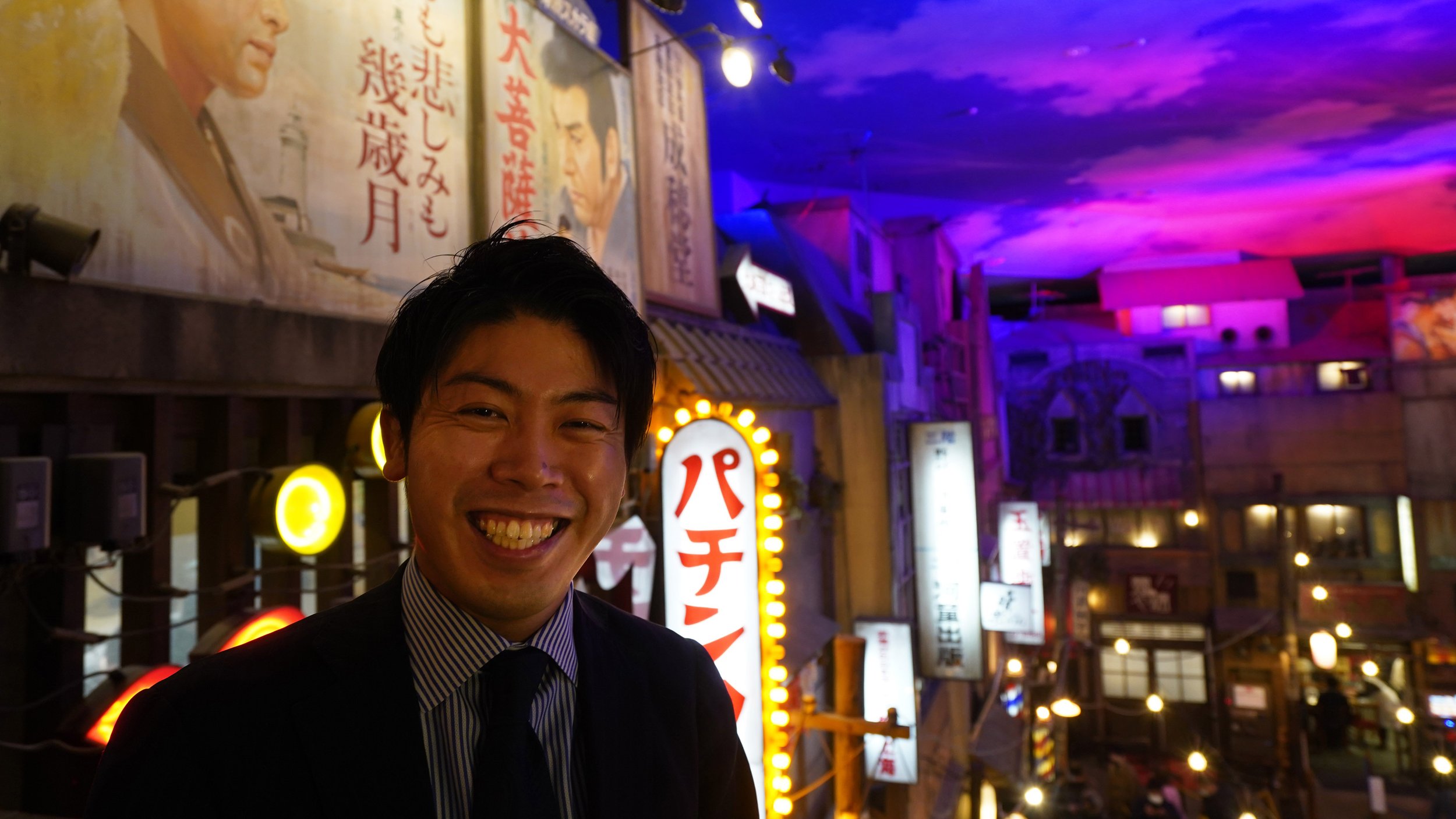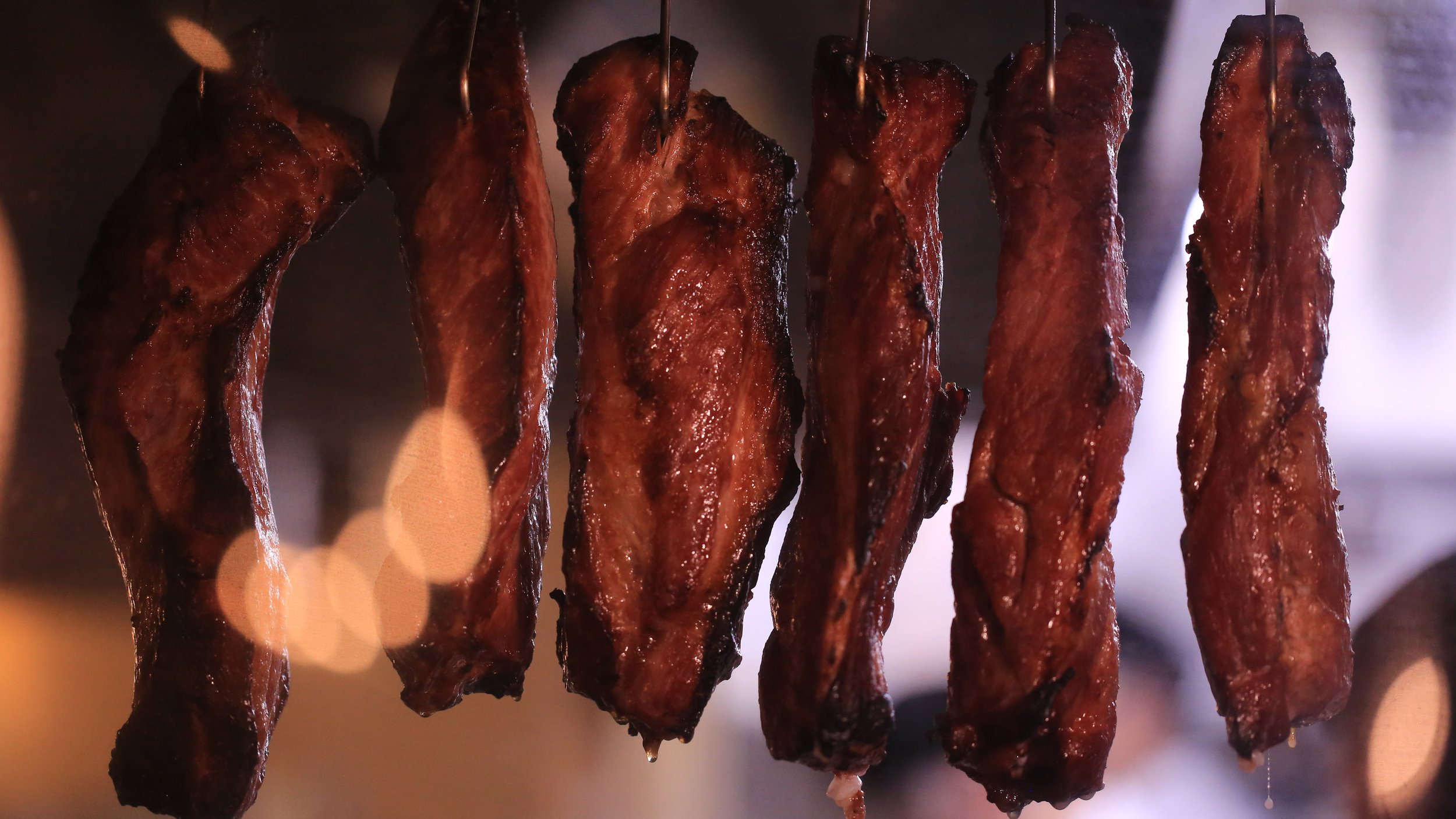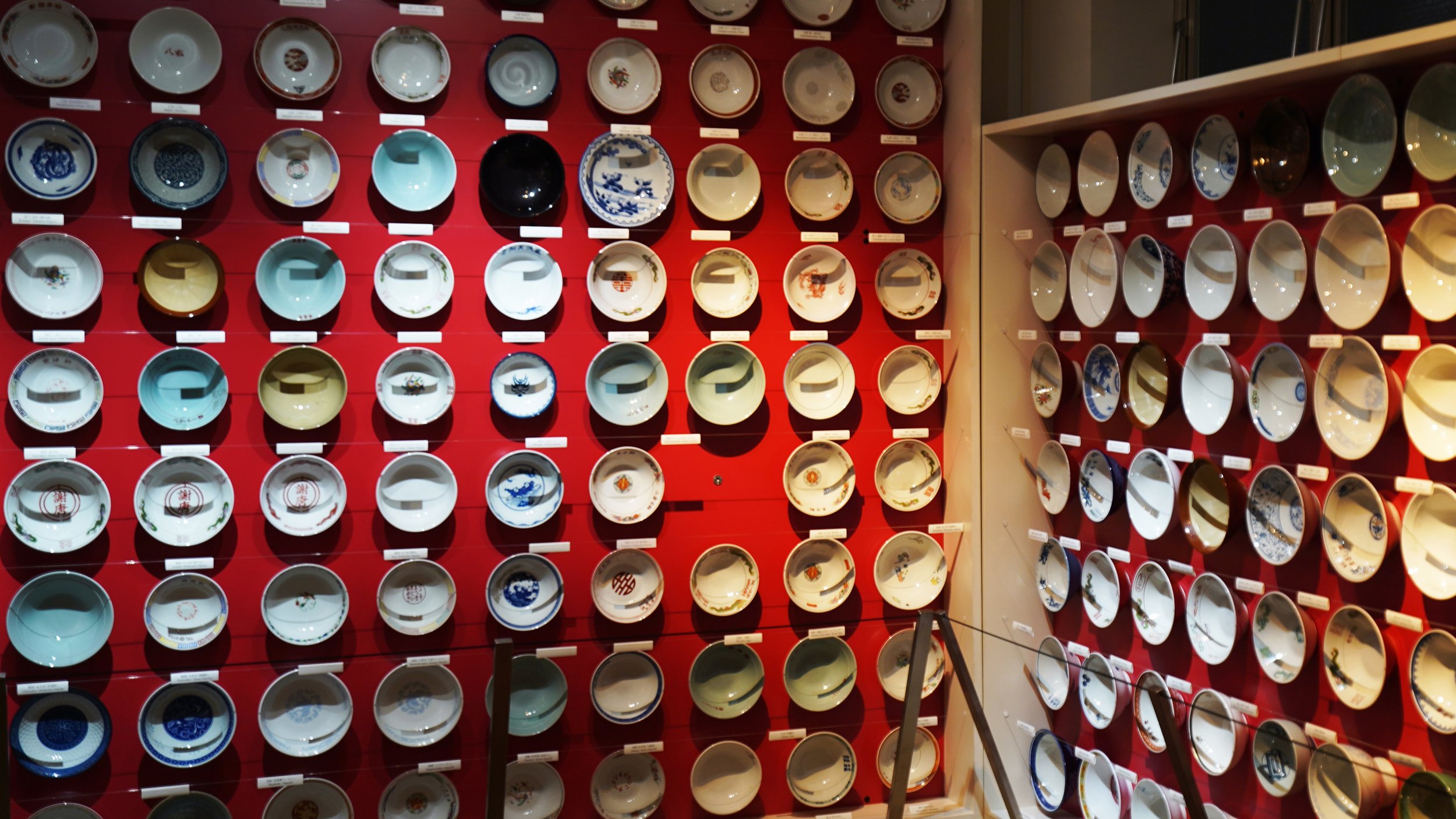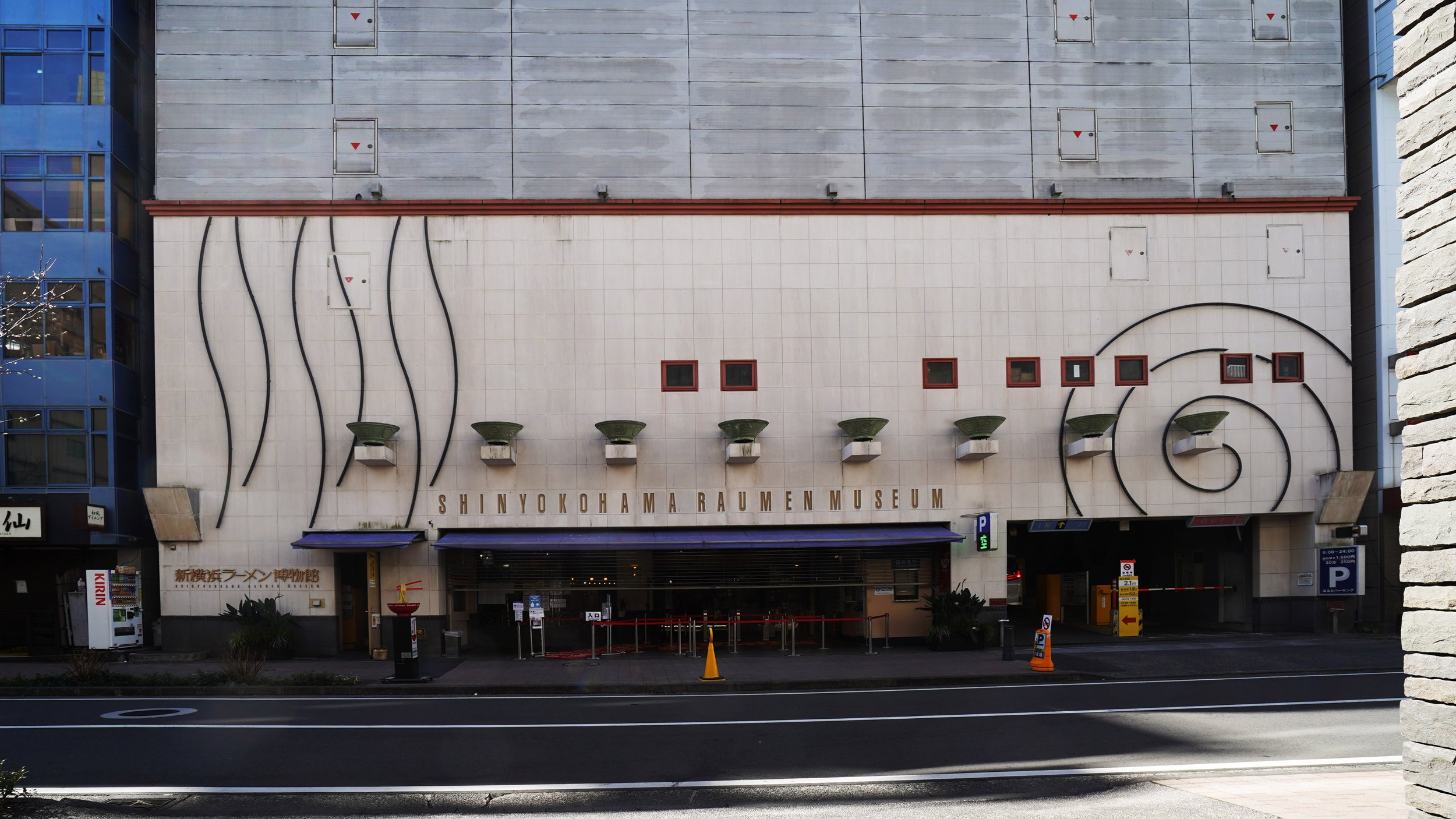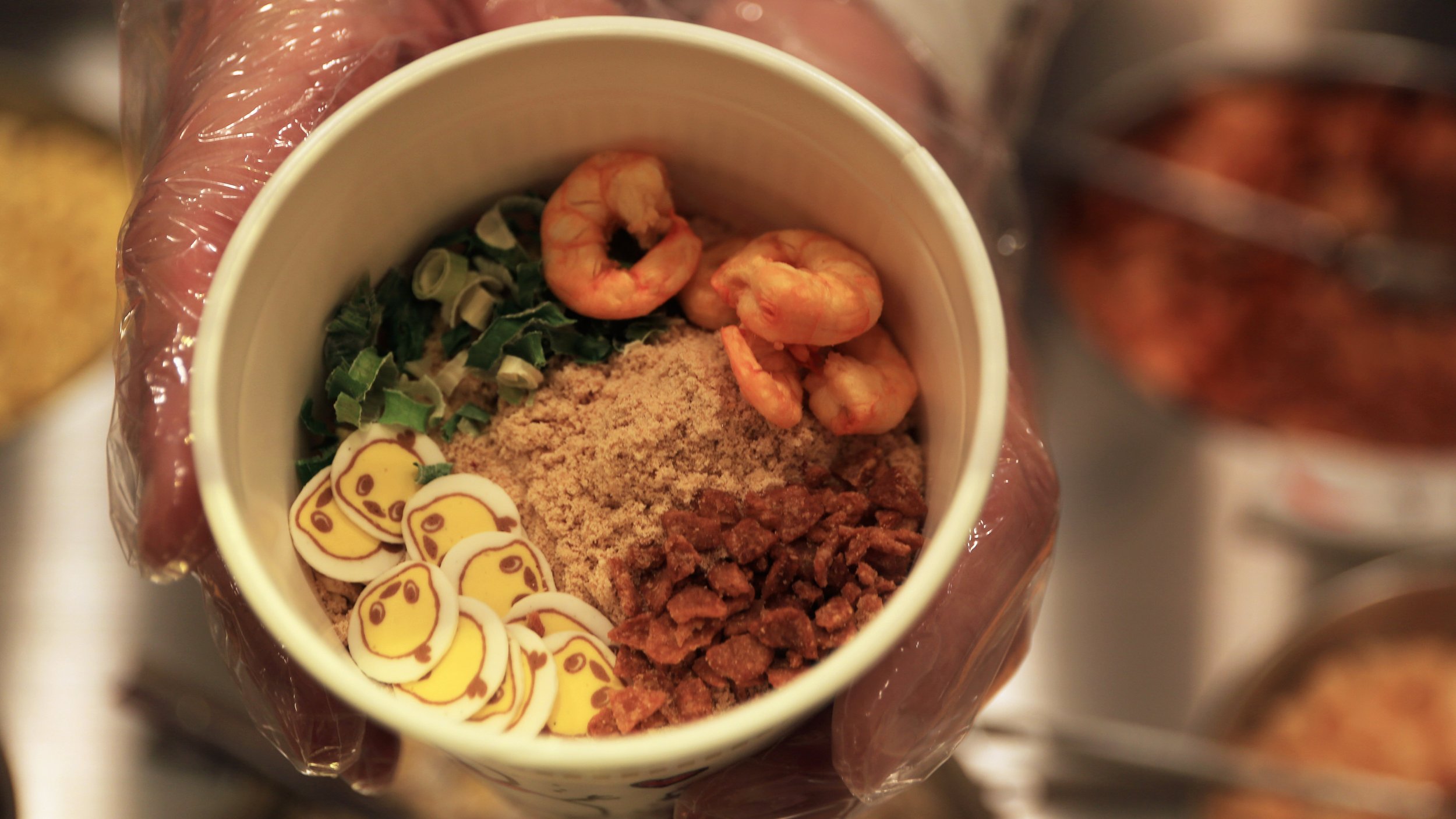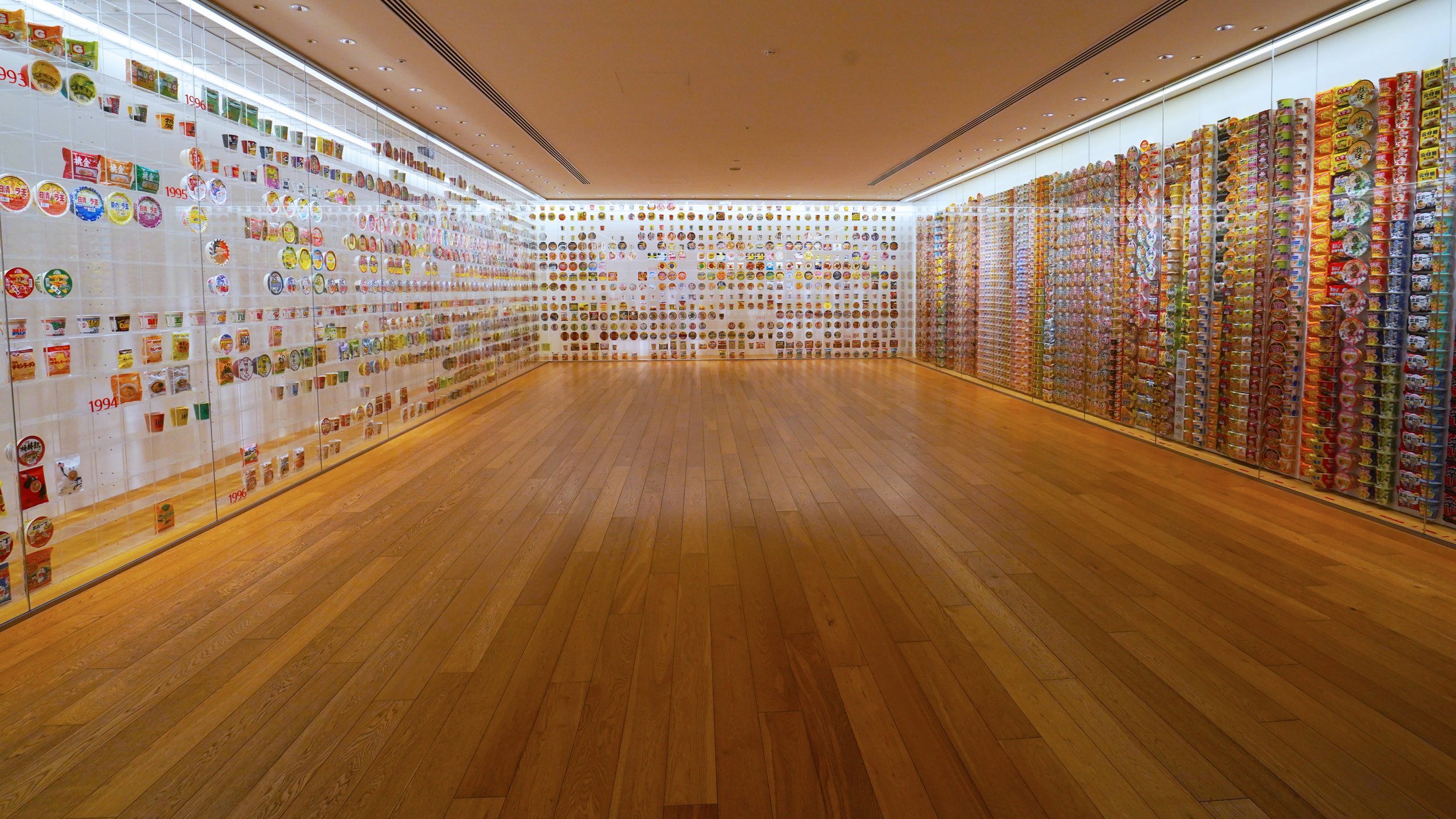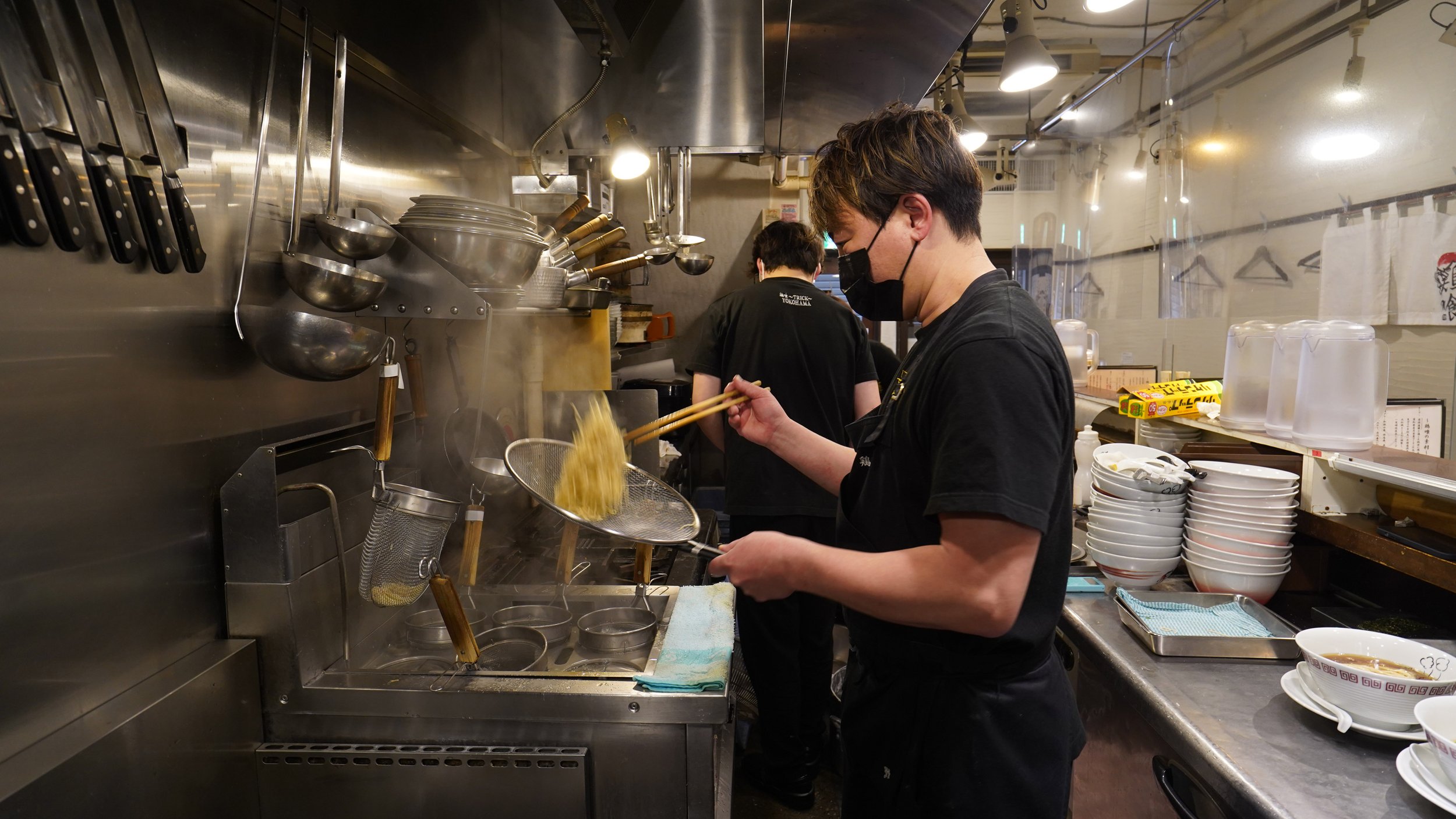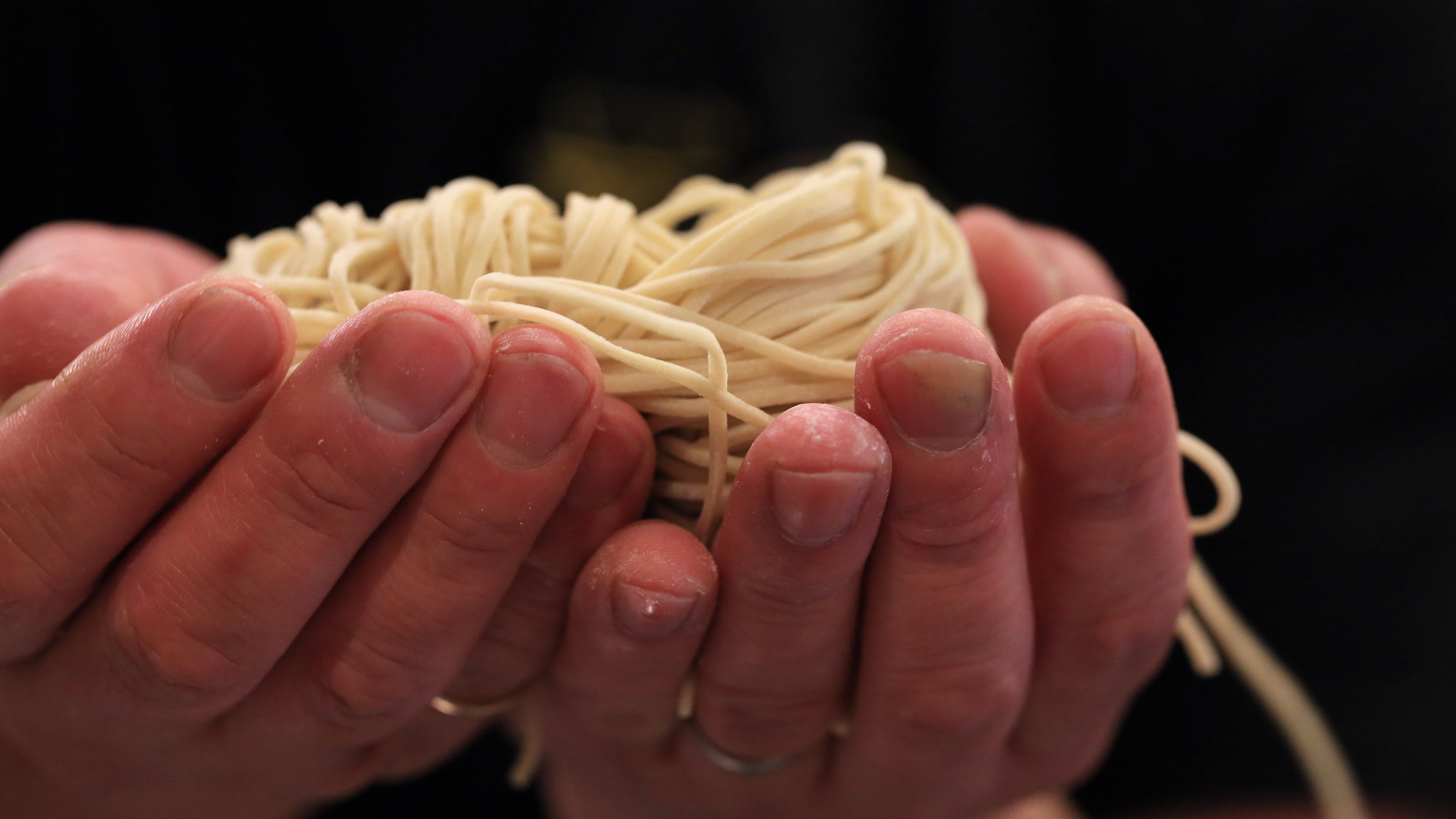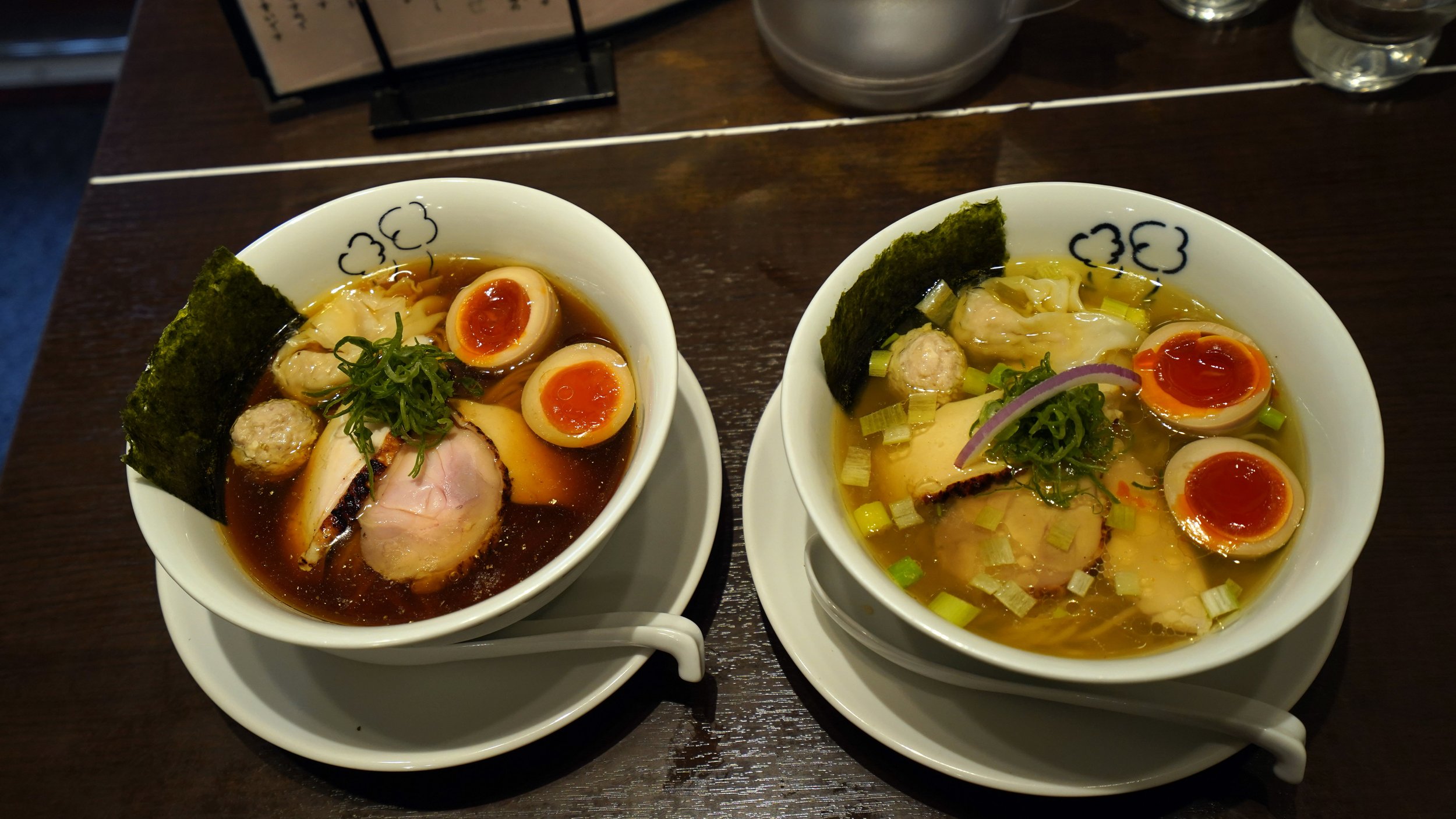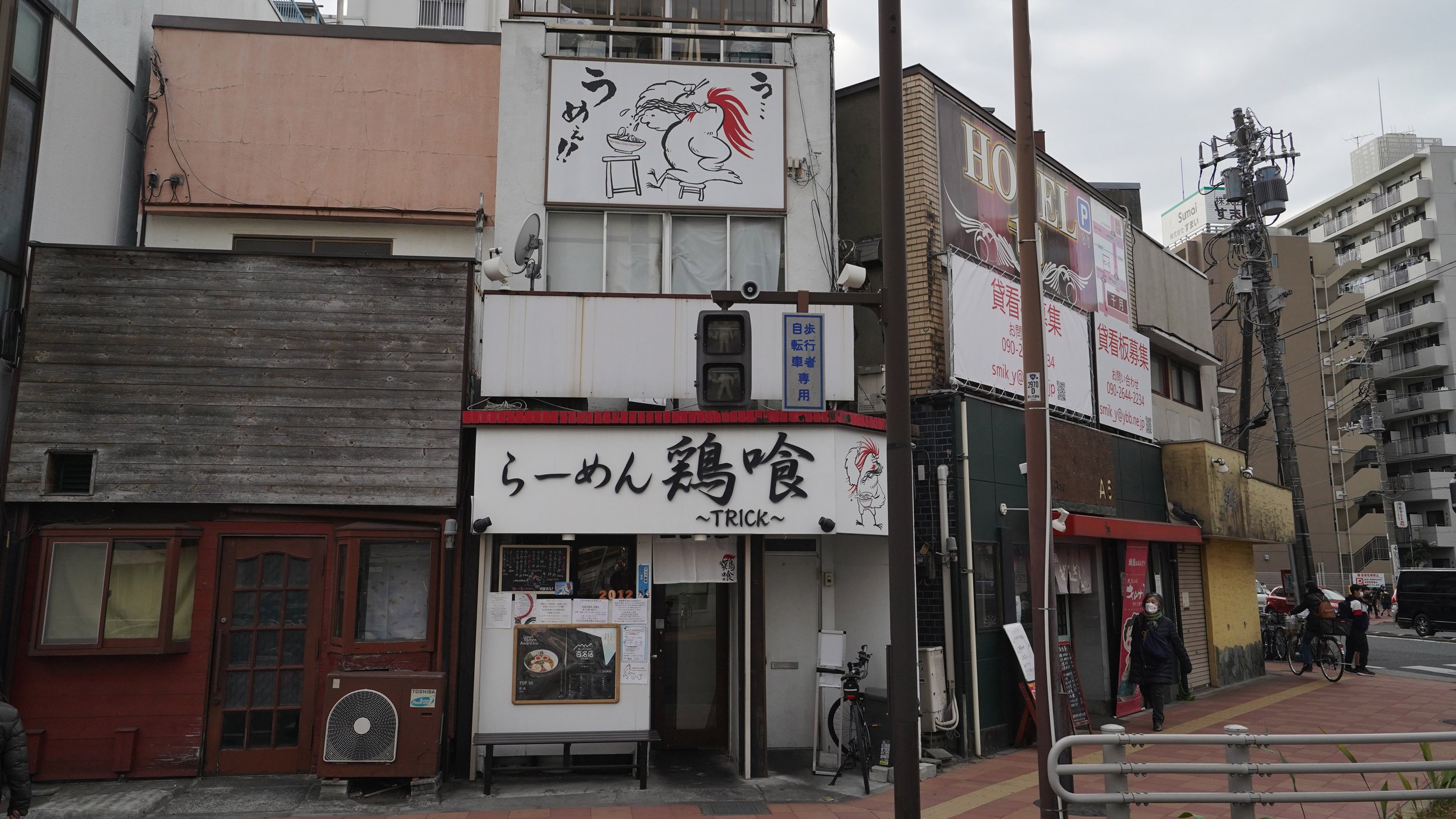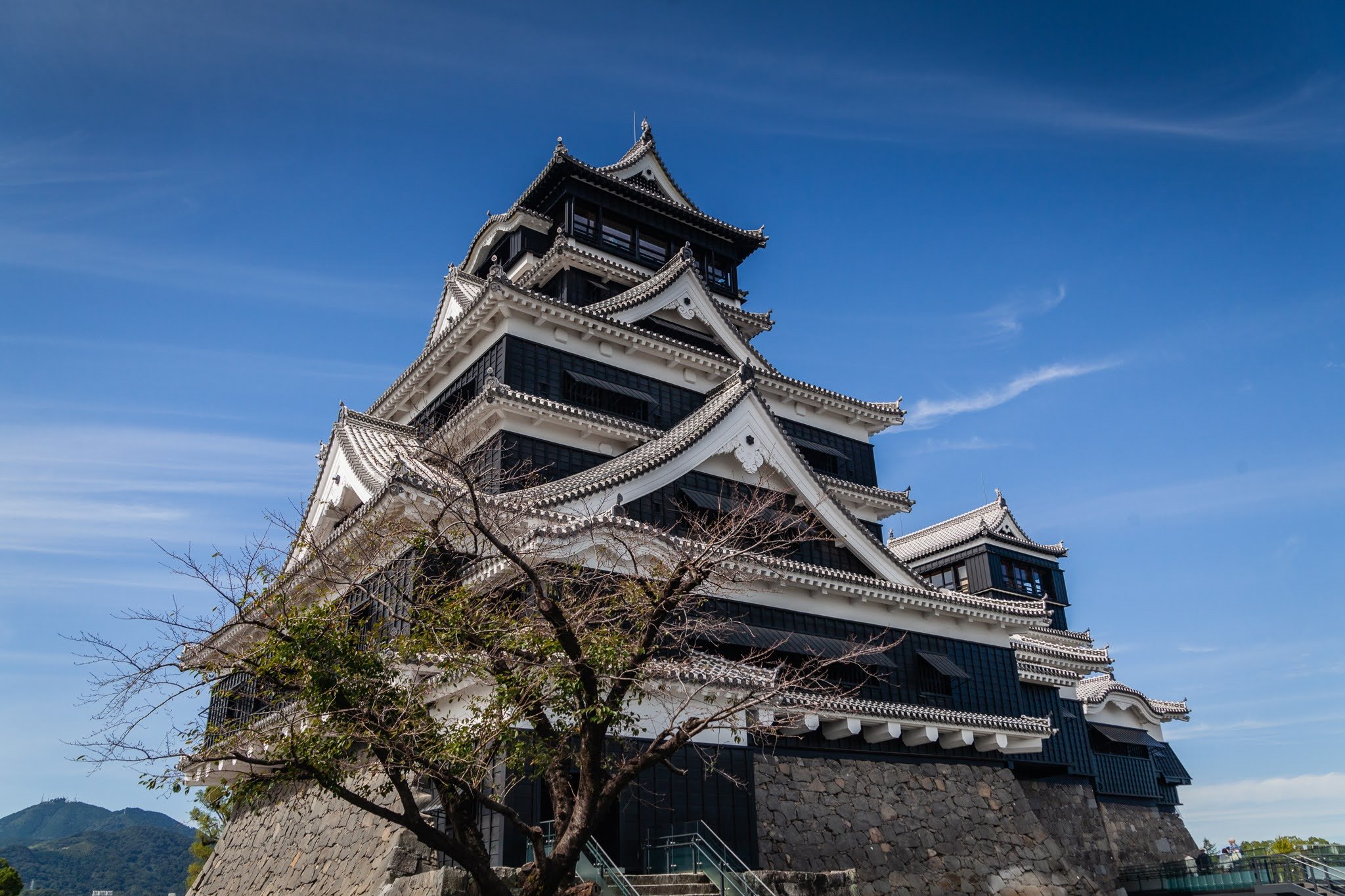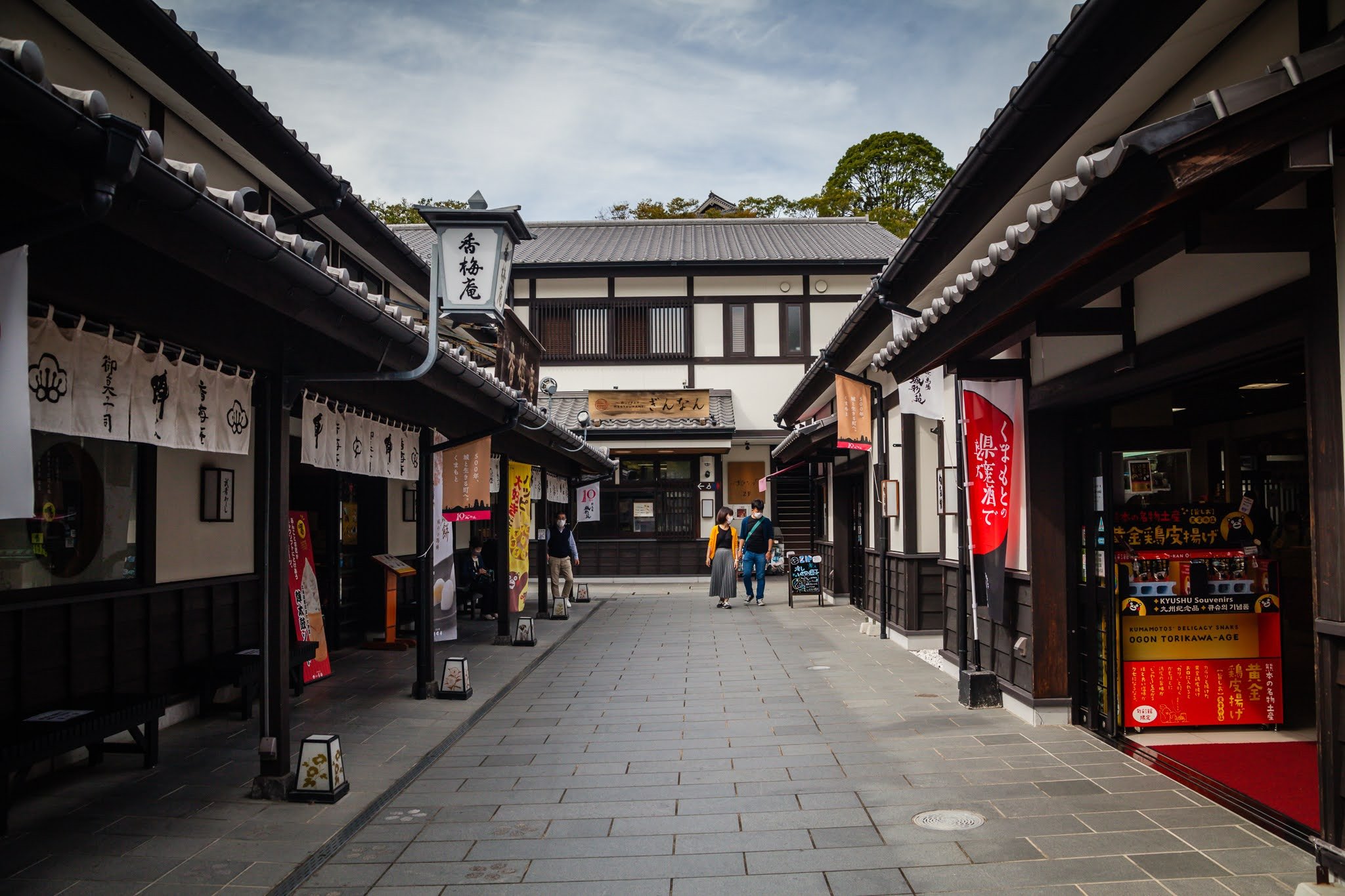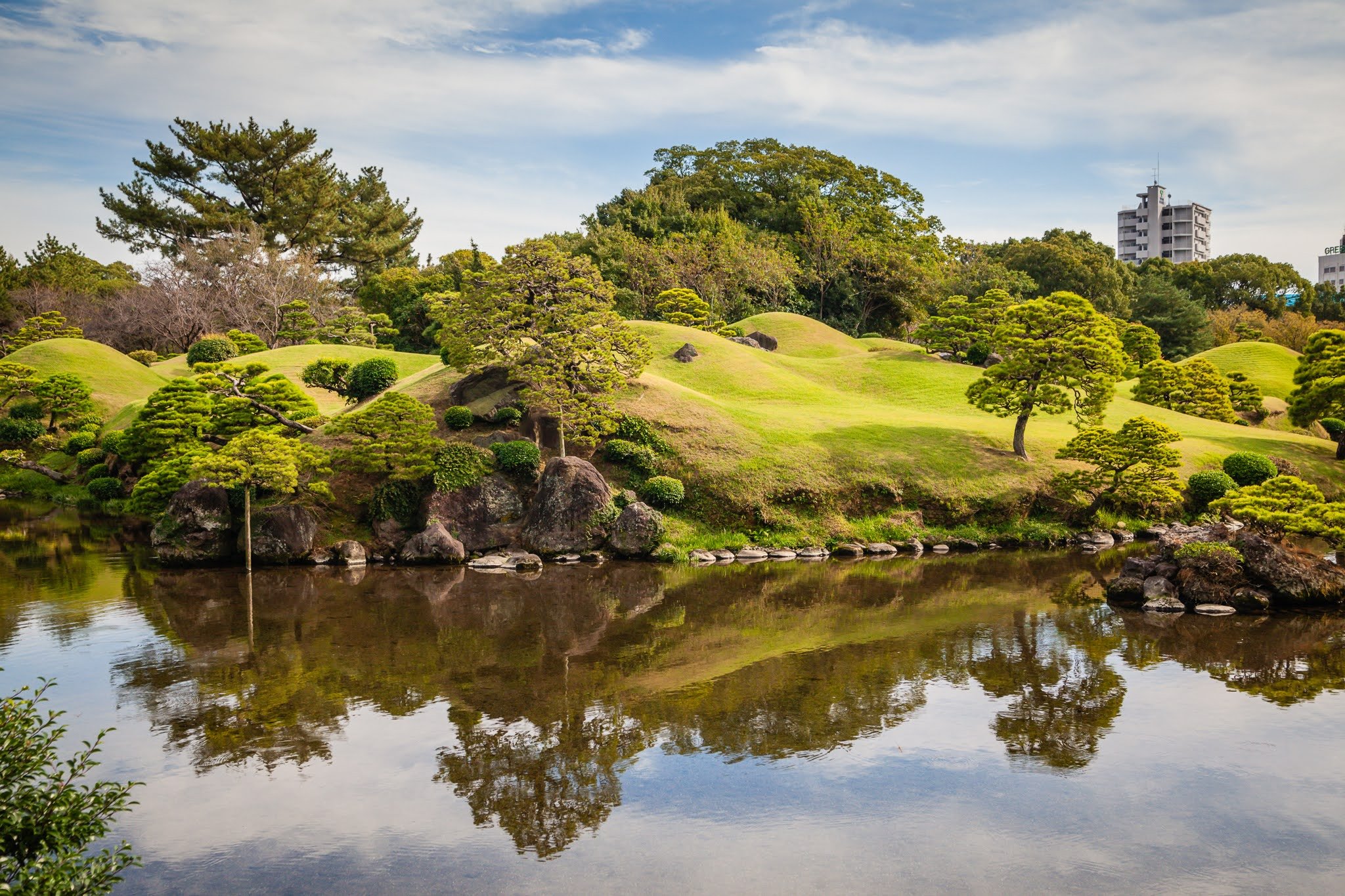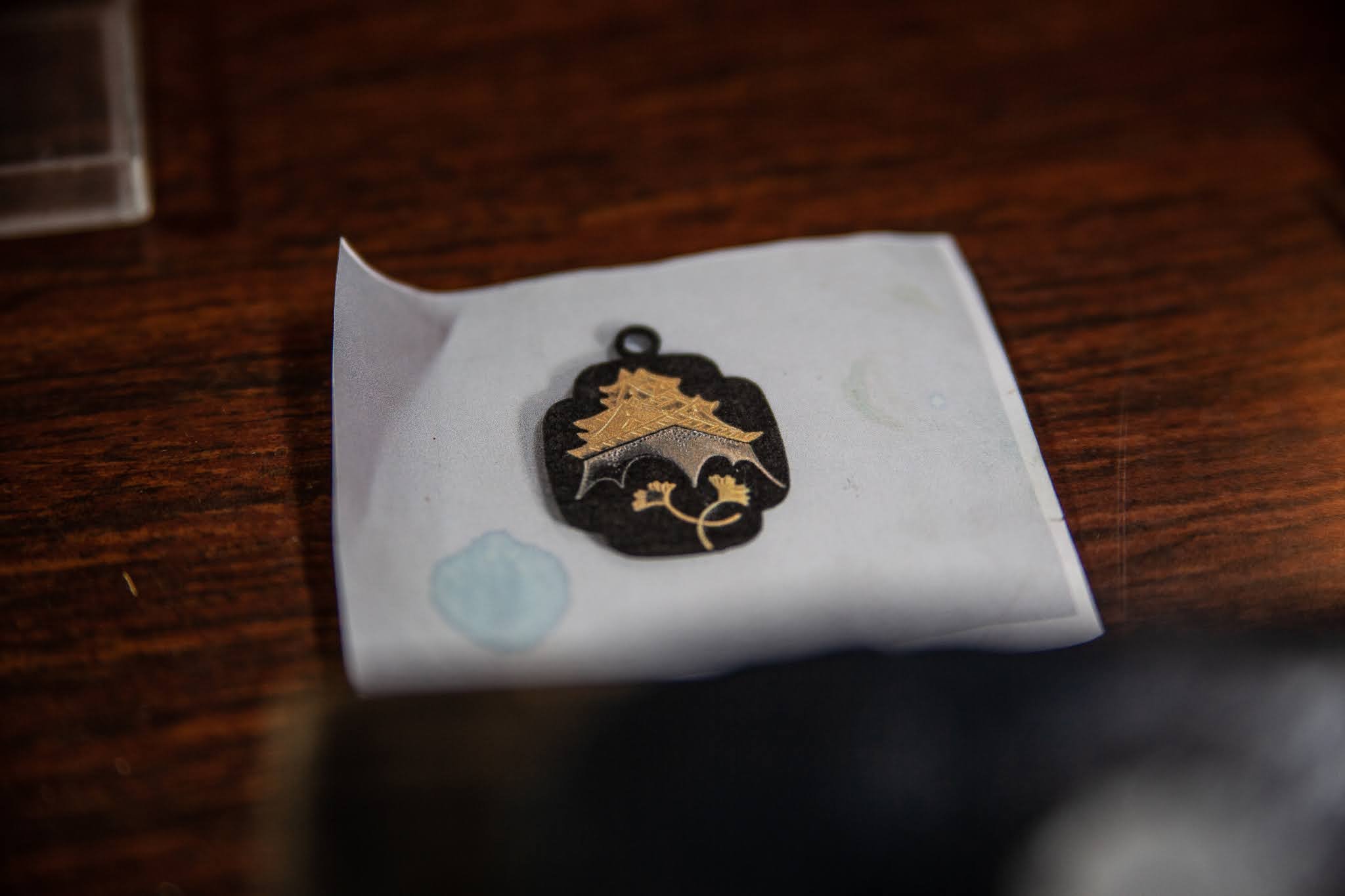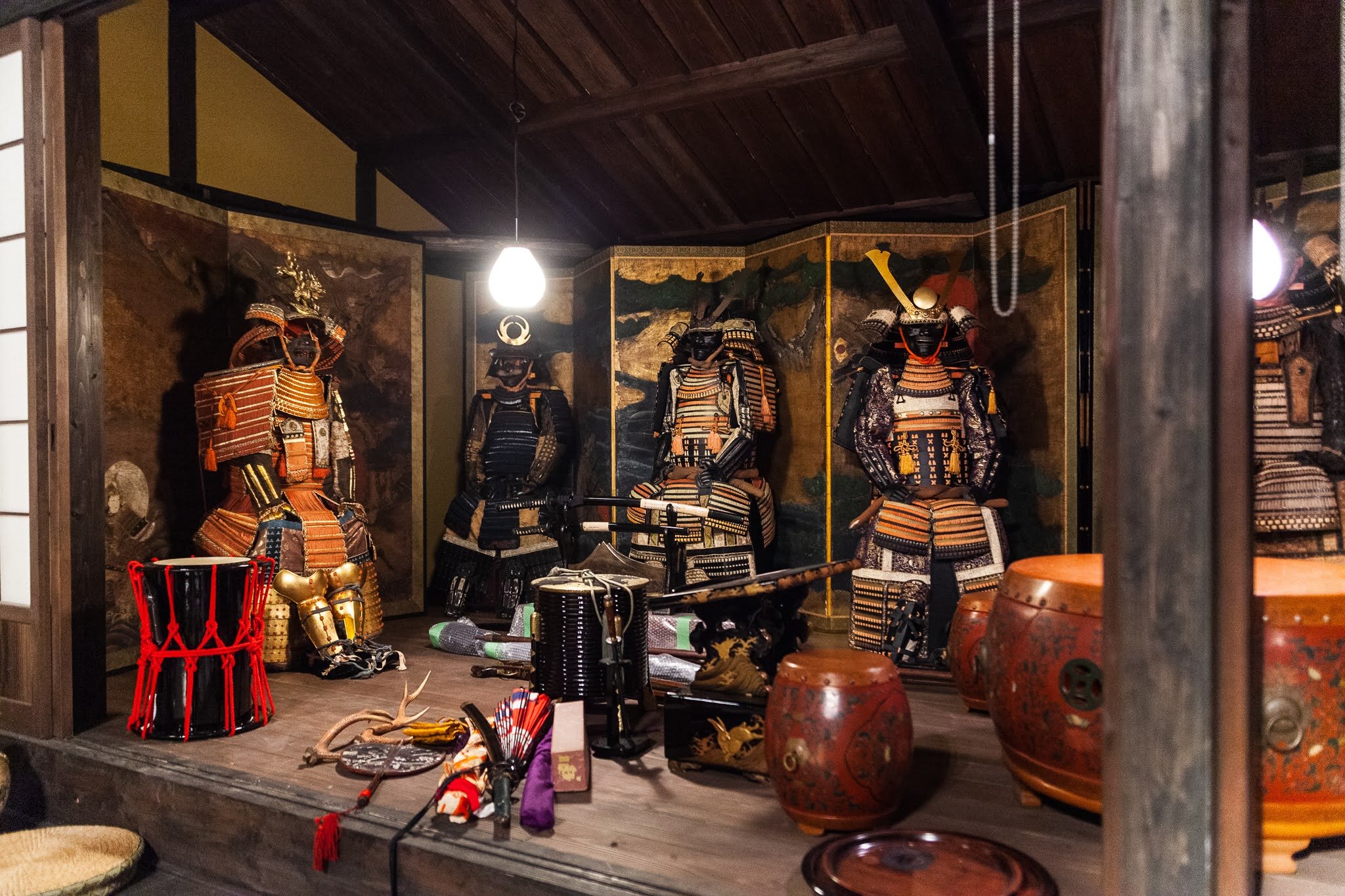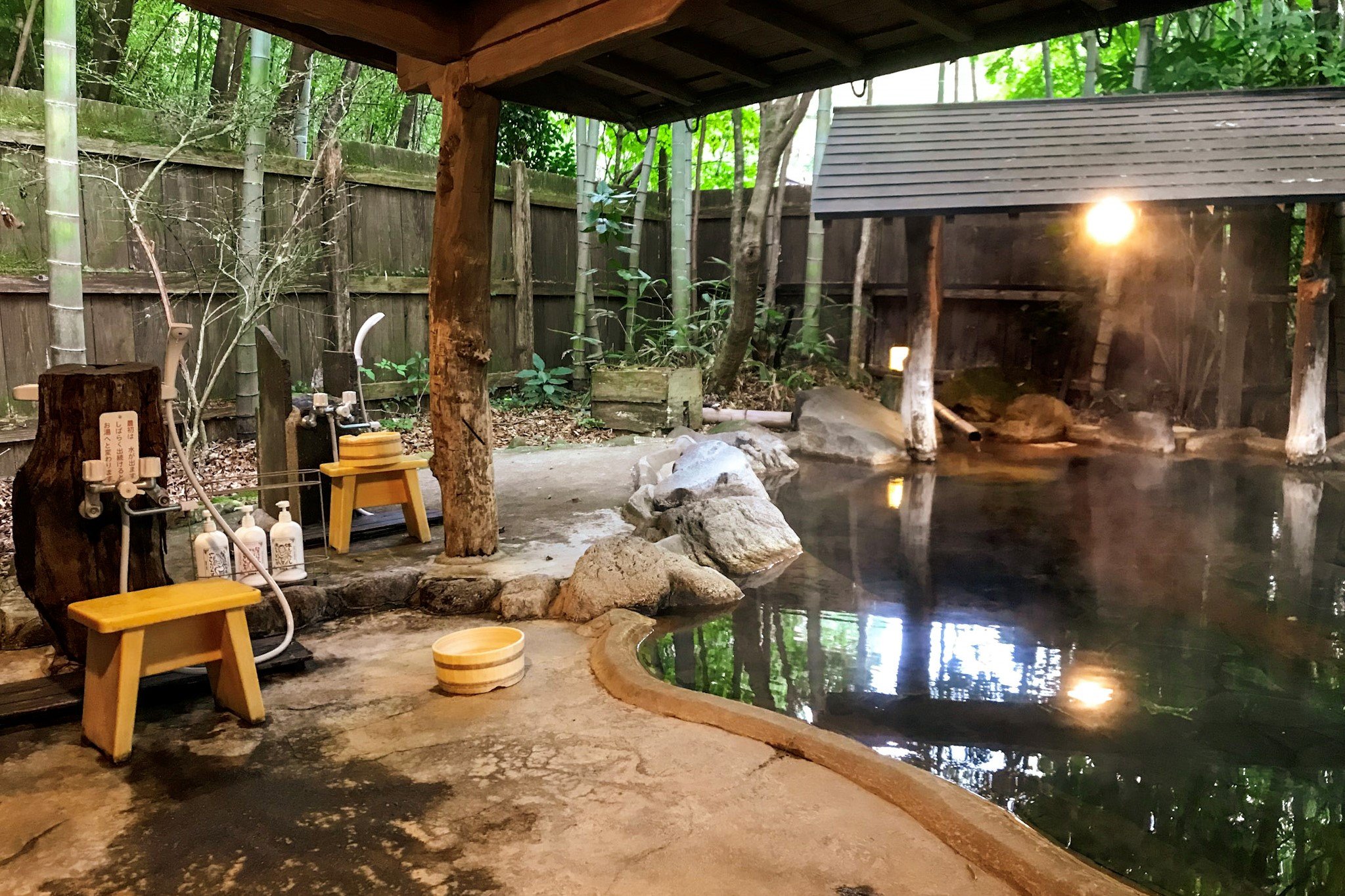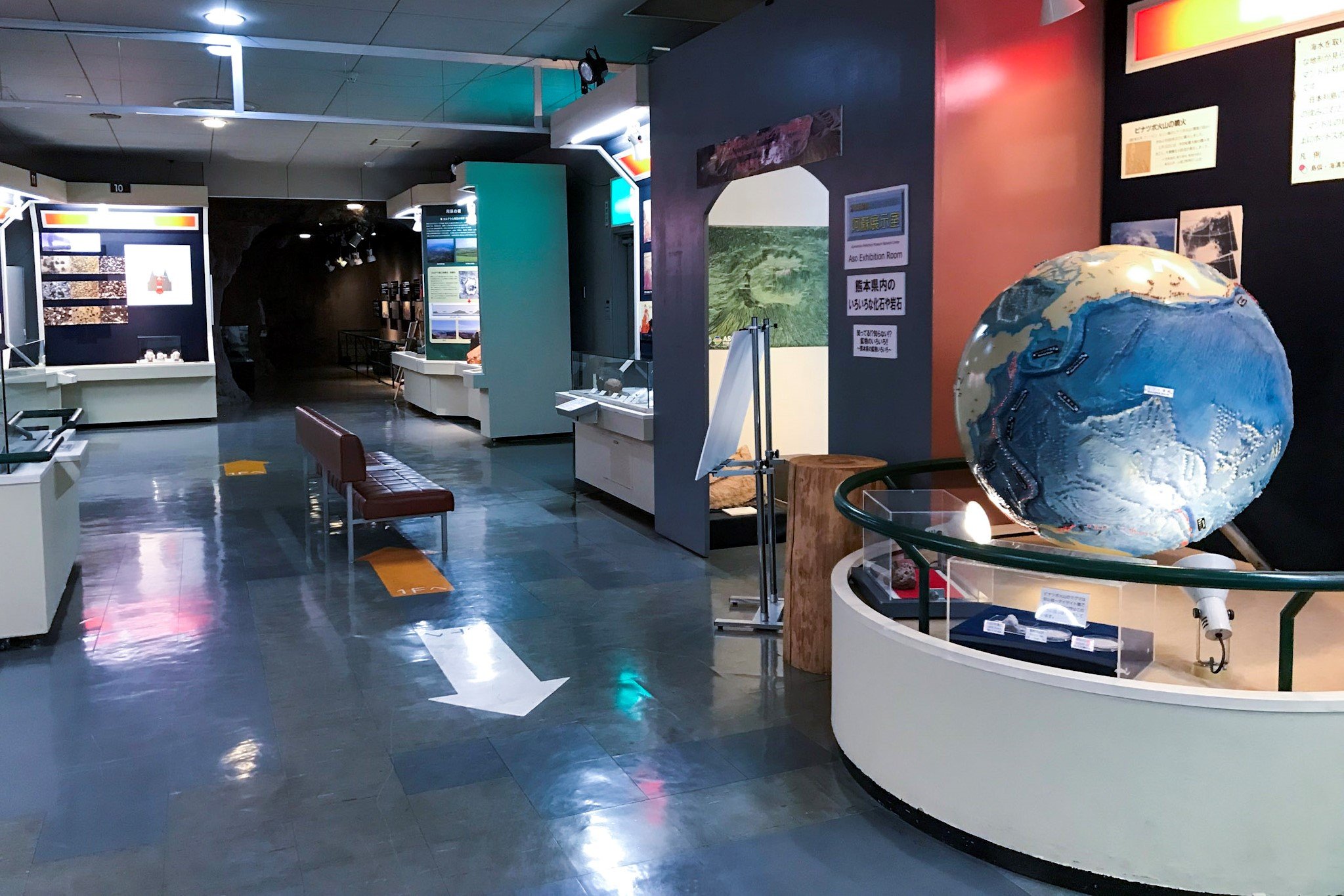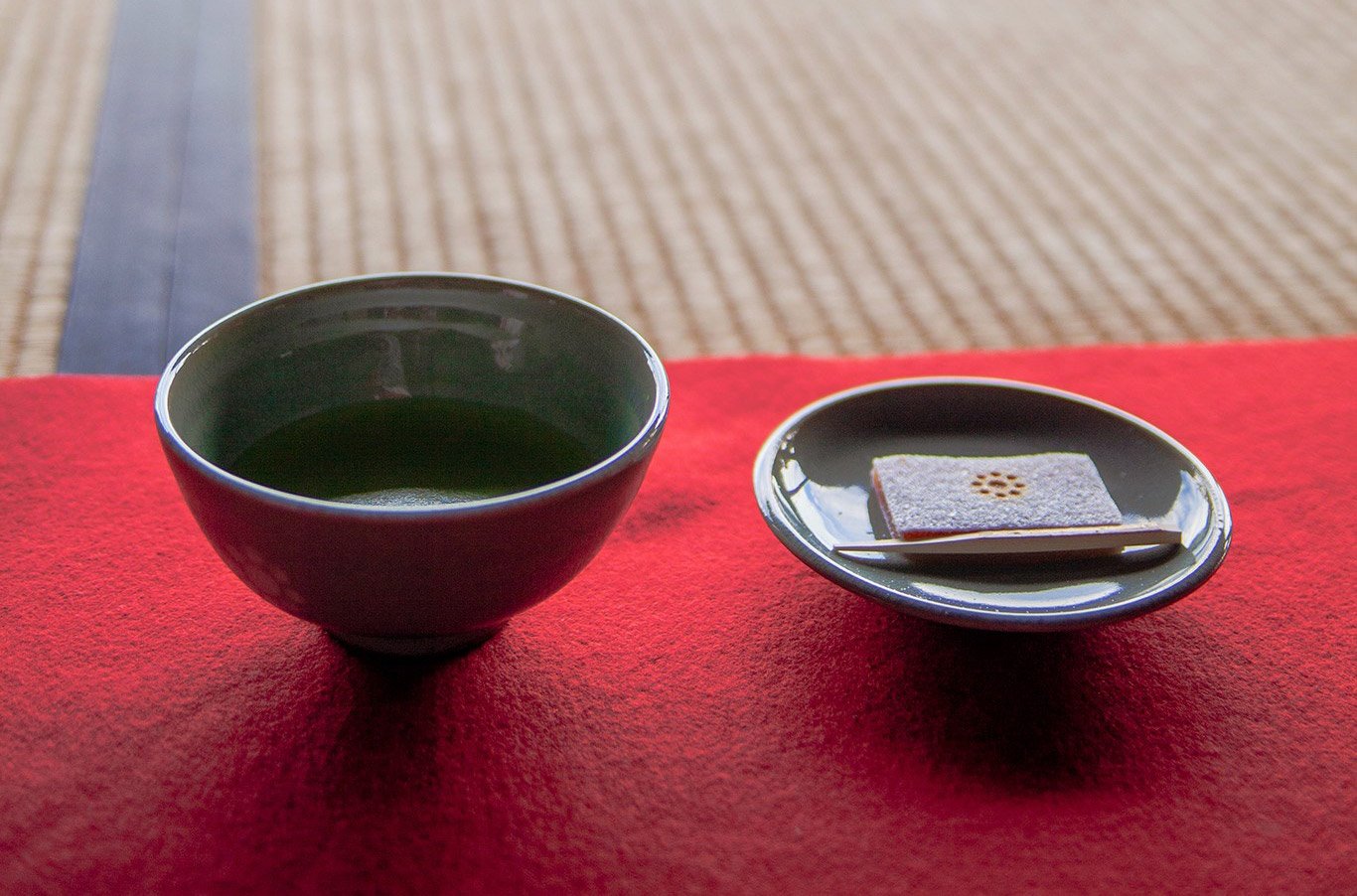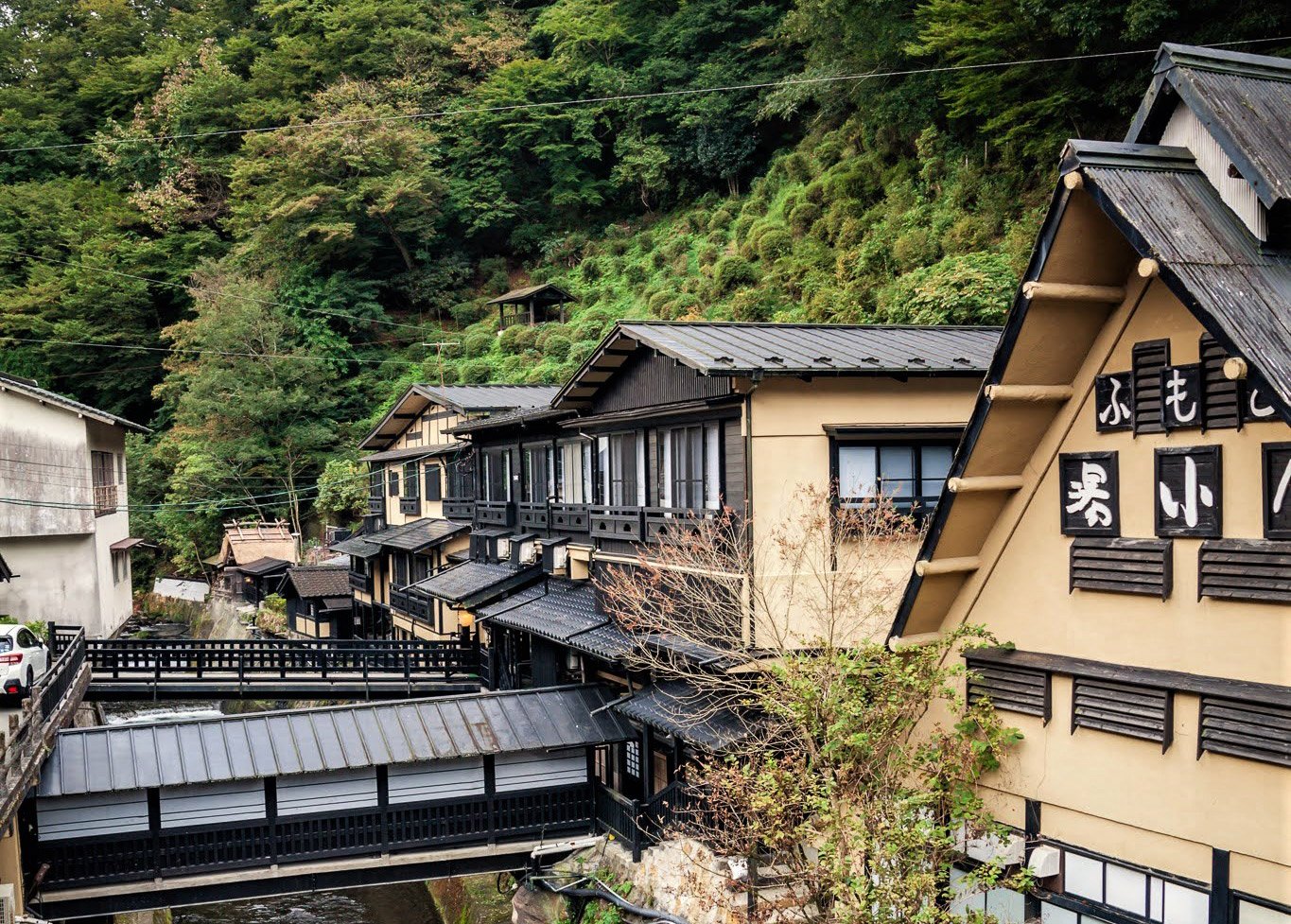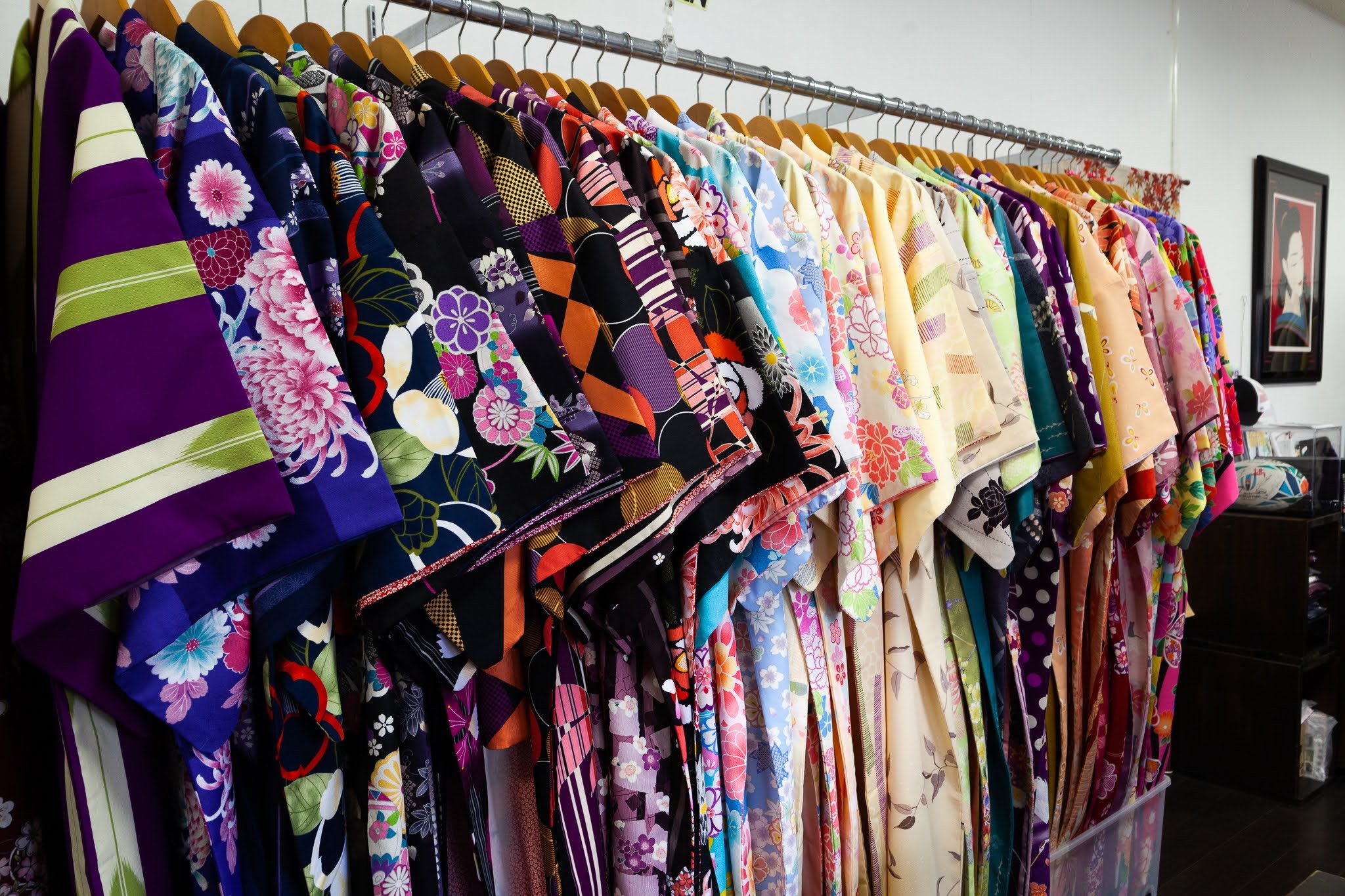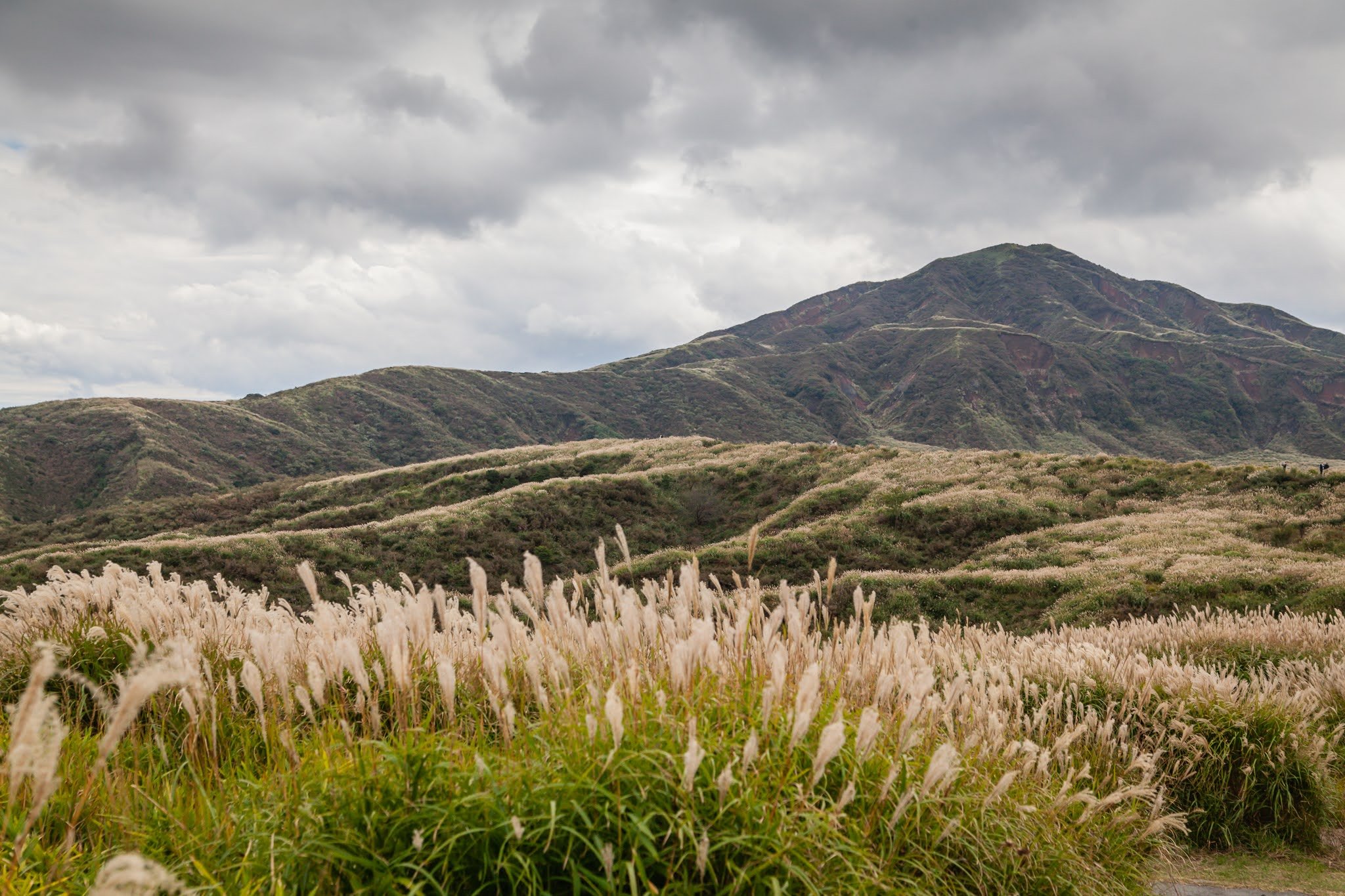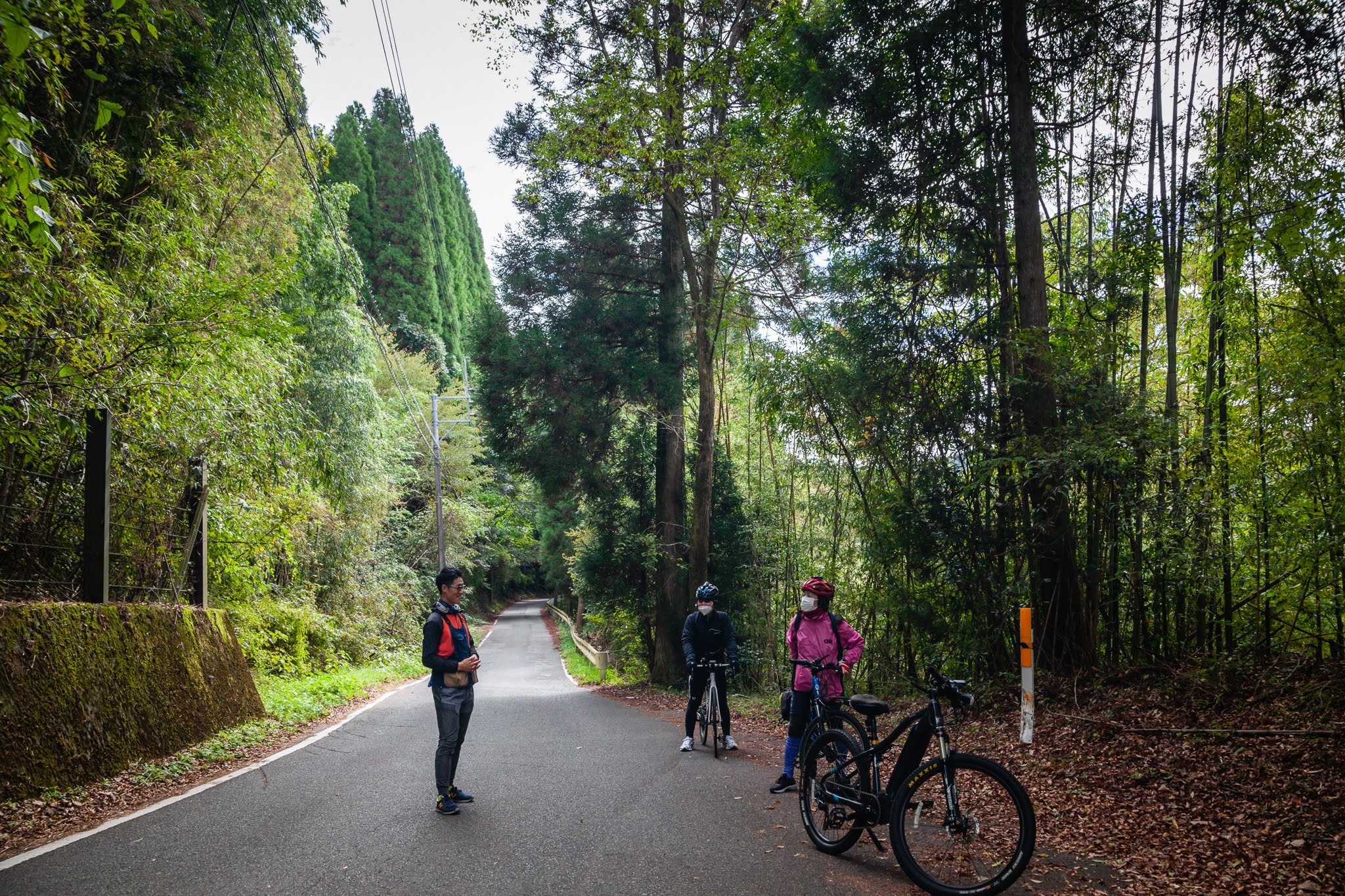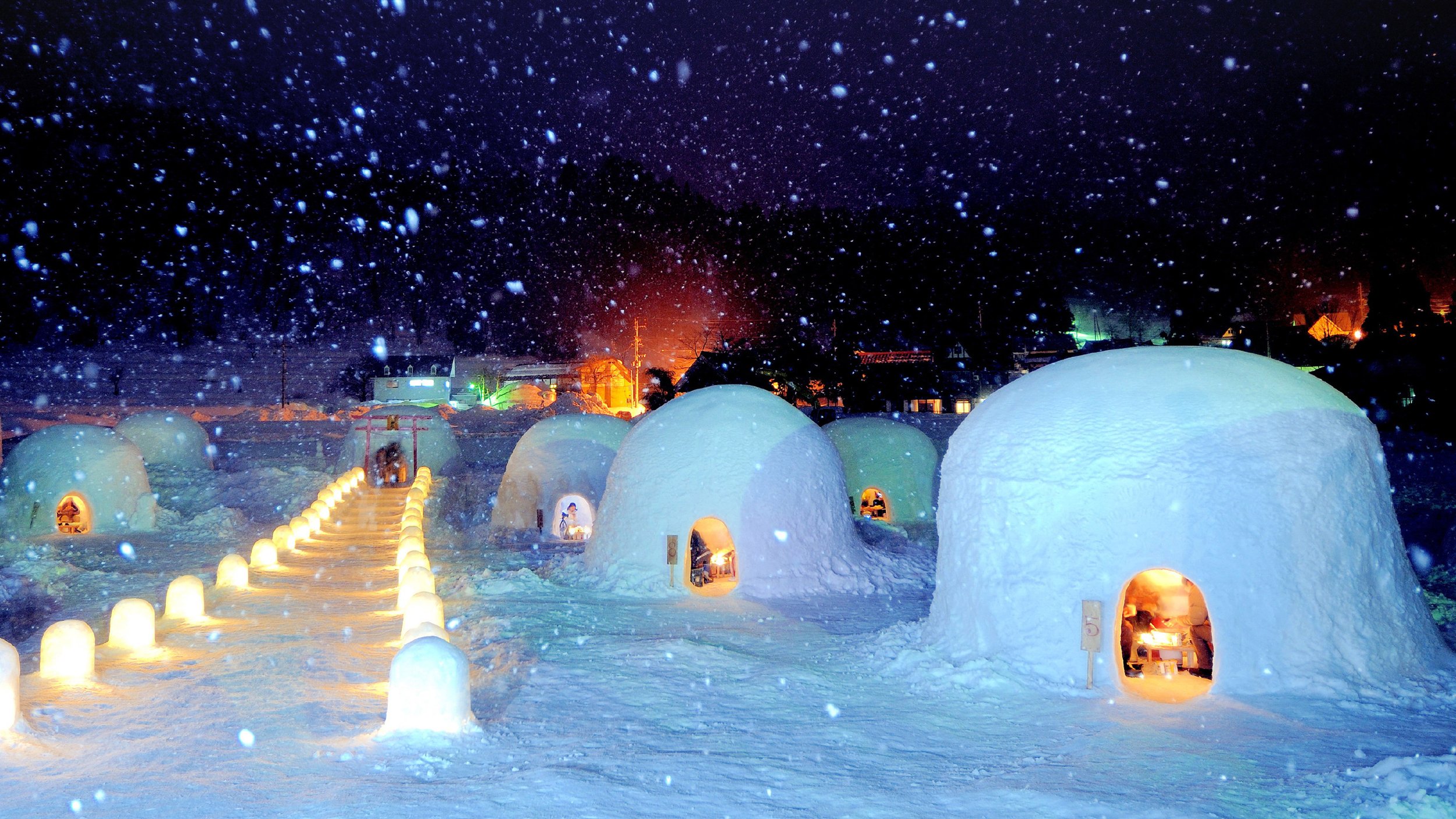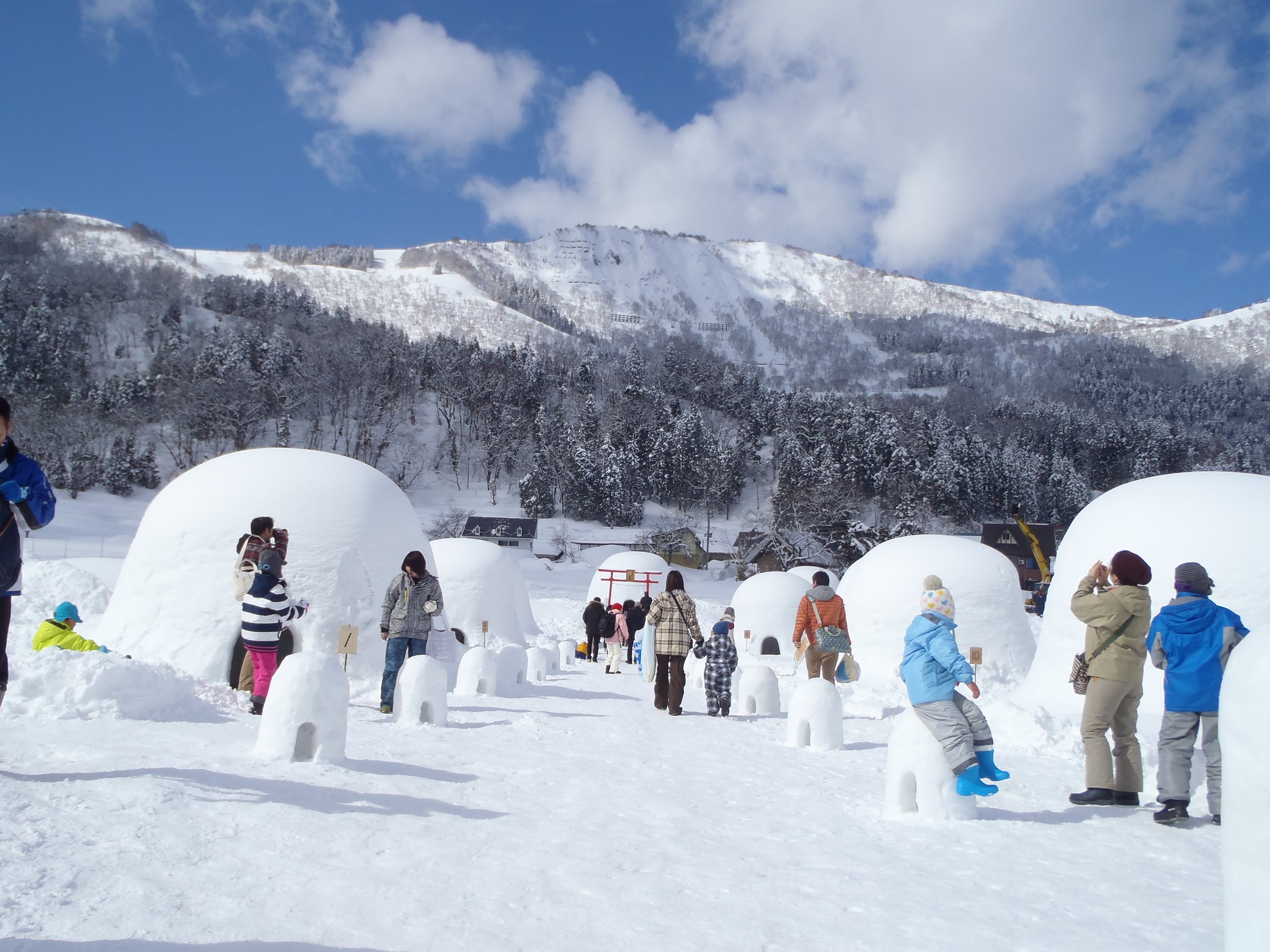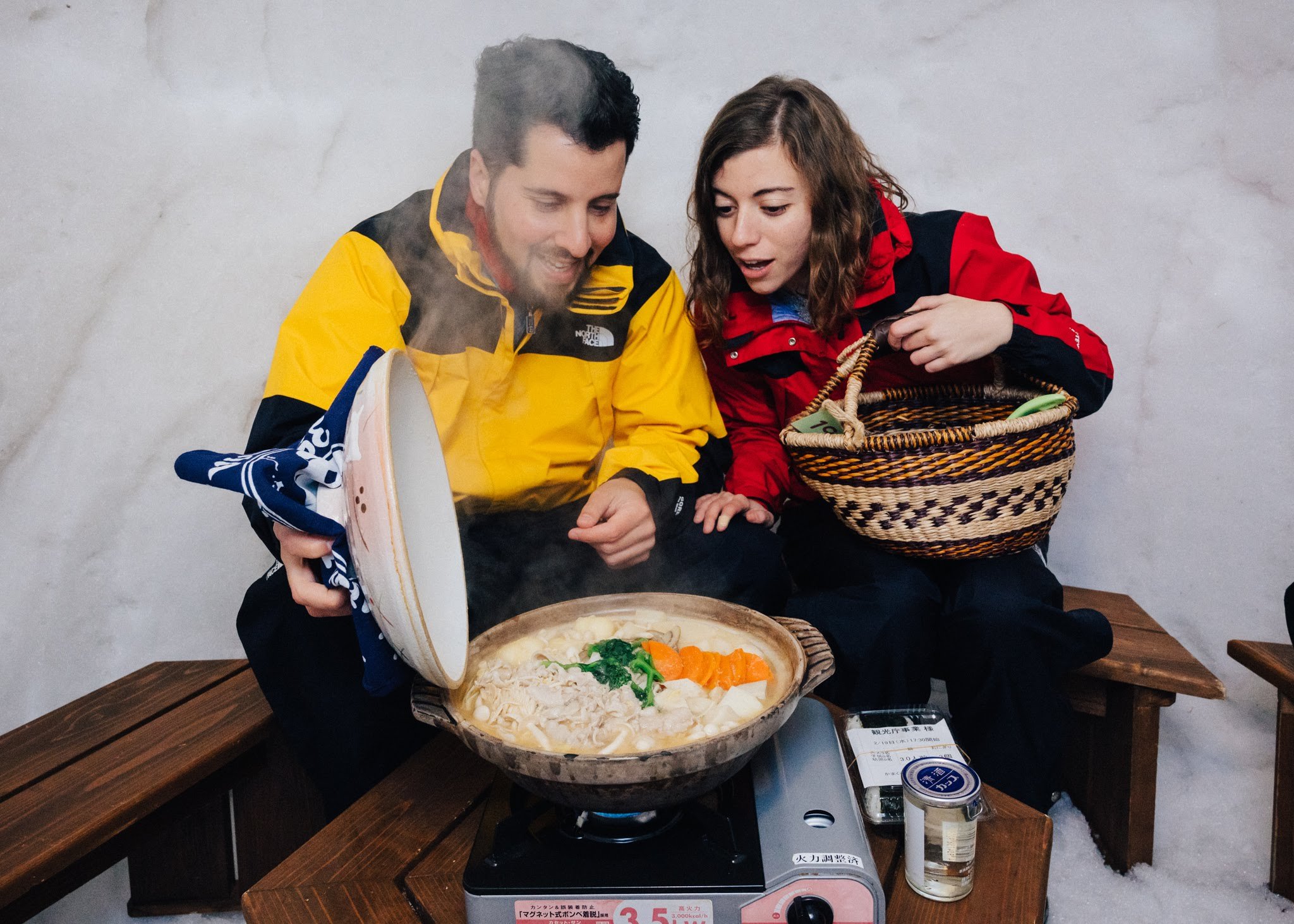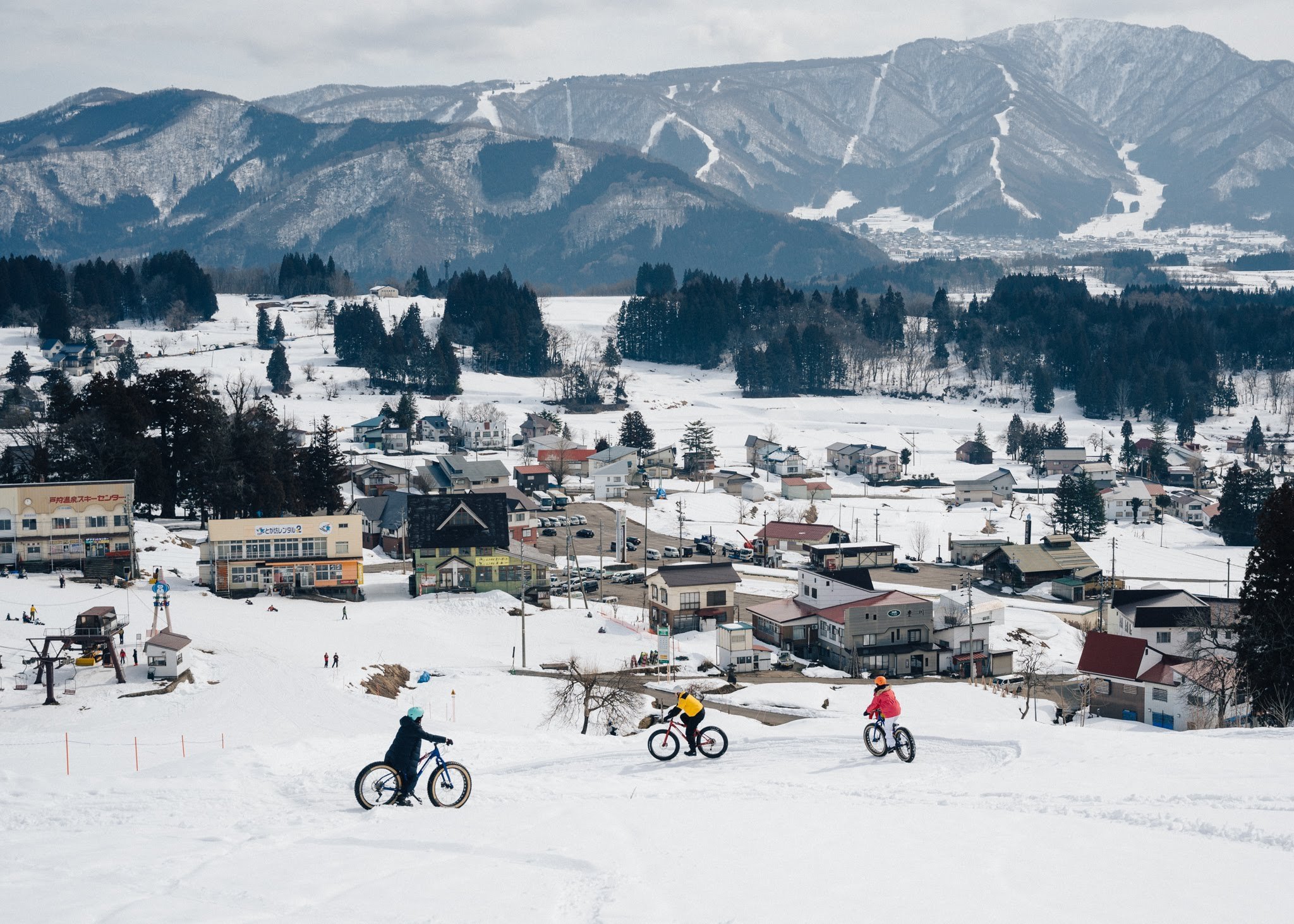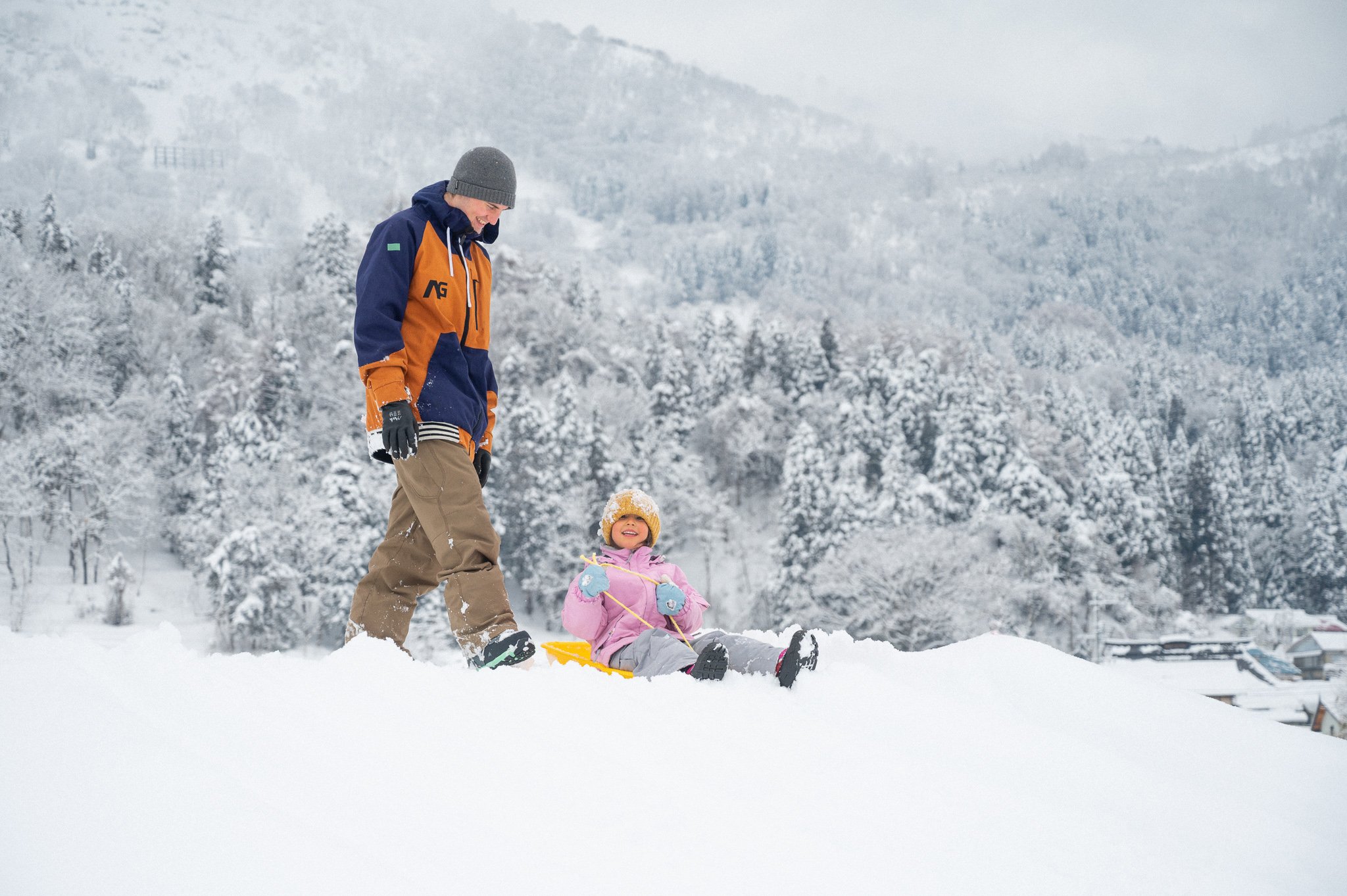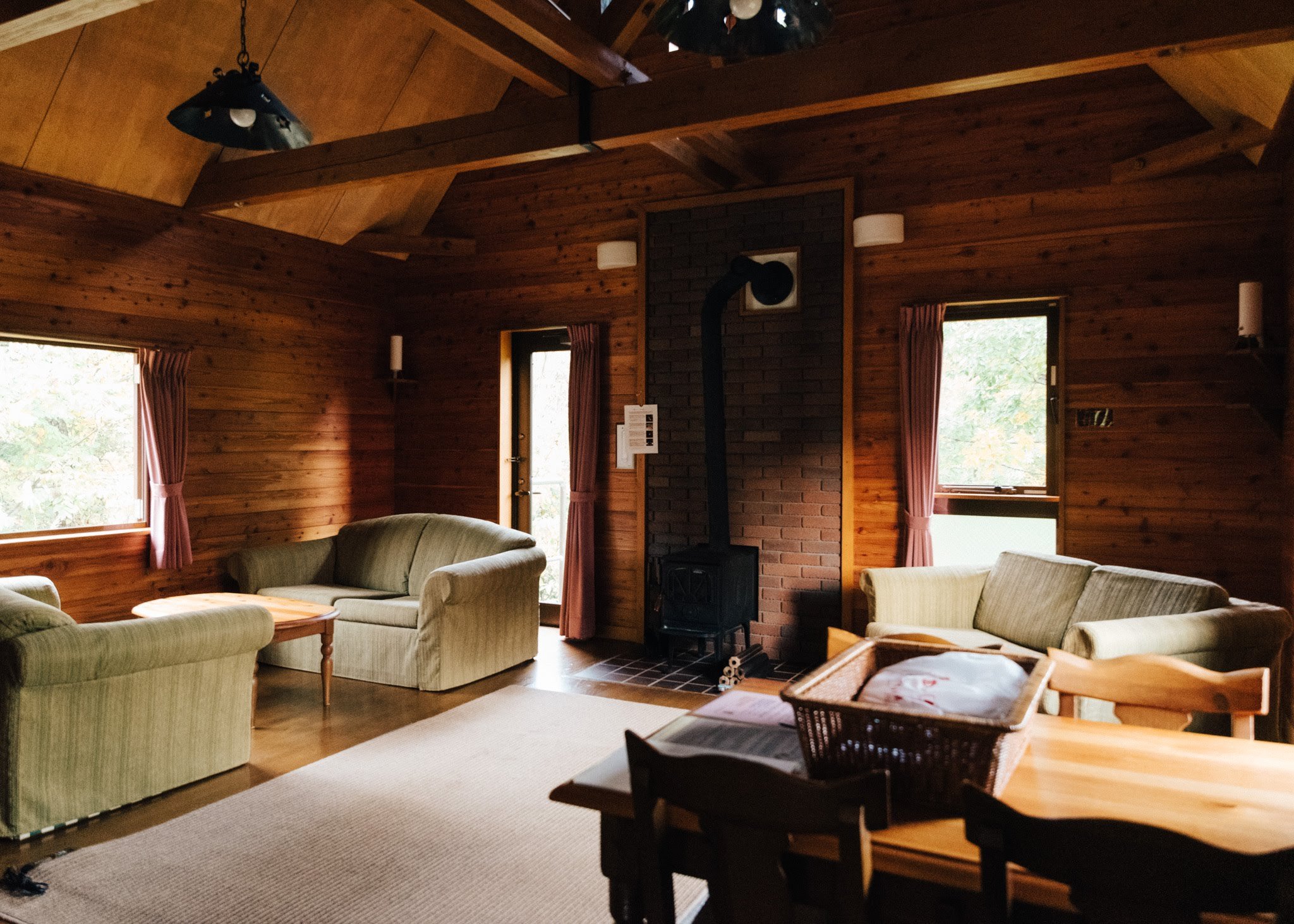Gateway to Japan
Tokyo Governor Yuriko Koike headlines a special ACCJ event on the future of tourism.
Tokyo Governor Yuriko Koike headlines a special ACCJ event on the future of tourism.
Photos Miki Kawaguchi/LIFE.14
From left: ACCJ Tourism and Hospitality Committee Vice-chair Mayumi Birt, Executive Director Laura Younger, Tokyo Governor Yuriko Koike, ACCJ President Victor Osumi, and Tourism and Hospitality Committee Chair Stephen Zurcher
On October 8, more than 120 attendees joined the American Chamber of Commerce in Japan (ACCJ) at the new JW Marriott Tokyo, part of the East Japan Railway Company’s Takanawa Gateway City development, for a discussion about ways to reimagine Japan’s inbound tourism.
Hosted by the ACCJ Tourism and Hospitality Committee, the event kicked off with a keynote by Tokyo Governor Yuriko Koike, who highlighted how the city is leading the way as a global tourism destination under its Tokyo 2050 Strategy.
Following Koike’s extensive presentation, committee Chair Stephen Zurcher moderated a thought-provoking discussion on the future of tourism in Japan with three tourism and hospitality leaders:
Dr. Tadayuki Hara associate professor and senior research fellow at the University of Central Florida’s Dick Pope Sr. Institute for Tourism Studies
Yoshiya Amanai, manager of the marketing headquarters for the East Japan Railway Company’s Shinagawa Community Development Division
Christopher Clark, general manager of JW Marriott Tokyo
With Japan welcoming 28.38 million visitors for the year through August, and a target of 60 million annual visitors by 2030, this event came at a critical point for the country’s hospitality and tourism industry.
Key themes discussed include:
Melding traditional omotenashi hospitality with data-driven, connected-city strategies.
Cross-sector collaboration among hospitality, rail, and urban planning.
Leveraging Japan’s existing rail network to expand tourism beyond the Tokyo–Kyoto–Osaka “Golden Route.”
A focus on high-value, experience-driven tourism and repeat visitors.
Practical ways to fill critical staffing gaps and cultivate multilingual, digitally fluent teams.
The ACCJ extends a sincere thank-you to Governor Koike, our distinguished panelists, and all the attendees, as well as JW Marriott Tokyo for its support of this event.
Sightseer Surge
Japan has steadily reclaimed its status as a top destination. It is no longer a question of if Japan will recover from the pandemic, but rather how it will rise to the challenge of serving up its famous omotenashi to so many visitors.
Japan has seen a steady rise in visitors. Now set to break a record, can the tourism industry keep pace?
After more than two years of isolation and a slow reopening, Japan has steadily reclaimed its status as a top destination. The impressive bounce back began in 2023, when 25.06 million visitors lifted inbound tourism to 79 percent of the pre-pandemic record. The country is now on course to shatter its record of 31.88 million travelers, set in 2019.
In fact, the rebound has been so great that the pendulum has swung from tourism drought to flood. But with the economic benefits come strains on the hospitality industry. It is no longer a question of if Japan will recover, but rather how it will rise to the challenge of serving up its famous omotenashi to so many visitors.
Moving Past the Pandemic
In 2023, The ACCJ Journal reported on Japan’s reopening. Since the easing of border restrictions, the influx of tourists has had a positive impact on the hospitality industry.
Part of what continues to make Japan an attractive destination is its evergreen allure as a place of rich culture and history. “Japan has significantly boosted global awareness of its many attractions through marketing efforts such as the Cool Japan campaign and the strategic use of social media,” said Karl Hudson, area vice president of Japan and Guam for Marriott International, Inc.
More recently though, one of the most-mentioned drivers has been currency trading. Hudson continued: “The weak yen is having a significant impact on tourism operations in Japan, influencing both inbound and domestic tourism. On the positive side, it has made Japan a more affordable destination for foreign tourists, leading to a surge in inbound tourism.”
These travelers spent nearly ¥5.3 trillion in 2023. Despite the total number of visitors not reaching 2019 numbers, spending exceeded that year’s ¥4.81 trillion. Midyear projections put the 2024 outlay at ¥8 trillion, and the Japanese government is eying ¥15 trillion by 2030.
According to The Asahi Shimbun, a significant portion of 2023’s ¥5 trillion-plus was spent on accommodations. At ¥1.83 trillion, this category accounted for 34.6 percent of the total spending. Other noteworthy expenditures were ¥1.4 trillion on shopping, ¥1.2 trillion on food and drinks, and ¥602.4 billion on transportation.
The New Challenge: Overtourism
With spending now surpassing pre-pandemic levels, the challenge lies in how to handle the ever-growing number of Japan explorers. In June, the country welcomed the most ever in a single month: 17.8 million.
“The downside [to the tourism influx] includes higher costs for imported goods, which can affect various aspects of tourism operations, from food and beverage supplies to hotel amenities,” explained Hudson. “To navigate these challenges, businesses are adopting dynamic pricing strategies, adjusting rates based on demand, seasonality, and booking trends to optimize revenue and manage costs effectively.”
Not only can these challenges cause issues for operations, but they can also impact the overall travel experience.
“You may often see long lines of foreign travelers waiting in front of train ticket counters and ticket vending machines,” noted Yasuhiro Sudo, senior vice president and Japan country manager at American Express International, Inc.
“With spending now surpassing pre-pandemic levels, the challenge lies in how to handle the ever-growing number of Japan explorers.”
These long lines, he said, are caused by travelers trying to purchase tickets, using unfamiliar machines that lack multilingual support, or interacting with agents. “This causes many foreign travelers to become tired before boarding the train, resulting in a less-than-satisfying travel experience.”
In the most-visited areas, there is a lot of strain on infrastructure, which is felt by residents and visitors alike.
A notable case study is Kyoto, which has received a significant portion of the tourism pie since borders reopened. Residents are growing uncomfortable with the number of daily visitors. As reported by NHK, of about 2,500 Kyoto residents surveyed between October and November 2023, some 86 percent said that they were annoyed by crowding in and around tourist spots. According to the survey, the impact was felt particularly on public transportation, which has become overcrowded. Tourists’ littering and overall behavior are further irritants.
Sudo said the issue is more pronounced along Japan’s Golden Route, which runs from Tokyo to Kyoto and includes stops at popular destinations such as the hot springs of Hakone, in Kanagawa Prefecture.
According to data from the Japan Tourism Agency’s 2023 Accommodation Travel Statistics Survey, Tokyo, Osaka, and Kyoto accounted for about 70 percent of inbound lodging destinations, and there is an increasingly large bias toward staying in these cities.
Digital Transformation
In the face of these challenges, experts in the field are looking to various solutions, including in the area of digital transformation (DX).
American Express, Sudo said, is promoting the adoption of contactless payments with credit cards on public transportation so that foreign travelers can use their usual credit cards.
“This is not only for transportation,” he added, “As contactless credit card payment progresses at sightseeing spots, stores in town, shrines, temples, and other places, it can contribute to reducing congestion. Cashless, contactless payment is one of the first issues to be addressed in the tourism DX space.”
Marriott’s Hudson agrees, and shared some of their own efforts. “Our app and web merchandising have become key localization channels, enabling us to deliver targeted and relevant offers, destination content, and dining recommendations tailored to the location, tier level, and digital behaviors of each of the 210 million Marriott Bonvoy members. By adopting a federated regional approach to managing merchandising content, we achieved faster market responsiveness amid the shifting conditions following the Covid-19 pandemic.”
“In the face of these challenges, experts in the field are looking to various solutions, including in the area of digital transformation.”
Hudson also noted the efficacy of Marriott’s other DX efforts, such as their Destination Storefronts,
Dining Portal, and multilingual websites.
The digital space has been a key element in improving visitor experience, with other major players also bringing in new services, such as Universal Studios Japan’s smartphone app.
With the upcoming Expo 2025 Osaka, Kansai expected to attract 28.2 million visitors—3.5 million from overseas—an important consideration is how to ensure smooth travel and minimize disruptions. “We remain hopeful that tools like the Travel Contents App, among others, will facilitate seamless access for visitors from across the globe to enjoy Osaka,” a Universal Studios Japan representative told The ACCJ Journal.
Fees and Education
Another option industry experts are eying is the introduction of taxes and other visitor fees. One such proposal was discussed at the Osaka Prefectural Assembly in March, with Governor Hirofumi Yoshimura emphasizing “the need to secure financial resources for landscape beautification and other things,” as reported by The Mainichi Shimbun.
Similar taxes and fees already have been introduced, such as July’s introduction of a ¥2,000 fee to climb Mount Fuji and the International Tourist Tax, which came into effect in 2019 and requires residents and visitors alike to pay ¥1,000 when leaving the country. ACCJ Tourism and Hospitality Committee Chair Stephen Zurcher said he is unsure of the efficacy of these measures. “When our committee members met with various Diet members last year, we found that the tourist tax usage was opaque,” he explained. “Even the Diet members did not know how the tax was being spent.”
A shortage of personnel is also making it difficult to serve visitors. “With the rapid return of strong inbound tourism, the industry is seeing higher demand for rooms, but staff levels are lower than before the pandemic,” noted Zurcher, who is also a management professor and dean of the Asian Studies program at Kansai Gaidai University. The sentiment was echoed by Hudson, who said that Marriott is also facing “staffing challenges.”
This is not a small issue. According to business research provider Teikoku Databank Ltd., more than 80 percent of inns and hotels are facing a labor shortage. And with rising visitor numbers, the discrepancy between supply and demand will only grow more prominent.
“Both imported and local talent need to be developed to support the projected growth of tourism in Japan over the next five to 10 years.”
Both Marriott and Universal Studios Japan mentioned overseas recruitment and bilingual staff as being a part of the solution, but this comes alongside a push for more domestic workers and a need to educate both.
“Bringing in foreign workers to assist the labor shortage in the hospitality industry is currently being supported to some extent,” said Zurcher. “But, beyond these workers in operational roles, the industry needs management talent, and that takes a longer-term investment in talent development on the part of the government and the industry itself. Both imported and local talent need to be developed to support the projected growth of tourism in Japan over the next five to 10 years.”
The ACCJ published a viewpoint last October entitled “Preparing Japan for the Post-Pandemic Tourism Industry,” in which it recommends that the Japanese government make education in hospitality a priority. The viewpoint notes that, while a lot has gone into the building of accommodations to match tourism growth, not enough has been done to expand training at educational institutions to keep pace.
There is a call for Japan to step up its game to be on par with other international players. “Hospitality education in Japan has historically fallen to junior colleges,” noted Zurcher. “This contrasts sharply with the rest of the world, where hospitality education is conducted primarily at four-year [colleges] and at the graduate level, often at highly regarded schools such as Hong Kong Polytechnic University, the University of Nevada, Las Vegas, and Cornell University, as well as many excellent schools in Europe. Japan currently has no equivalent.” Education and encouraging young talent could be a much-needed part of the solution to both staffing shortages and visitor satisfaction.
Looking Forward
While the tourism surge has brought challenges, it presents an opportunity to improve services and create a better experience for tourists and residents alike. Whether through DX, education, or other approaches, finding solutions is paramount as Japan’s visitor numbers soar.
“Tourism is one of the fastest growing industry segments in Japan,” Zurcher said in closing. “Over time, tourism could become the most important industry for the country as a whole. It is in Japan’s best interest to be able to support this anticipated growth by investing in the labor supply.”
Serene Shrines and Sauruses
As a tourist destination for inbound visitors, Fukui Prefecture often gets short shrift, especially compared with more glamorous neighbors such as Kyoto and Ishikawa Prefectures. But this may start to change when the Hokuriku Shinkansen adds Fukui, Tsuruga, Awara Onsen, and Echizen Takefu Stations to its pit stops in March 2024.
Fukui Prefecture offers crafts, fossils, relaxation, and so much more.
Presented in partnership with Fukui Prefecture
Photos by Florentyna Leow
As a tourist destination for inbound visitors, Fukui Prefecture often gets short shrift, especially compared with more glamorous neighbors such as Kyoto and Ishikawa Prefectures. But this may start to change when the Hokuriku Shinkansen finally adds Fukui, Tsuruga, Awara Onsen, and Echizen Takefu Stations to its pit stops in March 2024.
For now, Fukui’s sightseeing spots remain relatively quiet and uncrowded, making it an ideal road-trip destination for those with a little more time to spare. Our visit this fall takes us around the cities of Katsuyama, Awara Onsen, and Echizen—all of which yield rich rewards for the visitor willing to rent a car and take the wheel.
Mossy Matters
Gently sloping and meandering, the stone path to the main building of Heisenji Hakusan Shrine is flanked by towering cedars. It is serene, save for birdsong; few visitors are here on a weekday morning. The mid-morning sunlight filtering through the canopy casts dappled patterns of light and shadow on the velvety green moss blanketing the ground, yesterday’s rain heightening the dewy verdure. It’s so absurdly beautiful that I almost want to curl up on the moss and never leave.
However, if you ask historian and resident head priest Hiraizumi Takafusa, the gorgeous mosses on the shrine precincts aren’t the be-all and end-all of these grounds. “It’s not like we promote this place with its moss. We supposedly have over 200 types of moss,” he says. “I can recognize only 20 of the varieties.” According to Hiraizumi, the history of the shrine and the surrounding area are the true highlights.
Located on the edges of Hakusan National Park in what is now Katsuyama City, Heisenji Hakusan Shrine was established as a Buddhist temple in 717 by a monk named Taicho. For centuries, it operated as both Shinto shrine and Buddhist temple—as was common practice prior to the Meiji Restoration—and served as a base for pilgrims making their long, arduous way on foot to the sacred mountain of Hakusan.
At its peak, thousands of monks lived on the precincts, which were about 10 times the size of the present-day sprawling shrine complex. It’s mind-boggling to consider. It will surprise no one familiar with Japanese temple architecture that the complex burned down in the 16th century and was subsequently rebuilt.
The formal separation of Shintoism and Buddhism in the 1870s meant that it became a Shinto shrine first and foremost. However, its name points to vestiges of its Buddhist ties from centuries past—it is a rare instance of a Shinto shrine whose name ends in -ji, meaning “temple.”
The shrine has much to offer history buffs, especially when paired with a visit to the more famous Eiheiji Temple, about 40 minutes away by car. But even without a deep interest in Japanese history, the beauty of this shrine complex alone is mesmerizing enough to warrant an hour or two spent strolling around the grounds. I could happily spend that long peering at feathery mosses, watching long-legged spiders and beetles navigate the moss-furred stumps and stone steps.
The shrine is best visited in spring, fall, or rainy season. Winter is beautiful, too, but perhaps impractical for a visit given the snowy conditions.
Coming of the Raptors
Ask the average Japanese person what Fukui is famous for, and there’s a high chance they’ll say dinosaurs. You could point to any number of reasons for this. For example, many of the dinosaur fossils discovered in Japan were found here. Six new species were identified in (and named after) Fukui: Fukuisaurus tetoriensis, Koshisaurus katsuyama, Fukuiraptor kitadaniensis, Fukuititan nipponensis, Fukuivenator paradoxus, and Tyrannomimus fukuiensis. And, Katsuyama City is home to the world-class Fukui Prefectural Dinosaur Museum (FPDM), which is also an institution dedicated to ongoing dinosaur research and education.
But really, the main reason everyone associates Fukui with dinosaurs is that the area leans hard into being the self-styled Dinosaur Capital of Japan. Dinosaur motifs are everywhere in Fukui: themed restaurants, hotel rooms, playgrounds, stationery, hand towels, and even regular road signs. You’ll find huge dinosaur animatronics outside Fukui Station (they sport Santa hats in winter) and Dr. Raptor on a bench inside. One of the prefectural mascots is a green dinosaur, Rapt-kun, named after the fukuiraptor. I should stress that all this is mostly delightful, rather than gimmicky.
Unsurprisingly, the FPDM is beloved by locals and out-of-prefecture visitors alike. It’s so popular that you’ll see a flashing sign board en route to the museum asking whether you’ve reserved your tickets, which tend to sell fast during summer vacation and major public holidays. The museum even fills up some weekdays.
In truth, I’ve never been interested in dinosaurs, but the FPDM does an excellent job of conveying just how cool these ancient animals are. The main hall is an impressive start to the museum. In a domed exhibition space crammed with dioramas, fossils, and full-body dinosaur skeletons—10 of the 50 specimens on display are actual fossils—I spent a fair amount of time staring at the all-too-realistic T-Rex animatronic glaring ferociously at all of us. If this is what our prehistoric ancestors had to contend with, I am happy to be living in modern times.
As befits one of the world’s leading dinosaur museums, the FPDM has clearly invested in competent translators: the English-language captions are well done, if a tad dry. Plus, it’s fascinating to see how giant raptors evolved into tiny birds over millions of years. It’s well worth spending a few hours here, even more so if you have kids in tow. A shopping spree at the museum’s 100-percent dinosaur-themed gift shop is optional but thoroughly encouraged.
A Bath of One’s Own
Located in what feels like the middle of nowhere (although just a short drive from the Tojinbo Cliffs), Awara Onsen is one of Fukui’s only hot spring towns of note, famous for its healing waters and local cuisine.
We spent the night at the historic ryokan Haiya, whose name translates to House of Ash, a tribute to the craftspeople who produced fine ash used in dyeing clothes worn by Kabuki and Noh theatre actors. The unintentionally amusing name notwithstanding—Uncle Roger would have a field day—Haiya is a ryokan I’d spend several nights in every month if I had the time and money.
Built in 1884, the inn sprawls over three buildings with a total of 43 rooms. The property retains its Meiji-era architectural trappings—along with modern updates like Wi-Fi and coffee machines—and is large enough that a map might almost come in handy for finding one’s way in the maze of winding corridors. All rooms in the original 1884 Shofuan Annex and the recently renovated Kangetsutei Suites, and most of the rooms in the Jurakutou Building, have traditional Japanese garden views.
According to the inn, the room assigned to me—Korin (光輪), meaning “halo” or “nimbus”—was named by Prince Takamatsu. I have no way of verifying this, but the name certainly suits the space with its high ceilings, intricate latticework on the sliding doors, tasteful tableware, 16 tatami mats of space (for up to six people), a private moss-covered garden, and outdoor cypress bath. Best of all, I have it all to myself. Perfect for pretending to be a wealthy writer on sabbatical.
Food and baths are the real draw at most ryokan, and Haiya is no exception. The kaiseki dinner was a leisurely, two-hour affair, a parade of little dishes showcasing freshly caught seafood from the Sea of Japan and produce from the nearby Sakai Plains.
Two highlights from dinner: One, a whole live abalone cooked jigokuyaki-style, or “hell-grilled,” right in front of you until it stops moving. Bouncy yet tender and ocean-fresh, this style of abalone is not for the squeamish. The other, okami’s sake purin, a creamy pot of custard made ever more beguiling with its undertones of boozy umami. To our dismay, this is not a year-round staple, but a seasonal dessert. The idiom “ichigo ichie,” or “for this time only,” has never felt so salient and cruel. (More reason to plan a return trip next October.)
But it’s Korin’s cypress bath I keep coming back to in my mind. Before I checked out, there was a moment where a shaft of sunlight pierced the gap in the bamboo screens in front of the bath just so, illuminating wisps of steam curling up from the surface of the hot water. There was something simple yet transcendent about all these elements coming together for a few minutes before the sun moved on.
The Pleasures of Pottery
In addition to crafts like making washi paper and knives, Fukui is also known for its pottery: Echizen-yaki, or Echizen ware. Notable for its understated coloring, and usually being fired sans enamel, this type of pottery centers on one of the Six Ancient Kilns of Japan, the others being Seto, Tamba, Bizen, Tokoname, and Shigaraki.
Echizen ware is, in fact, a recent term. According to the permanent display at the Echizen Old Kiln Museum, it was coined by the researcher Kuemon Mizuno and Fujio Koyama between 1942 and 1945 as a way to group a number of disparate pottery styles local to the region under a single categorical umbrella. Perhaps unintentionally, this seems to parallel the municipal mergers of the Meiji Era, where many villages and hamlets were amalgamated into new or existing cities.
Both the Old Kiln Museum and the Fukui Prefectural Museum of Ceramics (FPMC) next door have much to offer the ceramics lover by way of exhibitions and beautifully made pieces to add to one’s suitcase. There’s also a traditional teahouse and garden where you can sip on green tea from Echizen ware. But there’s nothing quite like getting your hands dirty to appreciate, on a visceral level, the craft that goes into a piece of pottery.
My visit to the FPMC included a workshop using the electric potter’s wheel. The task was to shape a vessel—anything I wanted, as long as it had a mouth. I had 30–90 minutes. As seems to be true of all craftspeople, ceramicists make their craft look easy when it is anything but. It’s more challenging than it looks to maneuver a solid, spinning hunk of clay. Too little pressure and nothing happens; too much pressure and all hell breaks loose. (Here’s a life lesson: never wear a nice white shirt when taking a ceramics workshop.)
Fortunately, there was a skilled staff member on hand to guide my hands and help fashion the clay into something vaguely presentable. Unless you’re a quick learner, it’s not possible to master the electric potter’s wheel in a single session. It takes practice and more than a little intuition. More saliently, using the wheel is hell on your lower back.
If your work primarily involves a computer, as mine does, it’s easy to forget the pleasures of creating something with your hands, no matter how messy or clumsy the result. Taking a ceramics workshop at a place like the FPMC is a great way to reconnect with the physical world. Reservations here are mandatory, particularly if you’d prefer instruction in English (there are only two English-speaking members on staff). For those living in Japan, they’ll fire and mail the finished piece to you for an additional fee.
Lustrous Lacquer
The Echizen Lacquerware Hall is not somewhere you’d chance upon unless you were looking for it. Located in Sabae City—these days more famous for spectacles than anything else—this unassuming building is all too easy to drive past. Of course, this would be a waste, since it’s a fine place to view superb examples of lacquerware, watch artisans make lacquer magic, shop for lacquerware, and even try out various types of lacquer art for yourself, from applying lacquer to plain wood or painting already-lacquered wood.
This was the final stop on our two-day tour; we were there for the chinkin experience. Briefly put, this involves carving a design onto a lacquered surface, applying a thin layer of lacquer into the engraved lines, then covering it with gold dust or leaf. You then take your finished work home. How difficult could this be?
As the saying goes, these were famous last words. After tracing a motif of your choice onto a lacquered surface—I foolishly chose a detailed crane drawing—you then use a spindly metal chisel to gouge out the lines you’ve drawn, scraping away from yourself in a single direction. Engraving is not at all like drawing; my lines were nowhere as precise as I wanted them to be. Those with fine motor skills will have a better time of it.
I had never thought much of lacquer as a craft, but I gained a newfound respect for lacquer artisans that day. Having tasted a little of what it’s like to carve a design, the exquisite details on the lacquerware on display at museums and exhibitions have taken on more weight and meaning. These days, my clumsily carved crane plate sits on my dining table, reminding me not to take for granted the craft behind beautiful handmade things.
Learn more and plan your visit …
Heisenji Hakusan Shrine
Fukui Prefectural Dinosaur Museum
Haiya
Fukui Prefectural Museum of Ceramics (Japanese only)
Echizen Lacquerware Hall
Ancient Trails, Modern Tales
Many visitors to Japan are familiar with the Tokaido Shinkansen. What they may not know is that the tracks run alongside an ancient route built not for bullet-train carriages but rather palanquins. We take a tour through Kanagawa Prefecture to explore past and present.
Traversing Kanagawa reveals paths from long ago and comforts of today.
To keep feudal lords loyal during the Edo Period, the Tokugawa shoguns forced them to live in the new capital of Edo every other year. And when they returned to their home province, they had to leave their families behind in the capital as hostages.
The back-and-forth journey they had to make was long, something we discover firsthand on a hot and sunny autumn day under the guidance of local Shin Kaneko. As the nationally licensed tour guide leads us along a stone-paved road running through the beautiful forest—beams of sunlight piercing the leafy canopy of towering cedar trees—we find ourselves on a trek made by nobles and commoners alike for hundreds of years.
Many visitors to Japan are familiar with the Tokaido Shinkansen. What they may not know is that the tracks run alongside an ancient route built not for bullet-train carriages but rather palanquins. Thankfully, unlike passengers of old, today’s travelers need not bite on rope to protect their tongues from the rough ride.
Born and raised in Hakone, Kaneko also spent six years in France and five in the United States growing up. Later, he studied business at the University of Southern California and set off on a career as a strategist for Japanese retail giant Aeon Co., Ltd. But the call of home—and nature—grew louder and louder, and he left Tokyo life in 2015 to make his way back to the lakeside haunts of his childhood.
As Kaneko observed English-speaking visitors staring holes through maps as they tried to guide their own way, he decided to create Explore Hakone, a bespoke agency that provides tours limited to one group per day. And by group, I mean a family, a couple, or a solo adventurer. This personal treatment has made Kaneko’s adventures very popular among those seeking to experience authentic Japan. And today, we get to experience it for ourselves.
The development of the Old Tokaido Road, Kaneko explains, is tied to key events in Japanese history, and the preferred paths through the Hakone area have changed over the centuries. Some 1,300 years ago, during the Nara and Heian Periods, people used the longer, flatter Ashigara Mountain Pass to the north, which runs along the border of Kanagawa and Shizuoka Prefectures. But when Mount Fuji erupted in 802, the path was covered in ash and became difficult to traverse. Travelers began opting for the shorter but more mountainous route we are taking today.
I can only imagine how difficult the climb up and down these hills must have been in those days, when the path was paved with thinly cut and dried bamboo. It wasn’t until 1860 that the large stones which now mark the trail were put in place.
As we make our way through the tranquil woods on our seven-hour, 6.5-kilometer hike, Kaneko shares an enormous amount of the trail’s fascinating history.
The section of the 500-kilometer Old Tokaido Road that we’re traversing is known as the Hakone Hachiri, the 32-kilometer stretch between the Odawara and the Mishima post stations. Hakone Sekisho is located at Lake Ashi, one of 53 checkpoints erected by the Tokugawa Shogunate. Due to the very steep climbs—the total elevation change is about 900 meters—travelers during the Edo Period needed regular breaks. There were once nine teahouses on the route offering refreshment. Today, just one remains: Amazake Chaya.
We stop for an energizing cup of amazake, the warm non-alcoholic rice drink from which the rustic rest stop takes its name. Paired with two surprisingly filling pieces of mochi rice cake, the amazake was a welcome respite, as it must have been for those ancient sojourners.
While rejuvenating for the next leg of our journey under the thatched roof of history, we talk to Satoshi Yamamoto, the current owner of the business that has been passed through his family for 13 generations.
For more than 400 years, the doors of Amazake Chaya have been open, every single day. The only time they were closed was for a brief period during the coronavirus pandemic.
“I want to keep the teahouse as it has always been, serving people in a traditional way,” Yamamoto says. “Although we own the teahouse, the atmosphere is created by our customers. We only provide service. The culture and story behind [Amazake Chaya] have been made by travelers for centuries.”
He says he also enjoys meeting travelers from abroad and learning more about other cultures while sharing his own.
“While the world might change, communication between us and the travelers will never change,” Yamamoto adds. “They may have different outfits, they may speak different languages, but the concept of welcoming guests will always remain the same.”
Back on the road with renewed energy, we pass across one of the highest points between Tokyo and Kyoto and begin our descent to Lake Ashi, our final destination.
As we near the Hakone Sekisho checkpoint, we walk under the shade of 400-year-old cedar trees planted by the shogun to shelter travelers from the elements at this key point of their long journey. A nice gesture. But off in the distance is Otamaga Pond, named after a woman who was captured and beheaded for sneaking out of Edo. So, while the shogun could show kindness, he also showed no mercy. You played by his rules. But those rules also brought peace to Japan after nearly two centuries of civil war and upheaval, allowing art and culture to bloom and the society we know today to take shape.
Kijitei Hoeiso
After the long hike along the Old Tokaido Road, my legs are demanding a reprieve. Fortunately, Kijitei Hoeiso ryokan was happy to oblige.
Nestled in the verdant hills of Hakone, the traditional Japanese inn is a delightful escape from the stresses of modern life. Like Hakone Hachiri, Hoeiso transports you to a simpler time when nature was an integral part of life.
We are welcomed by the inn’s owner, Kenichiro Hara, who shares a bit of the property’s history as we gaze out windows that dissolve against the lush backdrop of the mountainside. In the distance, we see the open-air hot springs we’ll visit later tonight.
And as a tease of the delectable flavors to come, we are offered yumochi, a traditional Japanese sweet made of rice flour. During my 27 years in Japan, I’ve enjoyed many such sweets, but this is truly a standout. (I even went out of my way to visit the shop near Hakone Yumoto Station the next day and buy more as gifts.)
After the exertion of the day’s hike, I’m certainly feeling peckish, and a highlight of my stay is the cuisine. Hoeiso is renowned for its menu that features pheasant—a game bird often associated with the British countryside that is actually native to Asia—and the chef’s creativity does not disappoint.
Of particular note is how Hoeiso can accommodate various dietary needs and preferences. While the pheasant menu is very popular, vegetarian options are readily available—something not easy to find in Japan.
I opted mostly the standard course, but, because I do not eat most seafood, Hoeiso prepared a course that was perfect for my palette. This is often a sticking point for me in Japan, but is no problem here.
Steamed pheasant egg custard with ginger and tri-colored dango dumplings lead the way ahead of pheasant round with salt from Sado Island, sashimi of fresh pheasant breast with ponzu, and pheasant and shiso porridge. Just highlights of an overflowing kaiseki course dinner bursting with color and flavor.
As dusk gives way to the darkness of night, I grab my towel and make my way to the private outdoor onsen situated alongside a mountain stream. I cannot adequately express how rejuvenating it is to sit alone in the steaming water, the sound of the trickling stream dancing in the background as I look up at the twinkling stars in the pitch-black sky. I’ve rarely felt so connected to the universe as in this moment. It’s as if the energy of distant worlds is flowing around me.
Retiring to my spacious room, I gaze out the windows at the night sky that is normally obscured by city light and recall those childhood evenings of stargazing in my grandmother’s countryside front yard.
Carefully prepared amenities make for a restful night.
The next morning, Hara and several Hoeiso staff see me off as I board the bus to Hakone Yumoto Station. An impeccable ending to an absolutely relaxing stay.
Kamakura Gardens
From Hakone, we make our way around Sagami Bay to Kamakura, seat of the first Kamakura shogun, Minamoto Yoritomo, more than 400 years before the Tokugawa shogunate developed the Old Tokaido Road. But we’re not here to see the usual landmarks such as the Great Buddha. Instead, our journey today takes us around the historic city to explore its rich heritage through gardens.
We meet our guide, Saori Imoto, just outside Kita-Kamakura Station. Imoto is a garden designer who studied in Japan before moving to the United Kingdom. The Kamakura local joined her husband there when he was transferred for work and found the perfect opportunity to build on her love of horticulture. Studying in London, she became an expert in English garden design and has won multiple awards for her work. Since returning to Japan, in addition to crafting landscapes for clients, she has been sharing the beauty and history of Kamakura with visitors through private guided tours.
Central to our adventure are the area’s Zen temples, home to many of Kamakura’s most beautiful gardens. And our first stop is Engaku-ji. Founded in 1282, it is one of Japan’s most important temples and the second of what are known as Kamakura’s Five Mountains or Gozan.
“The reason I choose this temple,” she explains, “is that it has a beautiful Japanese garden and is surrounded by mountains, so we can see a lot of natural scenery as well.”
As we approach the Butsuden main hall, small children from the nearby kindergarten are practicing in the courtyard for their upcoming undokai, or sports day. Surrounded by a circle of seven juniper trees, they run, jump, and laugh as popular kids’ music plays on portable speakers. It’s a striking juxtaposition of ancient and modern culture and traditions.
The excitement of the children also contrasts with the reason we find evergreens here.
“Zen temples are very strict, and the monks need to concentrate on meditation and train very hard every day,” Imoto explains. “If there are a lot of deciduous trees, like cherry trees or Japanese maples, the monks can enjoy the seasonal transformation. They’re not allowed to do that, so Zen temples prefer planting evergreen trees, which create a calm and unchanging atmosphere, and show longevity.”
And the reason for seven? “Odd numbers are believed to bring good fortune,” Imoto says. “When we plant symbolic trees, we never use even numbers; we use odd numbers, because they cannot be divided.”
After touring the temple’s halls, we come upon a tranquil garden that reflects the landscape of Japan. A small pond at the center represents the sea, undulations conjure mountains, and gravel paints the coast.
To Western eyes, the lack of color may seem unusual. But, Imoto explains, there’s a reason for the absence of flowers. “In Japanese gardens, we try to replicate the natural scenery of Japan.” That means mountains, not fields—some 70 percent of Japan is mountainous. “Mountains are covered with trees, so we use a lot of trees instead of flowers,” she adds. “This creates a calm atmosphere, highlighting the simple beauty typical of Japanese gardens.”
In need of a rest, we stop at Butsunichian, an open-air café on the temple grounds that serves green tea as well as other light drinks. The tea is refreshing—I opt for hot matcha despite the unseasonably warm day—and am soon ready for the hike to our next destination.
As we leave the temple grounds and walk along backstreets, the lack of tourists is noticeable. While Kamakura teems with visitors, we’re enjoying a quiet tour using routes only the locals know. And we’re learning a great deal about the area along the way as Imoto shares details about the hidden spots we pass.
After a long walk, we arrive at Eisho-ji, Kamakura’s only nunnery, founded by a wife of Tokugawa Ieyasu in 1636.
The grounds are covered by higanbana, or red spider lily. This striking flower, Imoto explains, is a symbol of Ohigan, a Buddhist period that falls around the spring and autumnal equinoxes. Higanbana mark the September observance. During this time, whose name means “other shore,” Higan, the world of enlightenment, and Shigan, our own world of greed and earthly desires, are believed to come closest to one another. This makes it the ideal time to remember those who have passed and to focus on spiritual awakening.
To end our exploration of Kamakura, we visit a cemetery at nearby Jufuku-ji Temple where Hojo Masako, the wife of the first Kamakura shogun Minamoto Yoritomo, is said to be buried. Masako was key to Yoritomo’s success and the power of the Kamakura Shogunate. Following his death in 1199, she became a nun but continued to yield great influence over the government until she passed away in 1225.
As we search for her final resting spot, we cross paths with a group of students who have dropped by the graveyard after school. Given Masako’s place in history, Imoto notes, they study about her in class and are curious to see the tomb firsthand. Like us, they use smartphones and GPS to locate the alcove tucked away in the back of the grounds.
As has happened many times during our two days in Kanagawa, past and present intersect in ways that highlight just how far back the history and culture of Japan stretch. There’s also something new to learn and explore.
Learn more and plan your visit …
Hakone Reset
✉️ info@explore-hakone.com
Kijitei Hoeiso
✉️ kiji@hoeiso.jp
Kamakura’s Gardens
✉️ info@mitate.kyoto
Fantastical Fukui
There are many reasons to visit Fukui, a small tadpole-shaped prefecture facing the Sea of Japan. It’s home to a bevy of traditional crafts, magnificent temples, rugged landscapes, and some of Japan’s best freshly caught winter crab and sweet shrimp. All this begs the question: Why isn’t Fukui more well-known? We take you on a visit.
Nestled near the Sea of Japan, Fukui Prefecture is rich in cultural experiences
Presented in partnership with Fukui Prefecture
Photos by Florentyna Leow
An artisan at work in the Takefu Knife Village
There are many reasons to visit Fukui, a small tadpole-shaped prefecture facing the Sea of Japan. It’s home to a bevy of traditional crafts, including washi papermaking and knife forging, a world-class dinosaur museum (complete with life-sized raptor animatronics), magnificent temples, rugged landscapes, and some of Japan’s best freshly caught winter crab and sweet shrimp. Situated between tourist favorites Kanazawa and Kyoto, it’s an obvious pitstop when visiting both cities.
All this begs the question: Why isn’t Fukui more well-known?
Call it a serious case of middle-child syndrome. Although Fukui has all the ingredients for a fun weekend getaway, it’s often overlooked in favor of its glamorous neighbors. But this makes it ideal if you’re looking for travel minus the crowds. When planned right, a visit to this ferociously underrated prefecture offers an eye-opening look into Japanese craft, cuisine, and culture.
Paper Matters
Paper rarely merits a second glance in our daily lives. Money, flyers, utility bills—paper is just there in the background. But a sheet of washi is a different story. From uchiwa (summer fans) to wagashi wrapping, handmade paper has a warmth and elegance unmatched by most machine-made papers.
If Fukui has a signature craft, it’s Echizen washi paper. There are many varieties, all beautifully textured and supple, delicate yet durable. With its 1,500-year history of washi production, Echizen City is one of Japan’s top washi producers in terms of quality, quantity, and variety—more than earning its nickname "washi no sato," or the home of Japanese paper.
Faced with a decline in demand for washi—in large part due to fewer people using partitions and screen doors—papermakers have had to get creative with new paper products for contemporary consumers. These days, you can find washi earrings, bags, and even socks and jackets. The lampshades by Osada Washi, a family-run washi company in the Imadate district of Echizen City, are especially modern and striking. The intricate floral patterns are all drawn freehand with paper pulp and wrapped around acrylic stands as tall as totem poles.
But to appreciate washi, there’s no substitute for making a sheet of paper by yourself. I visited Ryozo Paper Mill, another family-run business in the Imadate district, to experience the production process.
It was early winter, and the snow was starting to pile up. Winter is the best season for papermaking, I was told, because the raw material in the pulp doesn’t spoil as quickly in the cold. I quickly realized two things: handling paper pulp feels like plunging your hands into a vat of ice-cold egg white; and papermaking is bloody hard work. Made the traditional way, tesuki washi (handmade paper) involves quickly dipping a large wooden frame fitted with a bamboo screen into a tub of paper pulp, then swishing liquid pulp back and forth until the screen is evenly coated. The frame is heavy enough that I almost dropped it the first time.
With no small amount of assistance from Kyoko Yanase, one of Ryozo Paper Mill’s main craftspeople, I finally managed to get even coverage on the screen. She set the frame on the ground and placed a large spiral-patterned metal mold on top—like a stencil, but in reverse. Following instructions, I flicked a showerhead up and down while moving it across and above, the spray of water droplets creating thousands of tiny holes in the paper. When she lifted the mold, before us lay a large sheet of perforated washi embossed with spirals. Dried, the paper resembled embroidered lace.
I had made a sheet of rakusui-shi, or “water-dropping paper,” an uncommon variety of washi made by very few craftspeople in Japan. It was gorgeous. I couldn’t believe how much fun I’d had making it. Suddenly, every sheet of washi I’d seen in Fukui made sense, each the result of skill and technique honed over a lifetime.
Sharp as a Knife
If paper is best made in the cold, the fiery process of knife-making feels like its thermal opposite. Working near the charcoal-powered forge, with its constant heat, can make your time in a knife workshop warm, toasty, and downright sweaty—from the physical labor involved in making knives, that is.
Once known as Takefu, Echizen’s history of knife-making stretches back 700 years, beginning with sickles and fighting swords to bonsai tools and chef’s knives. Today, Japanese chef’s knives are loved worldwide for their quality, sharpness, and durability. One small facility in particular attracts a steady stream of knife enthusiasts from all over the world looking to add to their collection and learn more about the traditions and techniques behind Echizen’s hand-forged knives.
Started as a cooperative between a dozen local independent knife manufacturers, Takefu Knife Village is something of a curiosity. The facility was built in 1993 but, looking at these incongruously sleek buildings in the middle of rural Fukui, you’d be forgiven for thinking it new and under-promoted. The 20-minute drive there from JR Takefu Station is poorly signposted for what’s meant to attract tourists. It’s the kind of place where “if you know, you know.”
At Takefu Knife Village, you can shop for knives, but also learn about local knife-making history, take a workshop, and watch the artisans at work from an observation deck. Because it’s a cooperative by name and in practice, the craftspeople from all the different knife companies share equipment and make their products in the same space. There’s no secretive squirrelling-away of technique and know-how; it’s an unusually democratic operation compared to many other industries.
Speaking of workshops: If you have six hours, you can learn the basics of making a knife from one of the craftspeople in the dedicated backyard building, experiencing almost every step of the process from hammering to forging to attaching the handle. If you don’t, an hour or two can give you the skills required to sharpen chef’s knives at home like a pro.
I didn’t have six hours, or even an hour, so I compromised by trying out a treadle hammer to flatten vaguely blade-shaped bits of steel. Most knifemakers work on a single blade at a time. Here, they stack two blades together and hammer them simultaneously, in what is a technique supposedly unique to the Echizen region. I appreciated the efficiency of getting to screw up two blades at the same time.
Using a treadle hammer, if you have never tried it, is an awesome and challenging feat of hand-foot-eye coordination plus some physical strength (neither of which I possess). You heat two steel molds in fire until they’re bright red, remove them with tongs, and set them under the hammer. With your right foot, you gently press a pedal to activate the murderous pulverizing hammer while simultaneously moving the blades counterclockwise, making sure the hammer pounds the surface evenly while the steel is still hot and malleable. Lose your grip and your blades will come out weird. Move too slowly and the cooled steel will simply break. The phrase “strike while the iron is hot” suddenly made complete sense.
It was one of the coolest things I’d ever done in my life. I would also never have visited this place without a car. As with most places in rural Japan, the lack of public transportation infrastructure is probably Fukui’s largest barrier to becoming a more tourist-friendly destination. Officially named “Geisha de GO,” the “one-coin taxi” service offered by Echizen City is an ingenious stopgap solution. Buy taxi tickets (each worth ¥500) at the tourist information center near JR Takefu Station, hop into a taxi (or ring one up), point at one place on a list of major tourist destinations in the area (including the paper mills and Takefu Knife Village), and they’ll drive you there.
Disappearing Art
Fortunately, not every place of interest requires a taxi ride, especially if you only have time for a quick wander around one stop in the prefecture. For example, Oyanagi Tansu, the fourth-generation maker of tansu (Japanese storage chests or cabinets), is a mere 15-minute walk from JR Takefu Station.
A workshop tour here offers incredible insight into the disappearing art of tansu-making, which requires a mastery of three separate crafts: sashimono (wood joinery), lacquering, and metalwork. A dwindling number of craftspeople specializing in each of these tasks means that Oyanagi now handles the entire process from start to finish. Completing a single tansu can take anywhere from six months to a year. I’ve never been so dazzled by cabinets, and have to hastily leave before I shell out several hundred thousand yen for a karakuri tansu full of hidden trick mechanisms and secret drawers—perfect for hiding my stack of diaries. If home ownership ever becomes a reality for me, this is where I’d order my storage chests.
Even nearer Takefu Station—seven minutes on foot—is Urushiya, a buckwheat noodle restaurant set in a traditional wooden house. Its claim to fame is having once served Echizen oroshi soba (soba with grated radish) to the Showa emperor. We ate our way through plates of pressed sushi, tempura, and an array of bite-sized appetizers. The noodles alone were worth the wait.
If you’re alighting at JR Fukui Station, you could take a 10-minute bus ride to Komego Miso for a fun afternoon diversion. Take a guided tour of the factory (they’ve been making miso for 190 years, which the staff mentioned almost as an afterthought), join a flavored miso ball-making workshop (which you then use to make instant miso soup in a mug), buy miso by weight, or have lunch at second-floor cafe misola, where everything from beer and ice cream to soup is spiked with miso.
Maybe you’re only in Fukui for a lunchtime train transfer. In that case, drop by Fukufuku Chaya in the Tourism Promotion Building next to Fukui Station for the Echizen Seikogani-zukushi, a winter-only snow crab-themed feast. A crab-stravaganza, if you will. Wedged between two souvenir shops, it’s hardly the most atmospheric restaurant, but who cares when lunch consists of four crab dishes, several sides, and soba to finish?
Morning Mantra
However, if I could only choose one experience worth the extra trek out of central Fukui, it would be joining the morning prayers at Eiheiji, whose name translates to “Temple of Eternal Peace.”
Ensconced on a cedar-covered mountain slope 15 kilometers east of Fukui City, this 13th-century Zen Buddhist temple complex is one of the largest, most-visited temples in Japan. (Fun fact: Steve Jobs almost took tonsure here.) It’s not far, but with more forest than buildings in its vicinity, this serene monastery is remote enough to feel a world away.
In 2019, Eiheiji and tourism corporation Fujita Kanko teamed up to open Hakujukan, an 18-room inn located in front of the monastery that embodies traditional Japanese aesthetics. The facility caters largely to foreign tourists interested in experiencing the world of Zen without forgoing material comforts like multi-course dinners, alcohol, and hot spring baths. This may induce mild cognitive dissonance, but Eiheiji has always been a temple and popular destination for tourists. It’s never pretended otherwise.
At 5:30 a.m., we gathered in the lobby and followed our guide up the slope to the temple, trudging through ankle-deep snow in the dark. It took us at least 40 minutes to get through the doors, remove our shoes, listen to an opening lecture by one of the senior monks, and climb a succession of staircases through winding corridors before we reached the main hall—and we’d still seen but a fraction of the 70-building complex.
At half past six, dozens of barefoot monks clad in black robes filed into the hall, sat in orderly rows, and began the morning prayers. I was raised in a culturally Buddhist environment, so listening to monks chant sutras wasn’t new, but listening to about 60 of them do it in perfect unison was. A monk at the front set the pace and rhythm with a drum. Another struck prayer bells at regular intervals, each bong echoing in the hall. I had no idea what any of the words meant. My pulse quickened, I felt compelled to sit straighter. Their voices seemed to coalesce into a single booming entity, expanding to fill the air. A tidal wave of sound enveloped us, and it felt like I was drifting on a vast, inky sea. It shifts your perspective, when you can see yourself taking part in a centuries-old practice of people coming together to pray. It felt good to feel so small.
Was this worth the trip to Fukui? I certainly thought so. Only time will tell if Fukui receives the attention it deserves. In the meantime, I’d pay it a visit before everyone else finds out.
Learn more and plan your visit …
Osada Washi
Ryozo (Japanese only)
Takefu Knife Village (Japanese only)
Oyanagi Tansu (Japanese only)
Urushiya (Japanese only)
Komego Miso
Fukufuku Chaya (Japanese only)
Eiheiji
Hakujukan
Past Meets Future
The glass panel separating the Enoura Observatory’s gallery from Sagami Bay erupts in an orange glow. It’s the summer solstice and the sun rises in perfect alignment with the long, narrow gallery designed by Japanese contemporary artist Hiroshi Sugimoto. The fiery spectacle is just one of the wonders that awaits travelers in Kanagawa Prefecture.
Kanagawa Prefecture offers travelers a gateway to Japanese culture, tradition, and breathtaking nature
Photo © Odawara Art Foundation
The glass panel separating the Enoura Observatory’s gallery from Sagami Bay erupts in an orange glow. It’s the summer solstice and the sun rises in perfect alignment with the long, narrow gallery designed by Japanese contemporary artist Hiroshi Sugimoto. The fiery spectacle, a cornerstone of this extraordinary project which intertwines art and nature, illuminates Sugimoto’s famous black-and-white seascapes photography series, which lines the wall and leads you to the edge of the water.
Visiting this gallery is an incredible start to our tour of four stops in Kanagawa Prefecture that take us through time, capturing deep tradition and forward-looking vision. While Tokyo may top the list for travelers exploring Japan, neighboring Kanagawa once played the same role and today is home to some of the nation’s most beautiful scenery and opportunities to come face to face with Japan’s deep history.
This first stop, the expansive facility nestled in the Enoura district of Odawara along the outermost edge of the Hakone Mountains in Kanagawa Prefecture, opened in 2017 and is home to many of Sugimoto’s works. It is managed by the Odawara Art Foundation, which he established in 2009.
As we stand alongside a long wooden table supported by a massive stone, Odawara Art Foundation Director Haruko Hoyle starts our tour by explaining how the observatory has grown. The striking table was designed by Sugimoto using 1,000-year-old cedar saved from Yakushima, a small island south of Kyushu, in Kagoshima Prefecture, whose ancient forest was designated a World Heritage Site in 1993. The stone was once a washbasin at a temple on Mount Koya and has been crafted into a leg for the table. The design reflects the mission of Sugimoto’s New Material Research Laboratory, which the artist set up in 2008 with architect Tomoyuki Sakakida, to preserve traditional methods of craftsmanship as well as traditional materials.
Stones play a major part in the Enoura Observatory concept. Sugimoto, who has made New York City his home since 1974, was in Japan during the pandemic and could not get back to New York for three years, Hoyle explains. “So, he kept buying more stones and developing this site.” The result is inspiring. A variety of stones from around Japan, each with an interesting history and connection to the country’s past, are preserved on 9,500 square meters of a former citrus grove.
Exploring the observatory is a contemplative experience—and that’s by design. “[Sugimoto] didn’t want people to just stay inside, looking at his artwork, so he developed this concept,” Hoyle says. “People can come here, get away from their busy life, and contemplate where they came from, where they are going, and their ideal relationship with nature.”
The architectural alignment that allows the summer solstice spectacle is an example of this intentional reconnection with nature. So is the design of a 70-meter-long tunnel of stone and rusted corten steel which runs underneath the gallery and creates a similar view of the winter solstice. A light well at its center provides a refuge for contemplation. This reflection on how ancient people looked to the sky and built astronomical markers, such as Stonehenge in England, is part of Sugimoto’s philosophy.
“He really wants this to be a future ruin,” Hoyle explains. “Five thousand years from now, all the glass will be shattered, no wooden structure will remain. All that future people might see are the stones and tunnel.”
They may also see the remnants of the hillside amphitheater, where the Odawara Art Foundation presents classical theater and avant-garde stage performances, including traditional Japanese Noh.
The stone steps and seats were meticulously designed by Sugimoto, who traveled to Italy to measure those of an amphitheater there to precisely recreate a millennium-old venue for artistic presentation. The seating looks out on a stage of optical glass that aligns with sunrise on the winter solstice.
Another reflection on Japan’s past, and a reprieve from modern life, can be found in the Uchoten teahouse, the style of which was inspired by that of a national treasure in Kyoto and designed by 16th-century tea master Sen no Rikyu. But Sugimoto gave the small space a local touch.
“As this was an abandoned citrus grove, there was a small storage [shed] which was used for harvesting,” Hoyle explains. “He took the corrugated tin roof off very carefully and placed it on top of the teahouse. Today, when it rains, you hear the ‘ton, ton, ton’ sound of the falling drops, so he named it Uchoten, ‘rain-listen-heaven’.”
Inside is a scroll bearing calligraphy, written by Sugimoto himself.
Like the stone stage, the room is aligned with the equinox. “On that morning,” Hoyle says, “we open the door and take the scroll down. The sun shines through the entrance and the alcove becomes pink.”
It’s yet another example of the precision with which Sugimoto has created a loving and visionary tribute not only to nature and art but to nature as art. It’s well worth a trip to Odawara to traverse the tunnel, stroll through the groves, and sense the pulse of history presented in unexpected ways.
Okada Museum of Art
Photo © Okada Museum of Art
From the coast of Sagami Bay, we wound our way along mountain roads into the depths of Hakone to visit the Okada Museum of Art.
The facility welcomed its first guests in 2013 and is celebrating its 10th anniversary this year. With an exhibition area of 5,000 square meters (54,000 square feet), it is the area’s largest museum.
The first glimpse of art can be seen on approach to the museum entrance. At 30 meters (98 feet) wide by 12 meters (39 feet) high, it is difficult to miss. Kotaro Fukui’s enormous mural entitled Kaze/Toki (Wind/Time) depicts the Wind God and Thunder God, painted on 640 gold-ground panels. These guardian deities of Hakone soar through the air overlooking the popular foot baths in front of the museum. The baths are continuously filled with natural alkaline hot spring water and are free to use for guests or ¥500 for those not viewing the exhibits. Drinks and sweets are available from the accompanying café.
As we made our way around the museum exterior, we came upon trails running up the hillside. The area is particularly beautiful in autumn, when the foliage is ablaze in fiery colors, but also tantalizingly tranquil in winter, when snowfall casts the sloping hill in ethereal white. A mix of wooded areas, trickling streams, delicate waterfalls, and picturesque ponds, the entire path around the garden and can take 10–20 minutes to fully traverse. Admission is currently free and open to the public.
Photos © Okada Museum of Art (except lower right)
But the true delights are inside the five-story museum, where you’ll find an extensive collection of more than 450 treasures from Japan, South Korea, China, and other East Asian countries.
As the doors slide open to the first collection, I’m astounded by the spaciousness of the presentation. Museums in Tokyo can often present challenges to the viewer, who finds themself competing for position in tight spaces just to see works amid crowds. But here, in the dimly lit vastness, there’s no difficulty in getting up close, and the austere dark blue walls provide a framing which vividly brings these incredible works of art to life.
Learning about the art is easy, thanks to the LCD touch screens placed in front of many pieces which offer notes in Japanese, English, Chinese, and Korean.
Each of the first two exhibition floors has a distinct flavor and story to tell as you stroll the timeline of artistic and cultural history.
The first houses ceramics from China’s Han Dynasty (206 BC–AD 220), Tang Dynasty (618–907), and Qing Dynasty (1644–1911), along with those from Korea’s Goryeo (918–1392) and Joseon Dynasties.
The second features Japanese art, primarily screen paintings from the Momoyama (1573–1600) and Edo (1603–1868) Periods. Taikan Yokoyama’s 1926 work Mt. Fuji, a sprawling 94x873 centimeter hanging scroll, is a centerpiece of the floor’s collection and is on display through June 4.
Images © Okada Museum of Art
The third floor is reserved for special exhibitions. For example, at the time of our visit, Jakuchu and Isson • Transcending Time, an exhibition featuring Edo-Period painter Jakuchu Ito and Isson Tanaka, an artist from the Showa Period, was on display. Part 1 of the Okada Museum of Art’s 10th anniversary celebration, the exhibition continues through June 4, and if you visit on your birthday, you and a companion can view it for free. Part 2, featuring Utamaro and Hokusai, will run from June 11 to December 10.
On the fifth floor are pieces of religious art, including sutra manuscripts, paintings, and Buddha statues from Japan’s Heian (794–1185) and Kamakura (1185–1333) Periods. The craftsmanship of these wood-carved figures is astounding.
With such a wealth of art on display, it takes about two hours to view the entire collection.
After browsing the works, return to the garden entrance and Kaikatei to unwind against the backdrop of nature as the soothing splash of a waterfall can be heard across the carp pond. Named after a hotel popular with foreign visitors that stood on the same property in the late 1800s, the renovated Japanese house is a memorable place to enjoy dishes such as horse mackerel tempura udon and dorayaki, a small pancake-like sandwich filled with sweet red bean paste.
A visit to the Okada Museum of Art is not only a delightful way to learn about the history of Japan and the region, but a refreshing escape to nature.
Admission is ¥2,800 for adults and university students and ¥1,800 for elementary through high school ages.
Jochi-ji Houan
An hour from Tokyo, hidden in a forested valley behind Jochi-ji Temple in Kita-Kamakura, is a quaint little tea house that time forgot.
Built in 1934 by journalist Tai Sekiguchi, Houan is home to three tea rooms—one an eight-tatami space that accommodates eight to 10 people and a smaller room of four mats which looks out onto the garden behind the house. Smaller still, a separate tea house based on the famous Ihoan tea hut inside Kyoto’s Kodai-ji Temple offers an intimate ceremony space for two people.
Houan was designed by Bunzo Yamaguchi, one of the leaders of Japan’s modernist architectural movement, and is an example of the sukiya style of Japanese architecture, which dates back to the Momoyama Period (1573–1600). Based on a natural aesthetic and rustic simplicity, sukiya is intended to exist in harmony with the surroundings; and Houan certainly does.
But as Yukiyo Matsuzaki, planner at Kyoto-based travel experience company Mitate, Ltd. and founder of Kamakura Mind explains, “Yamaguchi studied modernist architecture in Germany, so Houan is a fusion of traditional Japanese and modernist styles which creates a unique tea house.”
We explore the house on arrival with Matsuzaki and Southi Yokoyama, a professor of the Omotesenke school of tea ceremony. Yokoyama shares about the connection green tea has to the area, and some of its roles in Japanese history.
“Kamakura had a lot of Zen temples and many people practiced Zen meditation, so they used green tea as a sort of stimulate to keep awake during meditation,” she explains. And on a fiercer note, she adds, green tea was a favorite of samurai warriors before going into battle.
Samurai, we learn, were once buried in the caves along the back side of the garden, which were also used as a training ground and a grave for Zen monks.
We turn our attention to the main space and the tokonoma, the alcove commonly found in Japanese-style rooms, or washitsu. In the space is a kakejiku (hanging scroll) with calligraphy showing Zen words appropriate for the season, and alongside an ikebana flower arrangement. In recognition of the sacred nature of the tearoom, we bow to each and carefully read the inscription.
As we prepare to take part in the tea ceremony, we learn the proper way to wash our hands in the tsukubai (washbasin) outside before entering the tea house.
Hands cleansed, we take our positions, kneeling on the tatami, and Yokoyama explains each step of the ceremony. (Don’t worry, if kneeling for an extended period isn’t your style, Houan can provide chairs.)
Having watched the master prepare the tea, it’s now time to learn the proper way to drink and to show appreciation, as well as to savor the delectable wagashi (Japanese sweet) which accompanies the tea to take away the bitterness. I’ve eaten more wagashi than I can count in my many years in Japan, but this morsel, crafted by local artisan Kuu, is easily one of the most delicious I’ve ever tasted, with a splash of citrus that is eye opening. You can learn to make wagashi from Kuu in another experience offered here by Kamakura Mind. You can even enjoy your creation as part of the tea ceremony.
When the time comes to drink, admiring the beauty of the bowl is a key part of the experience. I take a close look at the playful yet restrained craftsmanship as I gently rotate the cup in my hands. Finally, I sip the tea and gently slice the wagashi in half. Savoring these flavors through the silent steps of this centuries-old tradition is a momentary escape into tranquility.
In addition to tea ceremony, Kamakura Mind also offers workshops for other traditional Japanese arts, hosts corporate training retreats, provides a venue for Zen meditation, and even guides hiking tours along the trail to the Daibutsu, the Great Buddha of Kamakura—a journey that takes about an hour and a half at a leisurely pace.
A mix of historical perspective and cultural immersion, our hour-long visit to Houan made for a particularly peaceful and memorable morning in this beautiful city that served as Japan’s capital for almost 150 years.
Hasedera
Just a short walk from Hase Station on the quaint and historic Enoden train line is Hasedera, an eighth-century Buddhist Temple that is one the oldest and most significant in Kamakura.
Formally the Kaikozan Jishion Hasedera, it is believed to have been founded in 736 after an 11-faced Kannon Boddhisattva statue washed ashore on Nagaiura Beach in Sagaminokuni and was brought to Kamakura.
Hasedera is the fourth of the four temples on the Bando 33 Kannon pilgrimage route, and as we arrive a group of visitors were gathering near the entrance to conclude their own journey.
We’re greeted by one of the temple’s monks who will lead us on a guided tour of the beautiful grounds featuring koi ponds, rock gardens, waterfalls, and a variety of trees and flowers. Famed for its hydrangea in summer, Hasedera is also delicately painted pink in spring, when the cherry blossoms burst forth, and brilliantly picturesque in fall, when the leaves turn. As we tour in late January, plum blossoms are beginning to dot the branches.
As we stroll through this tranquil setting, we come to Bentendo Hall, where we see the eight-armed statue of Benzaiten, the Goddess of Water and Wealth and the only female among the Japanese Seven Gods of Fortune. As we move past her, we enter the darkness of the Bentenkutsu Cave. Inside, Benzaiten and her 16 followers are chiseled out of rock walls.
As our guide explains, legend says that Kobo Daishi, known as Kukai when he was alive, traveled across Japan to spread Buddhism and secluded himself in this very cave. Here, he meditated and attained a state of spiritual communication with Benzaiten, and carved a wooden statue of the goddess with eight arms. Kukai, who lived from 775 to 835, founded the Shingon school of Japanese Buddhism.
Past the stone figures, we duck deeper into the cave. The low ceilings mean we must crouch to navigate the catacomb-like corridors. Partway through, we happen upon a small chamber filled with miniature Buddhas on which visitors have copied sutras as they wish for good fortune.
Emerging from the cave, we make our way up the hill and into Kannondo Hall, which houses the statue of the Kannon Boddhisattva that is said to have washed ashore in 736. Standing an astonishing 9.18 meters (30.1 feet) tall, it is one of the largest wooden Buddhist statues in Japan and is the centerpiece of Hasedera. According to legend, it has been enshrined here since the temple’s founding 1,300 years ago.
As the hall long predates the advent of electric lights, viewing the statue was not always as easy as it is today. Long ago, our guide explains, lanterns were hoisted up alongside the statue so that it was possible to see the Kannon Boddhisattva’s face in the darkness.
A particular treat during this part of our tour was the recitation by our guide of a sutra, “Enmei Jukku Kannon Gyo” or the “Life-Extending Ten-Line Kannon Sutra.” We joined in by following the words provided in both kanji and romaji.
In the Kannon sutra, Kannon appears in 33 different forms to best appeal to the nature of each individual whom they are guiding out of suffering and toward enlightenment. We come face to face with these 33 avatars in the form of exquisitely detailed, life-size wood carved statues as we make our way through the museum which adjoins the chamber where the nine-meter Kannon Boddhisattva resides. Opened in 1980 as one of the first temple museums in Japan, the space presents many ancient artifacts that tell the history of Buddhism and the area surrounding Hasedera.
Upper left photo © Hasedera
We also examine the bonsho (temple bell), made in 1264 and now preserved in a glass case. The third oldest bonsho in Kamakura, it bears the earliest known inscription of the name Hasedera. It was replaced in 1984 with the current bell after an astonishing 720 years of service.
As our tour draws to a close, we make our final stop at the Kaikoan Restaurant where we enjoy green tea and mitarashi dango, a Japanese sweet of three skewered rice dumplings glazed with a sweet and savory sauce. The restaurant even offers vegan options based on the traditional recipes of Buddhist monks.
As we unwind by the window, the panoramic view across Yuigahama Beach and Sagami Bay is enchanting, and it is easy to understand why Kamakura drew so many seeking connection with nature here all those centuries ago.
Learn more and plan your visit …
Enoura Observatory
📞 0465-42-9170
Odawara Art Foundation
✉️ info@odawara-af.com
Okada Museum of Art
📞 0460-87-3931 ✉️ nishidate.hiroshi@okada-museum.com
Hasedera
📞 0467-22-6300 ✉️ soumu@hasedera.jp
(Re)Open for Business
It isn’t easy to do business when you’re standing outside staring through the window. But that’s the situation so many found themselves in during much of the pandemic, thanks to some of the world’s most stringent border restrictions. Japan finally reopened its borders to mostly normal travel, including visa-free entry in October 11. We look ahead at the journey past and ahead.
Japan’s long journey to open borders and what lies ahead for business and education
It isn’t easy to do business when you’re standing outside staring through the window. But that’s the situation so many found themselves in during much of the pandemic, thanks to some of the world’s most stringent border restrictions. Japan’s reluctance to allow non-citizens to enter the country, slowness in loosening the reins, and insistence on complicated and costly requirements once the trickle was allowed to start put both domestic and non-Japanese companies in a tough spot.
Getting these policies eased became a centerpiece of advocacy for the American Chamber of Commerce in Japan (ACCJ) and other foreign chambers in 2021, and the efforts continued in 2022. It took most of the year to get the desired results, but Japan finally reopened its borders to mostly normal travel, including visa-free entry, just months ago, on October 11. And now we look ahead to 2023.
Long Road
When Japan placed visa restrictions on travelers from 38 countries at midnight on March 21, 2020, no one imagined the journey back to normality would take so long. There was still the feeling that this would be a short-term measure to minimize the duration of the pandemic, which itself was expected to pass within months if strict steps were taken. But by May 27, the list had grown to 111 countries, including the United States, and it had become clear that Covid-19 wasn’t going away anytime soon.
The ACCJ, other foreign chambers, and the European Business Council in Japan set out on a long advocacy journey calling for fair and equal treatment of foreign residents. Eventually, two of the most influential domestic lobbies—the Japan Business Federation (Keidanren) and the Japan Association of Corporate Executives (Keizai Doyukai)—added their voices, and on November 8, 2021, the Japanese government temporarily loosened restrictions on business travelers and students.
The move was welcome, but many agreed more was needed. The ACCJ continued to push for change in 2022, and the chamber’s advocacy received broad exposure in media, with coverage by Bloomberg, Kyodo News, and Nikkei Asia, and in Japanese through the Mainichi Shimbun and NHK.
On March 3, Japanese Prime Minister Fumio Kishida announced that the daily cap on entrants would be raised from 5,000 to 7,000 on March 14. More phases played out as small-scale tours were allowed and the daily arrival cap raised to 20,000 in June. Another rise to 50,000 came in September, and the country fully reopened in October.
“Our experience during the pandemic demonstrated that the ACCJ remains the single most important vehicle in Japan for its members to address shared concerns with Japanese and US leaders and with the media,” Christopher J. LaFleur told The ACCJ Journal. LaFleur, who was ACCJ chair when the pandemic began and later served as a special advisor, often spoke to media on behalf of the chamber about the border issue and advocacy positions.
“We also demonstrated our unique capacity to bring together like-minded organizations to amplify our impact. Moving forward, the chamber should continue to monitor travel policies as it focuses on other high priority issues, such as economic security and digital transformation.”
Then and Now
Just before the November 2021 announcement, ACCJ members shared with The ACCJ Journal how the strung-out restrictions had impacted their businesses.
Kenneth Lebrun, a partner with the law firm Davis Polk & Wardwell LLP in Tokyo and co-chair of the ACCJ FDI and Global Economic Cooperation Committee, said his business had been impacted in two ways. “First, we have been unable to bring new employees to Japan, whether internal rotations from our US offices or external hires, because the government is not issuing new long-term work visas. This has impacted the ability of professional service firms to provide services to Japanese clients concerning their overseas operations,” he explained.
“In addition, the blanket ban on foreign business travelers coming to Japan—and the quarantine requirements for Japanese residents traveling abroad, and then returning to Japan—has negatively affected the level of cross-border investment and M&A activity, which is a significant portion of our business.”
Revisiting these issues now, Lebrun said that the Japanese government’s resumption of issuing business visas in 2022 allowed the firm to bring new hires and rotations from its US offices to work in Tokyo and thus return normality to its services.
He also feels optimistic about M&A recovery. “As Japanese companies typically desire to conduct site visits and meet face-to-face with the management of potential acquisition targets, the easing of border restrictions has encouraged many Japanese companies to resume their overseas acquisition activities,” he said while noting a caveat.
“The rebound of outbound M&A has been tempered by the strong yen, which makes foreign assets more expensive, but I am optimistic that cross-border M&A will return to pre-Covid levels during 2023 as the macroeconomic and demographic trends underpinning Japanese companies’ desire for overseas growth remain unchanged.”
Catherine O’Connell expects that increased business activities involving non-Japanese companies and entrepreneurs will boost her own law practice, Catherine O’Connell Law. Co-chair of the ACCJ Legal Services and IP Committee, O’Connell believes that demand for fractional general counsel support for businesses will expand.
“As borders open, people need experienced, bilingual lawyers to ensure full compliance across all their business activities,” she said.
“Long before the pandemic, I was well placed to service corporate clients who need efficient, competent, and practical legal advice, tapping into a network of specialist Japanese lawyers to cover all aspects of the law. This has only gotten better during the pandemic for me, so I have full confidence the work will be consistent and rewarding.”
O’Connell, who serves as independent audit and supervisory board member for Fujitsu Limited—the first foreign woman to hold the position—also sees benefits in other areas as a result of the pandemic.
“Performing my outside board roles has also become far easier and acceptable to do remotely outside Japan when necessary—yet another pandemic silver lining,” she explained. “In my view, the border closure has not impeded the advancement in board governance as companies continue to hire directors and statutory auditors who are based overseas for part of the year.”
Learning Again
Another sector significantly affected was education. Matt Wilson, president and dean of Temple University, Japan Campus (TUJ), expressed concerns to The ACCJ Journal in November 2021 over the impact on TUJ’s students and Japan’s reputation.
“Because of the borders being closed, we have had some long-term, degree-seeking students who decided they were going to attend other institutions, take an indefinite leave of absence, or simply abandon their plans to study here in Japan,” he said. “Our concern is that the patience of our current students who are unable to enter Japan will run thin, and they will burn out on online education at strange hours in their home countries. They could decide to take a leave of absence or pursue other opportunities.”
Fortunately, the situation has improved greatly, he said when asked how things have progressed. “The reopening of the country to educators and students in March 2022 has turned the tide, and students seeking an international experience in Japan have flocked to our campus since the reopening while expert faculty from our main campus in Philadelphia have started asking about short-term teaching opportunities on our campus,” he explained.
“And due to a major influx of overseas students and increased interest among domestically based students, TUJ’s undergraduate program has soared to new heights, reaching a record 1,841 students. In 2020, TUJ’s undergraduate enrollment was about 1,250.”
Mark Davidson, a board member of TUJ as well as the U.S.-Japan Bridging Foundation, which awards scholarships to US undergraduate students to study in Japan for one semester or an academic year, said, “I’m delighted to say that inbound student mobility is back to pre-pandemic levels.”
Davidson, who also serves as vice-chair of the ACCJ Education Committee, is a strong advocate of internships and helped the ACCJ—together with the Embassy of the United States, Tokyo, and the US–Japan Conference on Cultural and Educational Interchange (CULCON)—to launch an online portal in 2019 where ACCJ member companies can post internship openings. He hopes the progress made on reopening entry into the country for students will spur development of more internship opportunities.
“In the post-pandemic world, I hope that both foreign-based and Japanese companies will redouble efforts to offer substantive, US-style internship programs to Japanese and foreign students alike,” he said. We need to get beyond the one-size-fits-all, lockstep shukatsu system and promote more flexible, practical, and innovative approaches to hiring. A serious internship program will help companies to win the war for talent and also contribute to cultivating the kind of globally talented young people that every company—and Japan as a whole—needs to succeed and prosper in the 21st century.”
TUJ’s remarkable recovery certainly points in a positive direction for young talent in Japan’s future. “With the borders open, TUJ is seeing strong demand for 10 undergraduate degrees and short-term study abroad programs from the United States and around the world,” Wilson explained. “In 2023, we anticipate that this will continue so long as Japan continues to prioritize entry for students and educators. Based on a weaker yen and issues with China’s approach to the pandemic, now is a prime time for Japan to attract students seeking higher education.”
MGM Resorts’ Osaka integrated resort concept. Image: MGM Resorts International
Have Ticket, Will Travel
Perhaps the most noticeable impact of the border closures was the end of tourism. Some 32.5 million tourists visited Japan in 2019, and the government had set a target of 40 million for 2020. But just 2,900 foreign nationals arrived in April 2020, down 99.9 percent from the same month a year before. It was the first time since 1964 that the monthly arrivals figure had slumped below 10,000. And it’s been a slow climb out of that hole.
Now that tourists can once again enter the country, ACCJ Vice President-Kansai Jiro Kawakami, who is vice president and chief of staff at MGM Resorts LLC, is positive about Japan’s prospects for a robust tourism recovery.
“The signs are starting to emerge in the form of high occupancy and rates at hotels, large crowds at tourist sites in Tokyo and Kyoto, as well as popular attractions such as Tokyo Disneyland and Universal Studios Japan,” he said. “China was the largest source of inbound tourism before the pandemic, and we should see some of that segment return as their government eases outbound travel restrictions.”
Prior to the pandemic, there was much talk of building Japan’s first integrated resort (IR), and a number of companies were competing for the license to do so. While tourism came to a stop due to Covid-19, the IR process did not. MGM Resorts and Orix Corporation were awarded rights in September 2021 and Kawakami said they are now in the process of applying for a license to develop Japan’s first IR in Yumeshima, Osaka.
“Osaka’s IR candidate site is the same location as the 2025 Osaka Kansai Expo,” he explained. “We look forward to hearing back from the Government of Japan in the near future. In the meantime, we continue to work closely with tourism and hospitality stakeholders in Kansai to develop Osaka into a global tourism hub leading up to the 2025 Expo and projected 2029 opening of the IR in Osaka.”
O’Connell is also confident tourism will rebound, and events such as the 2025 Expo may be well timed for what she expects to be a gradual recovery.
“Any tourist who traveled here for the Rugby World Cup in 2019 has Japan as their last fantastic, vivid travel memory,” she said. “So I believe Japan is a very hot travel destination and people will be desperate to return. That said, I’m happy if tourism is slower and more controlled than before to prevent overtourism of Japan’s scenic spots.”
Resolution
LaFleur said that, through its advocacy on travel restrictions over the past three years, the ACCJ helped its members and the broader foreign community in Japan secure fair treatment and a reopening of borders that sustains both public health and the economy.
“Covid and its aftereffects remain global challenges,” he added. “However, the ACCJ can and should continue urging Japan and its global partners to ensure their heath policies enable the fullest possible economic recovery, not least because stronger economies are crucial to ensuring our countries have the resources to maintain global peace and security.”
Perfect Powder
Hakuba Hotel Group (HHG) has been a driving force behind the development of the area over the past 10 years and manages a portfolio of more than 50 premium chalets and apartments situated in prime locations surrounding the Happo-One Resort. ACCJ members get 10 percent off at any HHG property this winter.
A luxurious winter escape from Tokyo is just a few hours away in Hakuba
Glistening lakes and rivers in summer, flamingly vibrant foliage in fall, and delicate powder snow in winter have made Hakuba a top destination for Japan’s international residents in recent years. The explosion of expats flocking to the valley for powder skiing and reconnecting with nature is boosted by other things that separate Hakuba from similar resort areas in Japan: its proximity to Tokyo and its international flair.
Hakuba Hotel Group (HHG) has been a driving force behind the development of the area over the past 10 years. Launched in 2012 with the purchase of the Hakuba Springs Hotel, HHG has grown from a small hotel operator to the Hakuba Valley’s largest hospitality company. The group owns or manages hotels, apartments, chalets, travel agencies, and events, as well as restaurants and bars featuring some of Asia’s most premium accommodations and dining. HHG is truly all things Hakuba.
Chalets and Apartments
HHG manages a portfolio of more than 50 premium chalets and apartments situated in prime locations surrounding the Happo-One Resort, host to downhill and Super-G Alpine skiing during the 1998 Nagano Winter Olympic and Paralympic Games. The properties combine the creature comforts of Western homes with the convenience of a fully serviced hotel. Guests can access a 24-hour concierge team, receive food and wine deliveries, and use complimentary resort and restaurant shuttle services.
The newest property is the ski-in, ski-out Roka Apartments. Completed in 2021, the eight serviced luxury units are the most exclusive in Hakuba.
Hotels
HHG hotels range from rustic and cozy to modern and sleek. The flagship property The Happo is among the most modern in Hakuba, having recently reopened after extensive renovation. With 30 rooms in the heart of Happo Village, 200 meters from the Happo-One slopes and surrounded by Hakuba’s best dining and nightlife, The Happo features onsen and Finnish sauna, a restaurant, bar, café, rental shop, and retail store.
Dining
Mimi’s Restaurant & Bar is the jewel of the Hakuba culinary scene and among the few true fine-dining experiences in the valley. This HHG venue has ranked as Hakuba’s No. 1 restaurant on TripAdvisor for several years running. Other group restaurants include The Rabbit Hole, Blizzard Pizza, and The Grill.
Premium Partnerships
HHG is proud to be partnering with Land Rover to provide the most stylish shuttle service in Hakuba. Chalet and apartment guests receive complimentary shuttles to the ski slopes and local restaurants in Range Rover and Defender vehicles.
The group has also teamed up with Hyperice to help guests at The Happo recover and recharge with premium massage guns after a day of powder skiing.
Book Now for a Discounted Vacation
We’re proud to offer all ACCJ members 10 percent off any HHG property this winter.
Visit hakubahotelgroup.com and use booking code ACCJ2023 to secure your discounted accommodations.
Ramen Romance
Chinese noodles first gained popularity in Japan in 1859, when centuries of isolation ended and the port of Yokohama opened for international trade. Yokohama, a short jaunt south from Tokyo, prides itself on serving some of the country’s best ramen, and has two museums to celebrate the cheap, delicious, and filling meal.
A flavorful world of history and innovation awaits you in Yokohama
Listen to this story:
Chinese noodles first gained popularity in Japan in 1859, when centuries of isolation ended and the port of Yokohama opened for international trade. At the same time, a nationwide ban on eating meat was lifted, bringing to the table new flavors. To a bowl of basic Chinese-style noodles, Japanese chefs added a slice of fatty chashu (braised pork belly) and unique soup stocks made with local ingredients, such as miso, kelp, bonito, and clams. And in doing so, they created a delicious umami-rich dish now famous the world over: ramen.
The Raumen Museum
Yokohama, a short jaunt south from Tokyo, prides itself on serving some of the country’s best ramen, and has two museums to celebrate the cheap, delicious, and filling meal. Minutes from Shin-Yokohama Station, the Raumen Museum (the unique spelling reflects the way the word used to be pronounced) is a great place to start your ramen reconnaissance. This food-themed amusement park opened in 1994, the brainchild of industrialist Yoji Iwaoka, who envisioned a truly distinctive museum.
It’s ¥380 to enter the museum which, despite benches shaped like ramen ingredients and a carpet decorated with narutomaki fish cake, looks at first fairly ordinary. There are displays in English and Japanese that chart the history of ramen, and several impressive exhibits that reflect regional specialties. There are even several walls of various donburi (pottery bowls) used throughout Japan. Of special charm is a reconstruction of Rairaiken, the shop that set off Japan’s first ramen boom after it opened in Asakusa in 1910. With the help of 13 Chinese cooks from Yokohama’s Nankinmachi, Rairaiken is said to have ladled out between 2,500 and 3,000 bowls of ramen a day. The first floor also has a nifty gift shop, with a wide variety of ramen-related goods, such as heat-n-serve packs, recipe books, ramen bowls, and even a curious treat called ramen chocopuffs.
What really sets the Raumen Museum apart, though, is found in the second basement. Stepping into this vast two-story section of the museum is like discovering a time portal; though you know you are inside a building, you would swear you are outside at dusk, walking the backstreets of a bygone era. A huge central court, lit by cinema posters, neon pachinko signs, and light bulbs strung from second floor living quarters, also holds half a dozen actual ramen restaurants doing brisk business. Before queuing there, though, be sure to tour the backstreets of the town, all along the periphery of the food court. You’ll find the alleyways more intricately detailed than movie sets. The humble wooden homes, speakeasies, candy store, tobacco shop, police box, and even a phone booth add up to a realistic scene you’ll swear you’ve actually been to, somewhere in Shitamachi. Attention to detail—a chalked hopscotch, children’s yukata hung out to dry, and a public bath entrance (that’s actually an elevator)—evoke an era when lives were more intimately connected, and community coalesced around a simple bowl of noodles with family and friends.
Museum founder Iwaoka’s son, Takuji explains that his father wanted to recreate a 1958 retro townscape, not just for nostalgia but also because that year marked the invention of instant noodles by Momofuku Ando, a true turning point for the internationalization of ramen.
Heading into the central square, snag tickets from a vending machine for the ramen of your choice. The shops and selections come from around Japan and change occasionally, but the important point is that you can choose regular or “mini portion” servings, which allow you to sample several of the shops’ offerings.
You might see homemade slabs of pork hanging here and there, but vegetarian ramen options are also always on offer (try Komurasaki, from Kumamoto). The variety of soups—usually in soy, miso, or salt seasonings and bases of pork bone, fish, chicken, or vegetable broth—make for infinite combinations. The museum is a great place to develop your vocabulary and taste for ramen, and the atmospheric setting might make you yearn for the good old days of Japan.
The Cup Noodles Museum Yokohama
The year immortalized by the Raumen Museum’s fantasy backstreets, 1958, is the same one in which Momofuku Ando realized his dream of making instant ramen noodles. The whole story behind Ando’s development of instant ramen is packaged beautifully at the Cup Noodles Museum, a 12-minute walk from Sakuragicho Station on the JR Yokohama Line.
The minimalistic red brick exterior of the facility, officially known as the Momofuku Ando Memorial Museum, was conceptualized by Creative Director Kashiwa Sato to express “simplicity devoid of the unnecessary” and to stimulate creative thinking. The vast clean entryway features a 24-meter-high back wall that extends up all five floors of the museum, and a white nebuta-style float made of washi paper in the shape of Nissin’s popular product.
Corporate Communications Division Manager Kazuki Tsurumaru notes that the facility “really looks like an art museum”—an impression borne out by displays on the second floor. One entire room, the Instant Noodles History Cube, has a floor-to-ceiling exhibit of every variety of fast-food noodles, from Ando’s very first pack of Chicken Ramen to the items currently on sale. There are also cup versions, some of which include flavor variations sold in other countries. Tsurumaru points out that the early packets of Chicken Ramen had little windows, “so people could see what was inside, because they didn’t know.” They sure know now.
The next exhibit, Momofuku’s Work Shed, is a faithful recreation of the place in which Ando struggled for a year to create his invention. Tsurumaru reveals that it was Ando’s wife who provided the catalyst for his breakthrough. “Ando watched her cooking tempura and realized that, when the noodles were fried in oil, the moisture was forced out, making it possible to preserve them for a long time. He also discovered that hot water poured over the noodles was absorbed through tiny cavities formed during dehydration. The water seeped into the noodles, restoring them to their original soft state.
The message here is that inspiration for inventions can come from literally anywhere and that, even in humble surroundings, it’s possible to create something extraordinary.
Each of the exhibits on the second floor underlines Ando’s thought process. An oversize cup with white noodles spilling out, for example, has words hidden in the noodles themselves, encouraging viewers to look at things carefully and from all angles. A nearby separate room helps children learn how great ideas can arise from simple tools, and that by using your noodle, so to speak, you can come up with unique inventions by understanding the needs of others.
The third floor offers two hands-on experiences. One (reservations required, tickets ¥800) involves making Chicken Ramen by hand, starting with kneading, spreading, and steaming the wheat flour and then drying it with a flash-frying method. The other (¥400 tickets sold at the entrance) is a fun experience in which you design your own Cup Noodles, from illustrating the exterior of the cup itself to choosing the soup flavors and toppings. Children will love adding the likeness of Chicken Ramen’s mascot Hiyoko-chan, made from dried fish cake, to their concoction. Staff then seal the lid, shrink-wrap your creation, and place it in an “air package” that you pump into a nifty pillow to safely tote home.
To round out the fun, the fourth floor has a fabulous playground (check for current Covid-19 restrictions) where kids “become” noodles in a factory. Nearby, the Noodles Bazaar serves up noodle dishes from eight countries, from Kazakhstan to Italy. The highlight here might be an outrageously confusing, but delicious, ramen ice cream!
Ramen Trick
After two excellent museums, you might want to sink your chopsticks into the ramen made at one of Yokohama’s independent ramen shops. If that’s the case, Yokohama Convention and Visitors Bureau Management Planning Department Manager Shisei Aoki has a recommendation: Ramen Trick, located a minute from the Blue Line’s Yoshinocho Station, Exit 3. Despite the unsettling name and the informal atmosphere of the joint, decorated with bombastic rooster illustrations, the place is the real deal. Ramen Trick was opened in 2012 by Noboru Nishigaki and his wife, Kazumi. “Before opening,” Noboru recalls, “we were working in Chinatown, above the Trick Art museum, and one day, we realized the word ‘trick’ sounded like ‘tori-ku’ (eat chicken), so we chose the name.”
Puns aside, Ramen Trick is all about chicken—no other meat products are on offer—and if you visit between hours, be prepared to see big plastic pails of chicken parts being prepped for the stock pot bubbling away in the back of the kitchen. Three kinds of fowl, including Okayama’s Sansui, Nagoya’s Cochin, and Yamanashi’s Shingen simmer away with dried tomatoes and konbu (seaweed), bringing out unique umami notes. A quick glance at the walls reveals the restaurant has prizes—including a Bib Gourmand Award from Michelin—to back up Aoki’s recommendation.
By all means, try the tokusei (special) salt-broth ramen (¥1,200). In a light golden broth, the toppings include crisp fresh spring onions, chicken meatballs, chicken chashu, a sliver of red onion, both halves of a meltingly soft ajitsuke (marinated) egg. For the salt ramen dishes, the noodles, sourced from noodle-maker Mikawa Seimen, include a bit of bran to add to the flavor and texture. Guaranteed, after tasting this ramen, the main trick will be to resist ordering a second bowl on the spot.
Learn more …
The Raumen Museum: www.raumen.co.jp/english
The Cup Noodles Museum Yokohama: www.cupnoodles-museum.jp/en/yokohama/
Yokohama Convention & Visitors Bureau: www.yokohamajapan.com
Explore Kumamoto
The southern island of Kyushu is famous for hot springs, active volcanoes, breathtaking nature filled with lush greenery, and a relaxing lifestyle that is a refreshing escape from the hustle and bustle of Tokyo. If you are looking for a domestic getaway that will delight the whole family, you can’t go wrong in Kumamoto, the island’s third largest city. Here are 12 must-visit locations in the city and around the prefecture.
Nature and culture await on the island of Kyushu
The southern island of Kyushu is famous for hot springs, active volcanoes, breathtaking nature filled with lush greenery, and a relaxing lifestyle that is a refreshing escape from the hustle and bustle of Tokyo. If you are looking for a domestic getaway that will delight the whole family, you can’t go wrong in Kumamoto, the island’s third largest city. Here are 12 must-visit locations in the city and around the prefecture.
Kumamoto Castle
One of the three most famous castles in Japan, Kumamoto Castle was built in 1607 by the daimyo Kato Kiyomasa (1562–1611). It was one of the main stages of the Satsuma Rebellion in 1877, during which it was partially burned. The castle was designated an Important Cultural Property in 1933 and the main keep, along with several walls and towers, was rebuilt in 1960. The grounds, which are home to the Kumamoto Museum and Kumamoto Prefectural Art Museum, are particularly beautiful during cherry blossom season (late March). The castle tower was damaged during the series of earthquakes that struck Kumamoto in 2016, but reconstruction has progressed and you can once again enter. https://castle.kumamoto-guide.jp/en/
Josaien
A small shopping center modeled after the alleys of an Edo-Period castle town, Josaien in located right next to Kumamoto Castle. It’s a great spot for exploring the culinary delights of the region and picking up souvenirs. It is also home to Yamami Chaya, a restaurant specializing in horse meat. https://josaien-shops.jp
Suizenji Jojuen Garden
A Momoyama-style tsukiyama (circular) garden, Suizenji Jojuen was built in its current form in 1671 by the feudal lord Tadatoshi Hosokawa (1586–1641). The main feature of the 640,000-square-meter grounds is the Izumi Shrine. The garden was officially designated a National Scenic Spot and a National Historic Site in 1929. www.suizenji.or.jp
Higo Zogan
Specializing in Higo zogan, a traditional craft of the prefecture, Mitsusuke is a workshop established in 1874 that prides itself in continuing the 400-year-old art form and evolving it with the times. The workshop’s pieces have been commissioned by the Imperial Household as well as by the prefectural government. Here you can learn to craft a small piece with designs that include the famous Kumamoto Castle or the beloved local character Kumamon. https://mitsusuke.com
Meihodo
This 60,000-square-meter facility surrounded by nature was designed to resemble a traditional samurai villa. Built in 1997 as a private martial arts training facility, it gradually expanded its activities to a broad range of learning experiences focused on traditional Japanese arts and crafts. http://meihodojp.com
Fumoto Ryokan
Founded in 1955, Fumoto Ryokan is a gorgeous traditional Japanese inn located at the heart of Kurokawa Onsen. Open-air and guest-only hot springs, as well as traditional Japanese-style rooms with tatami and futon, provide a simple, cozy, and relaxing experience. www.fumotoryokan.com/en/index.html
Aso Volcano Museum
Established in 1982, Aso Volcano Museum helps visitors better understand Japan’s largest active volcano. The second and third floors feature an exhibition about volcanoes, local wildlife, and a 17-minute documentary on the history of Mount Aso. There’s also an observation deck. www.asomuse.jp/facility/
Kokindenju no Ma
A beautiful tea house inside Suizenji Jojuen Garden, Kokindenju no Ma was built inside the Kyoto Imperial Palace during the Edo Period and moved to its current location in 1912. Enjoy matcha with sweets while sitting on tatami and contemplating the tsukiyama landscape. www.kobai.jp/kokin/
Kurokawa Onsen
North of Mount Aso, this beautiful onsen village with a history spanning more than 300 years boasts some 30 outdoor onsen (hot spring) ryokan. Wooden architecture dominates the landscape in this small valley, transporting visitors to olden days surrounded by nature’s beauty. www.kurokawaonsen.or.jp/eng_new/
Kimono Experience
If you’d like to try a traditional Japanese kimono—or the more casual yukata, which is popular in summer—drop by Wa Collection Mito, a shop founded in 1967 and located next to Suizenji Jojuen Garden. With a selection numbering over 200, they have designs that appeal to everyone. https://wa-collection.jp
Mount Kishima Trekking
One of five peaks in the Mount Aso area, Mount Kishima offers trekking with an elevation difference of about 200 meters. It takes about two hours to traverse the trekking course, starting at the Aso Volcano Museum. From the top of the mountain, you can enjoy great views. www.aso-geopark.jp/kyoukai/event/events.shtml?no=9
Aso Kuju Cycle Tour
An excellent option for exploring the breathtaking landscapes and highlights of the countryside area surrounding Aso-Kuju National Park, Aso Kuju Cycle Tour offers many family-friendly options as well as those designed for different fitness levels. http://aso-cycletour.com
Iiyama Winter Wonderland
Nagano is well known as a destination for winter fun, thanks to its role as host of the 1998 Winter Olympics. As a result of that global prominence, a high number of visitors chart course for the beautiful, snowy landscape where those Winter Games were held. The area is home to many excellent ski resorts, such as Nozawa Onsen and Ikurao Kogen—conveniently located near Iiyama Station—where you can enjoy powder just two hours from Tokyo.
Enjoy a family vacation or workcation off the beaten path
Nagano is well known as a destination for winter fun, thanks to its role as host of the 1998 Winter Olympics. As a result of that global prominence, a high number of visitors chart course for the beautiful, snowy landscape where those Winter Games were held. The area is home to many excellent ski resorts, such as Nozawa Onsen and Ikurao Kogen—conveniently located near Iiyama Station—where you can enjoy powder just two hours from Tokyo.
Madarao Mountain Resort
Snowy fun for the whole family awaits at the largest of Iiyama’s resorts. At an altitude of 1,350 meters—just shy of the 1,382-meter peak of Mount Madarao—this resort boasts 29 courses accessible via 16 lifts. The Madarao Mountain Hotel, with its Japanese and Western-style accommodations, is a great base from which to venture into the snow. Ski lessons with English-speaking instructors, backcountry tours, and a play area with a wide sledding run where can frolic in the snow kids provide something for all skill levels. And for those looking to escape the city but still get remote work done in a relaxing and inspiring atmosphere, the Madarao Mountain Resort is a great choice for a workcation.
Togari Onsen Snow Resort
Nestled in the Sekita mountain range bordering Nagano and Niigata Prefectures, Togari Onsen Snow Resort is smaller and has fewer runs but offers something unique: Japan’s only snowbike park. If plunging down the slopes on a fat-tired mountain bike sounds like just the sort of exhilarating experience you need after so many months at home, this is the destination for you. Three distinct slopes, reserved exclusively for cyclists, offer options for riders of all abilities. There’s a simple slalom skills course with limited moguls, a technical course with narrow trails and groves, and an 800-meter downhill slope. For kids, there is also Snow Strider Park, where those not ready for a snowbike can ride a strider, a bicycle without pedals designed for children.
Nabekura Kogen Heights Mori-no-Ie
Away from the slopes you’ll find another enchanting experience on the Madarao Plateau, in Iiyama City. A collection of cottages nestled in the beautiful beech forest are available for rent and can accommodate groups of five to seven. With fully equipped kitchens, wood-burning stoves or space heaters, and Japanese and Western-style lodging, these cottages are ideal for a tranquil and safe getaway that puts you back in touch with nature. Snowshoe through the beautiful forest and along streams, or take a night hike in the snow and enjoy the moonlight and starry skies. Numerous pensions can also be found around Madarao. With private rooms and shared dining and bath facilities, most are family run and offer great hospitality and home-cooked meals.
Iiyama Kamakura Village
Another ethereal experience to be had is evening dining in a kamakura, a traditional domed hut made of snow. Each winter, from late January to late February, 20 of these huts are built to form the makeshift Iiyama Kamakura Village. Originally a place to worship the gods, the kamakura is today used as a place to savor nabe (hot pot), a Japanese dish of local vegetables, mushrooms, and pork that will warm you up as you relax in the snowy paradise.
During the day, you can enjoy activities such as sledding and riding a snowmobile.
Book Your Trip
Ready for a winter experience you won’t soon forget? Whether for a family vacation or a productive workcation, Iiyama Tabi-Tabi plans make arranging your trip simple. Several one- and two-night itineraries are available that include the activities described here. Just book your choice and let our friendly staff handle the rest. All you have to do is relax and enjoy a winter holiday.
Access
Take the Hakutaka on the Hokuriku Shinkansen from Tokyo Station to Iiyama Station. The journey takes about 110 minutes and costs about ¥8,250.




